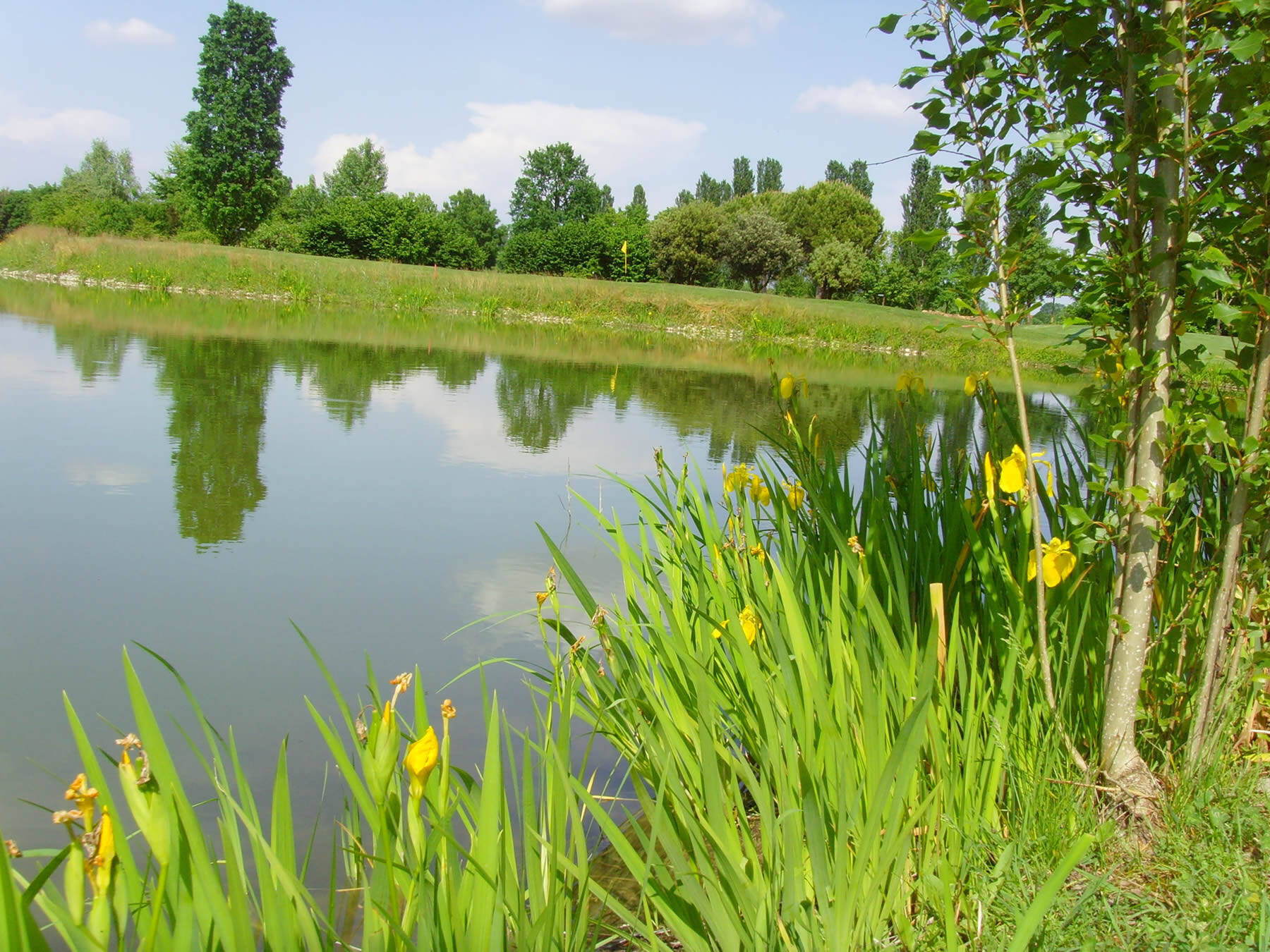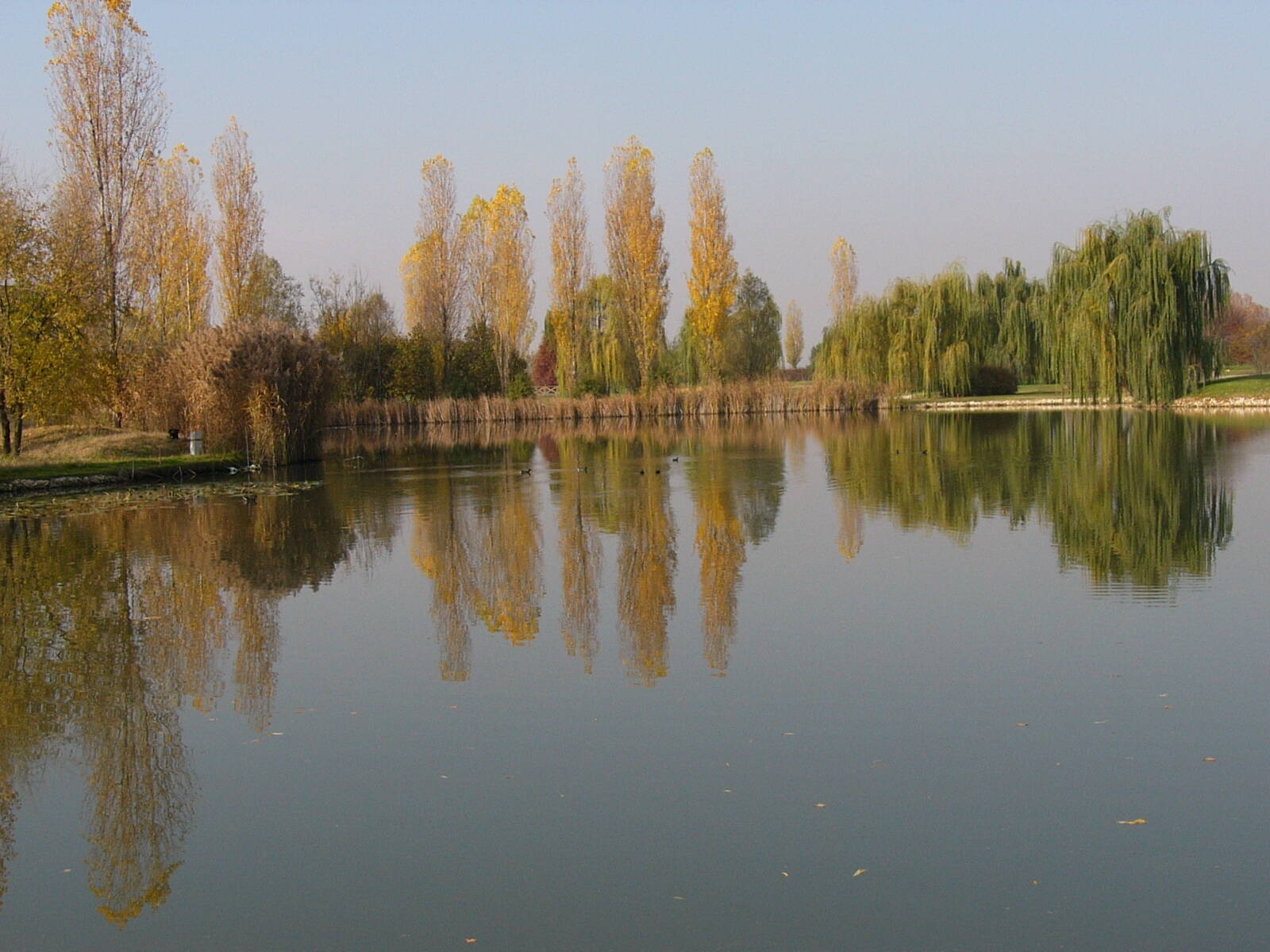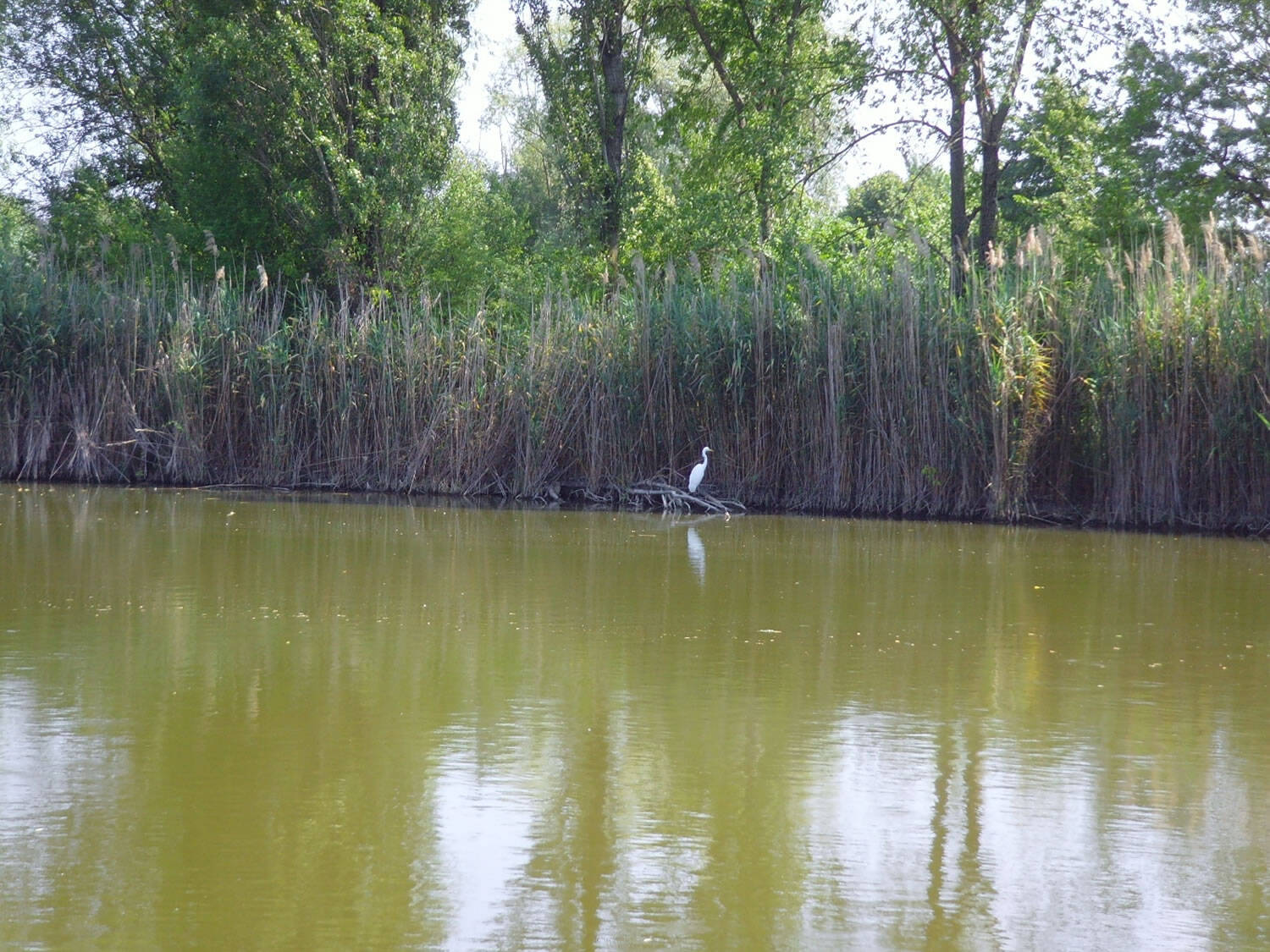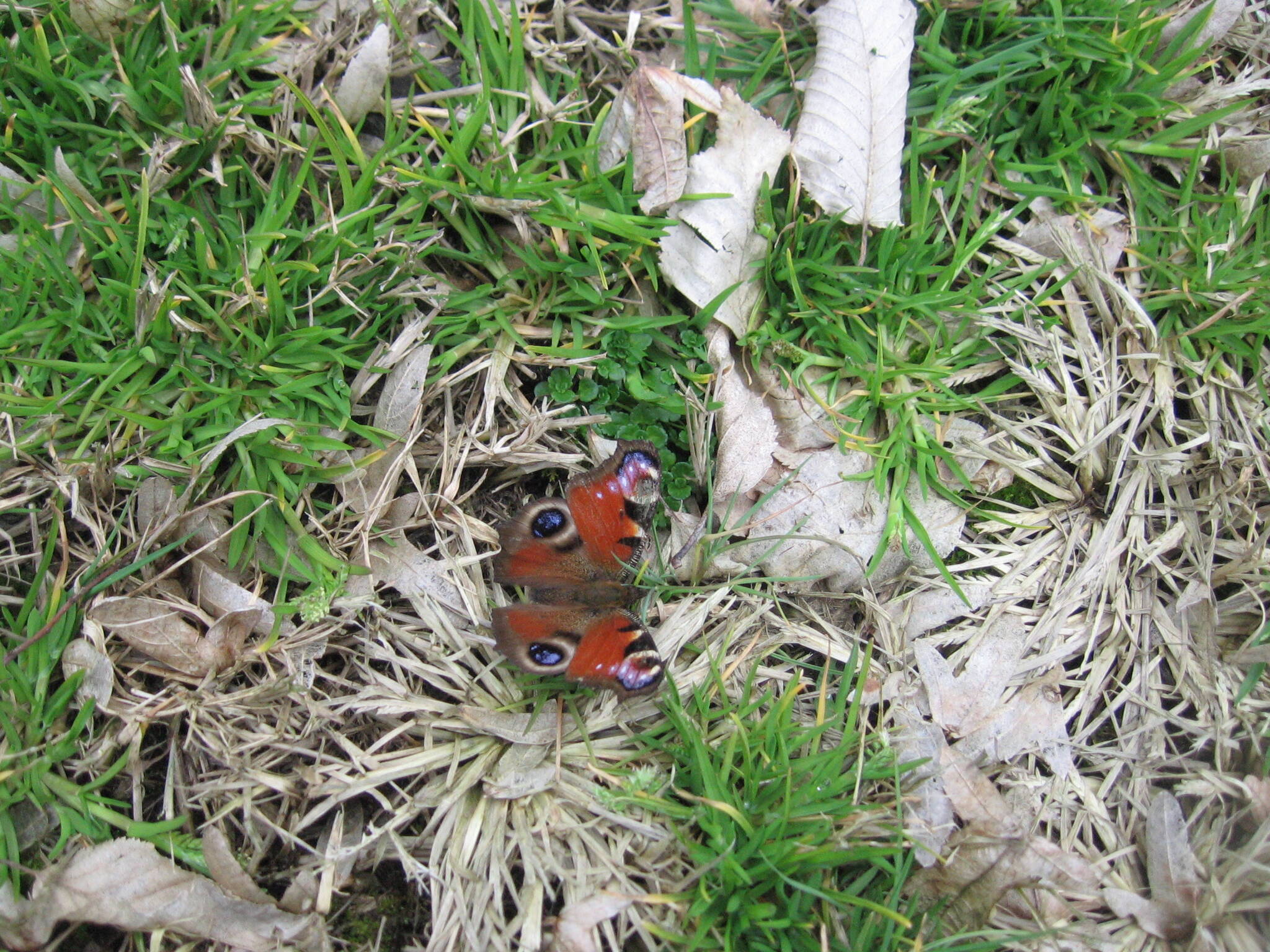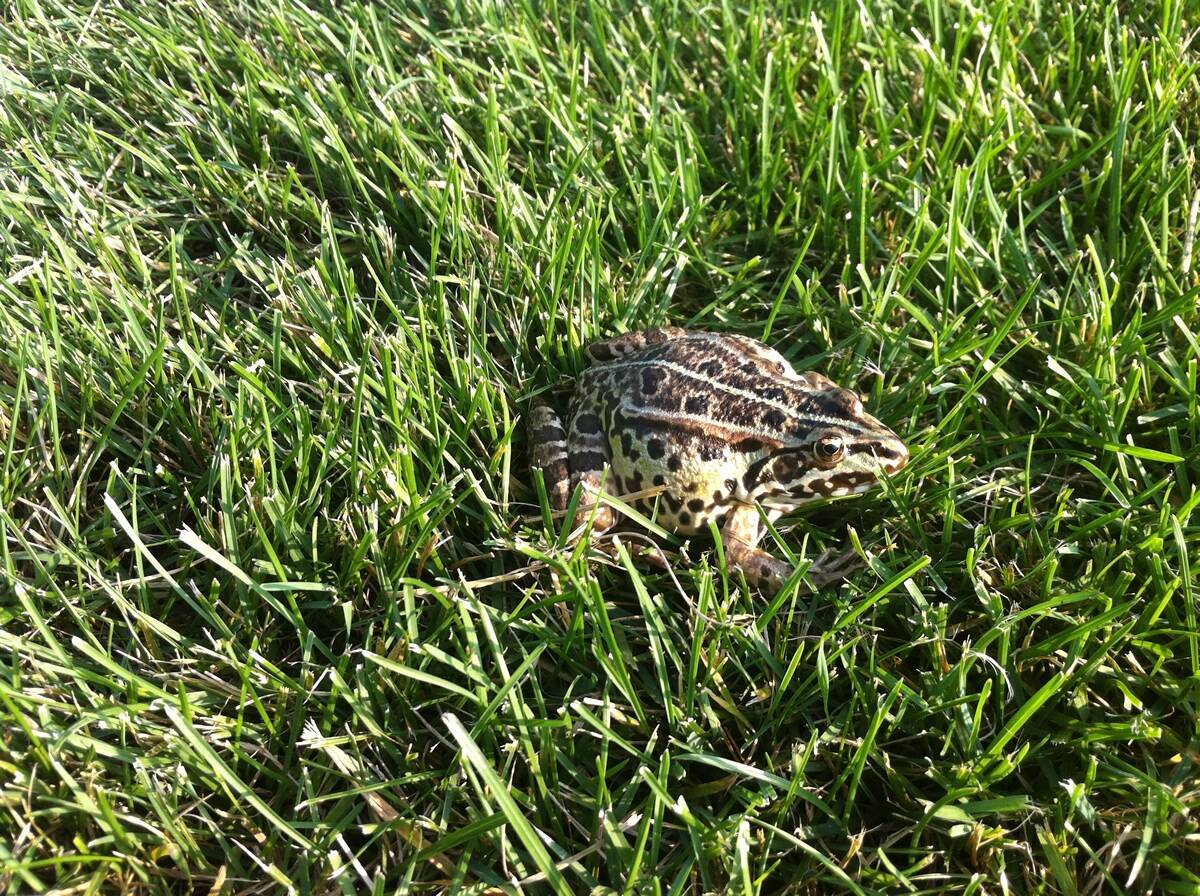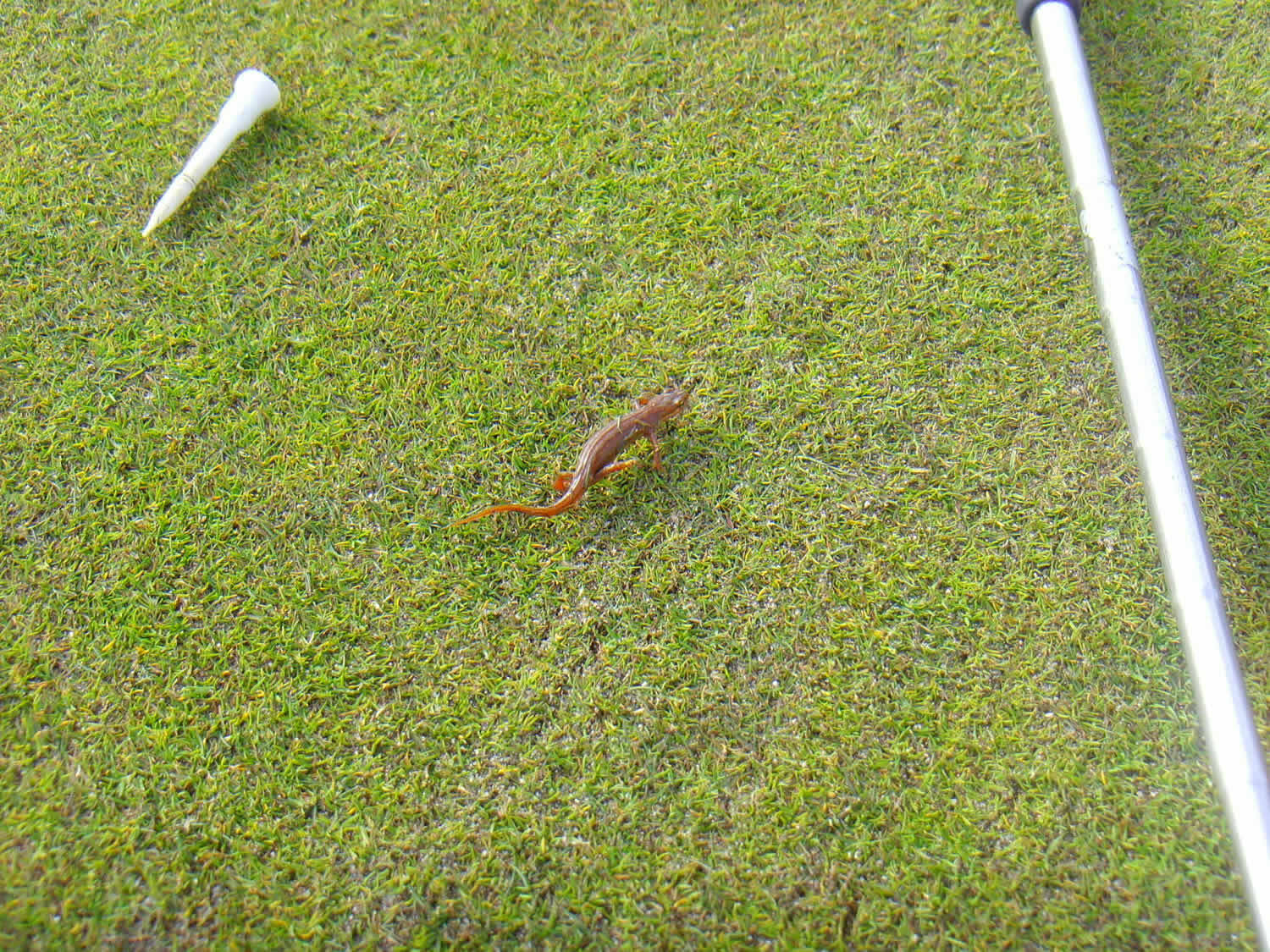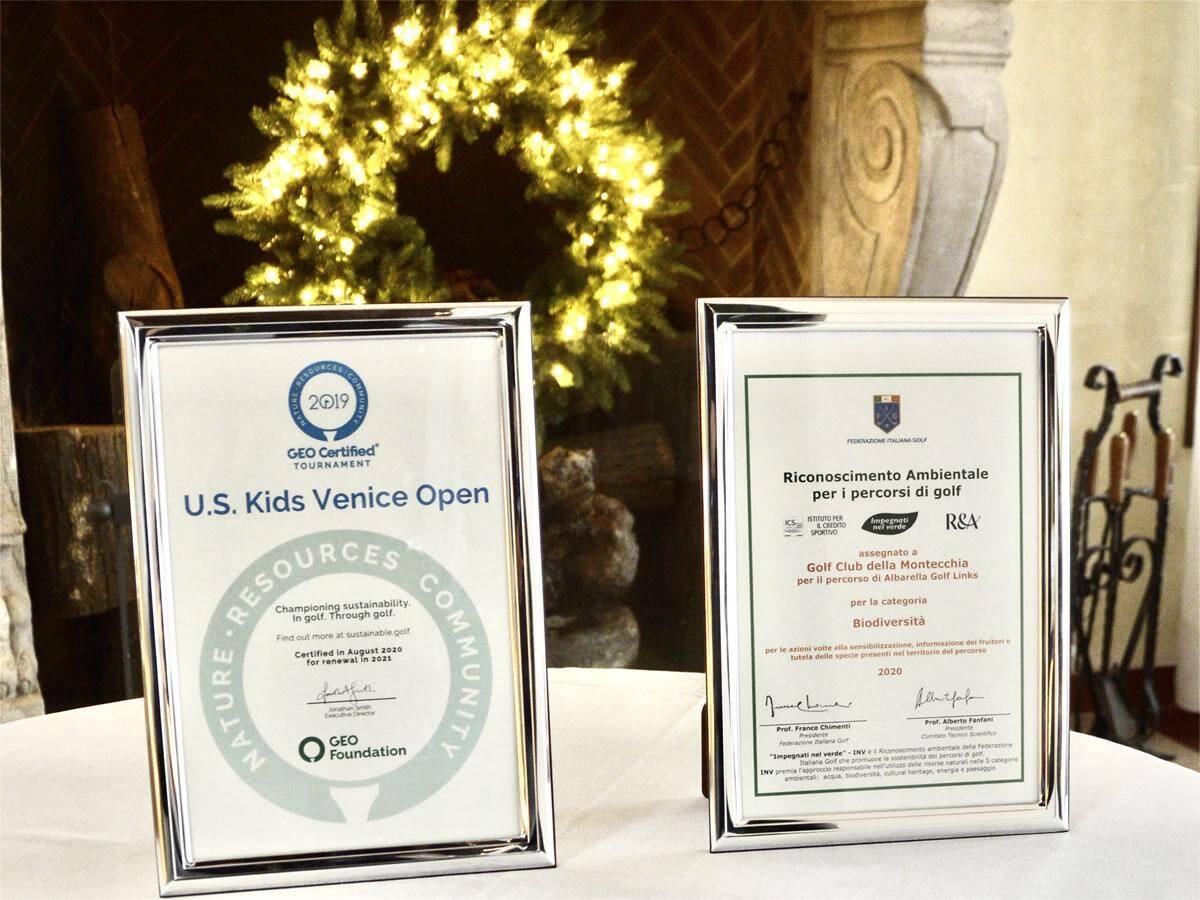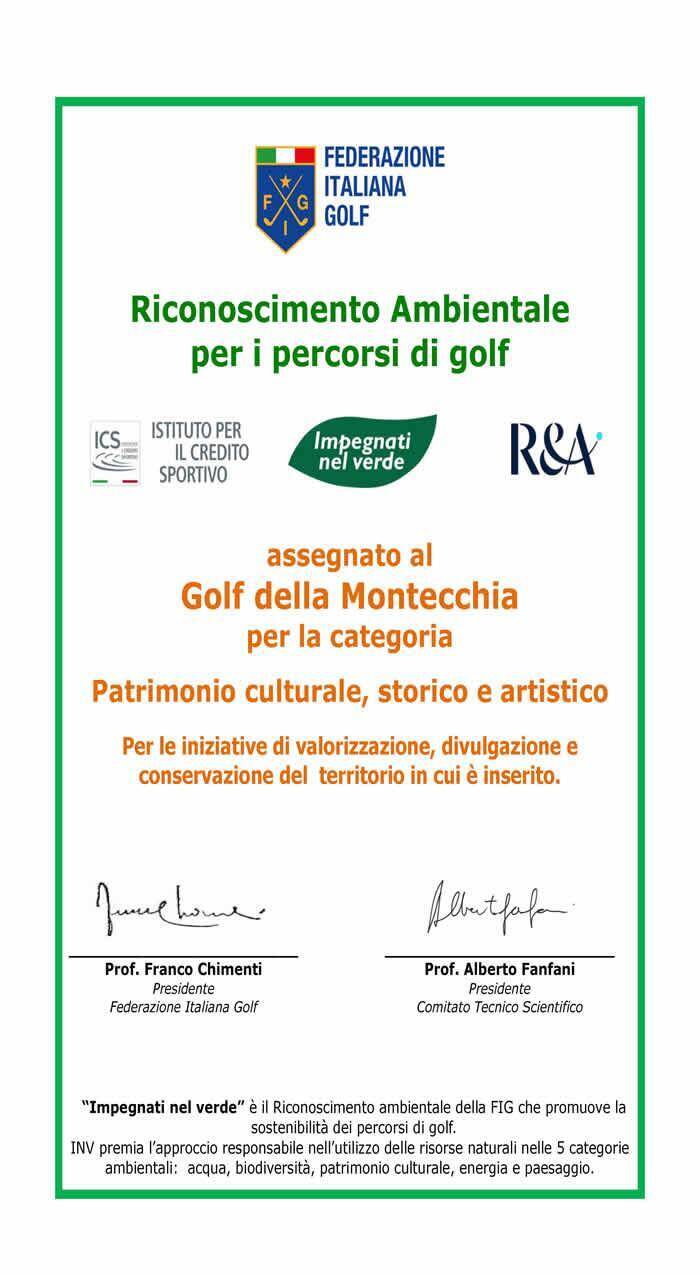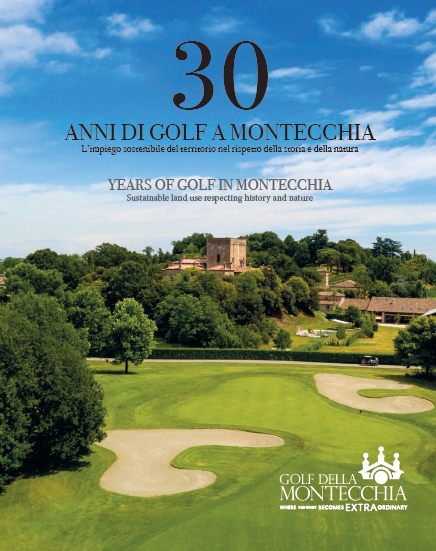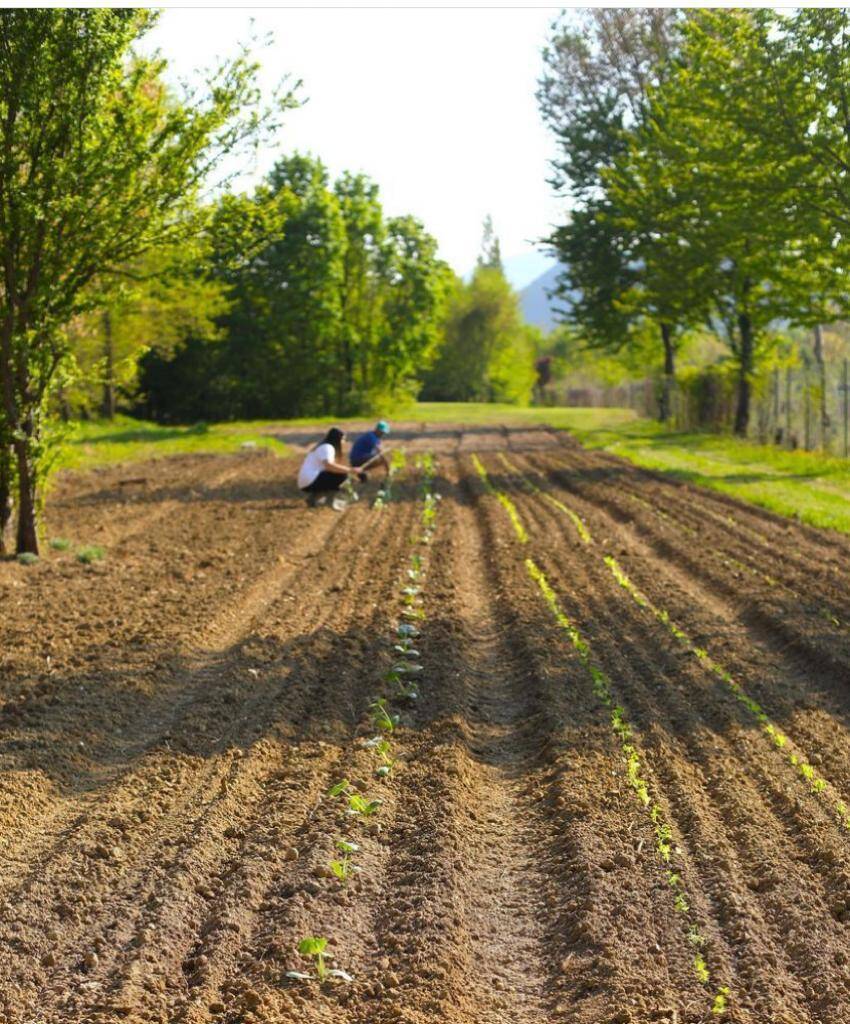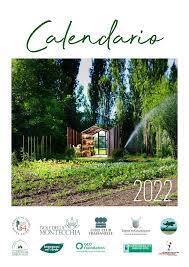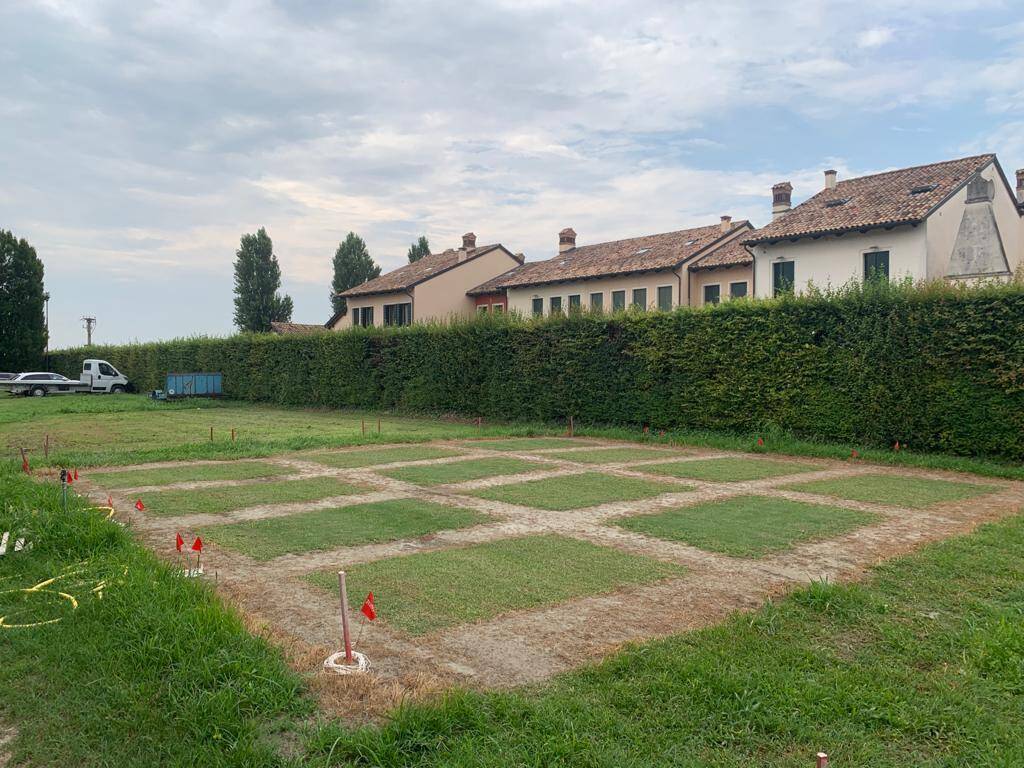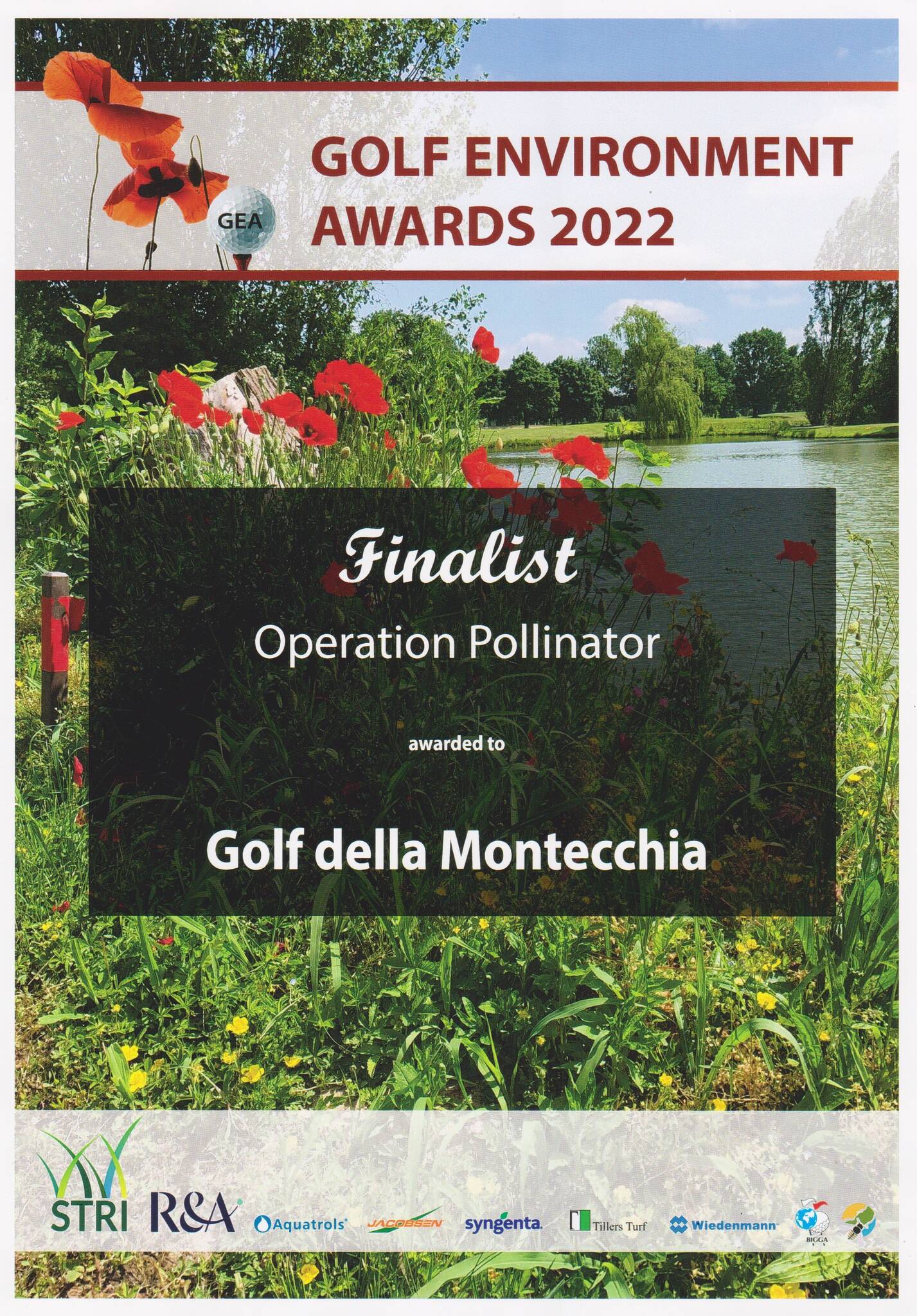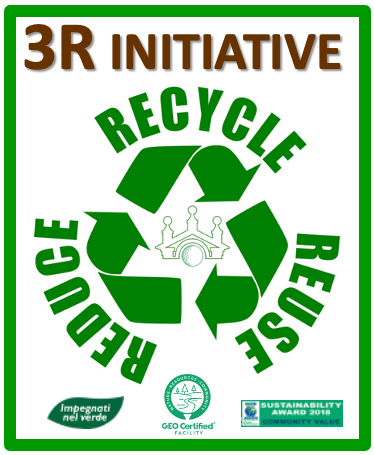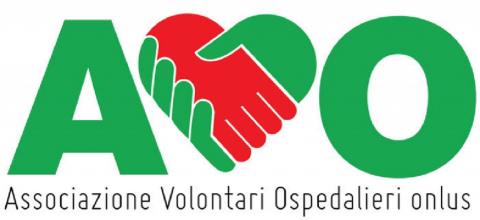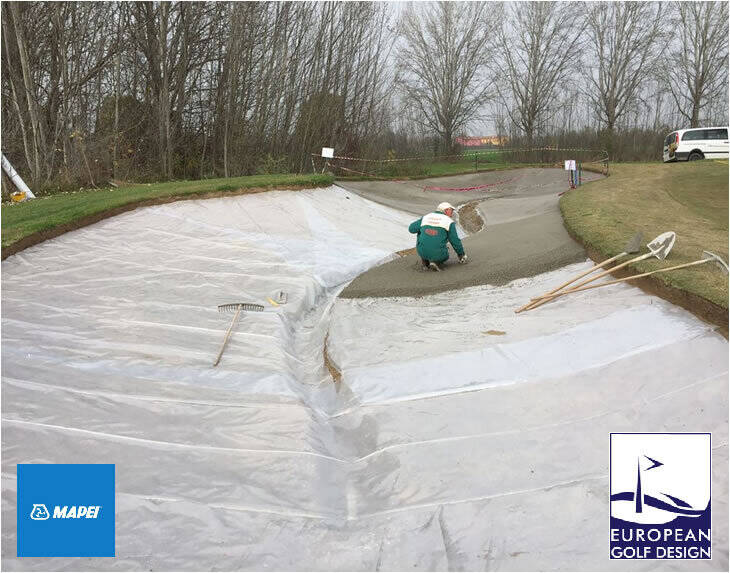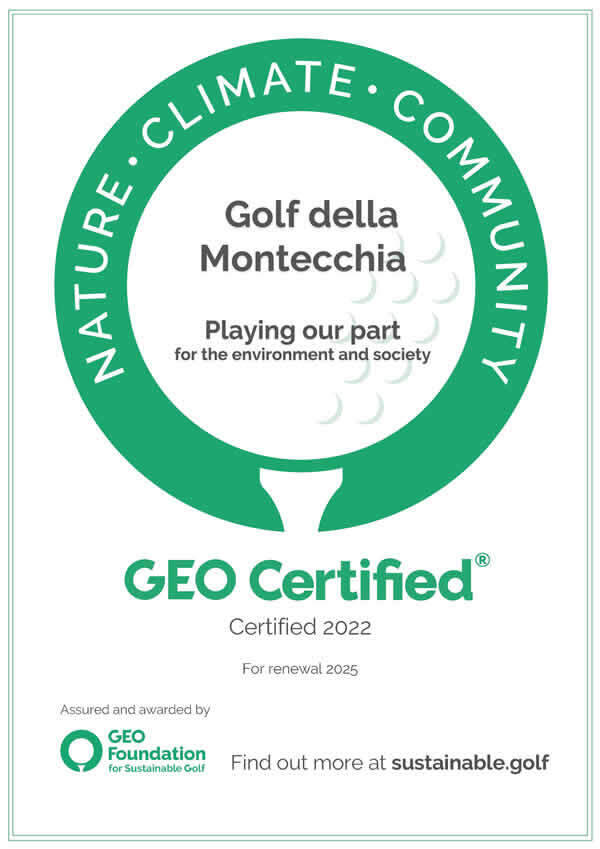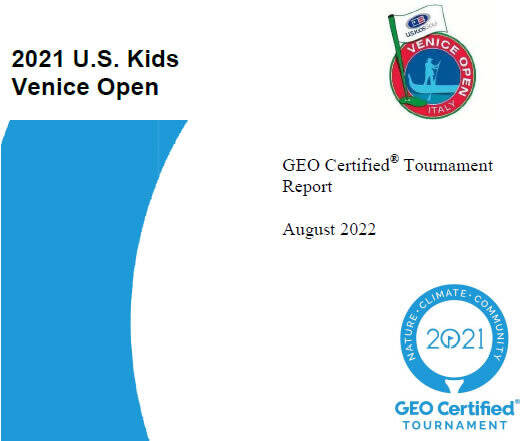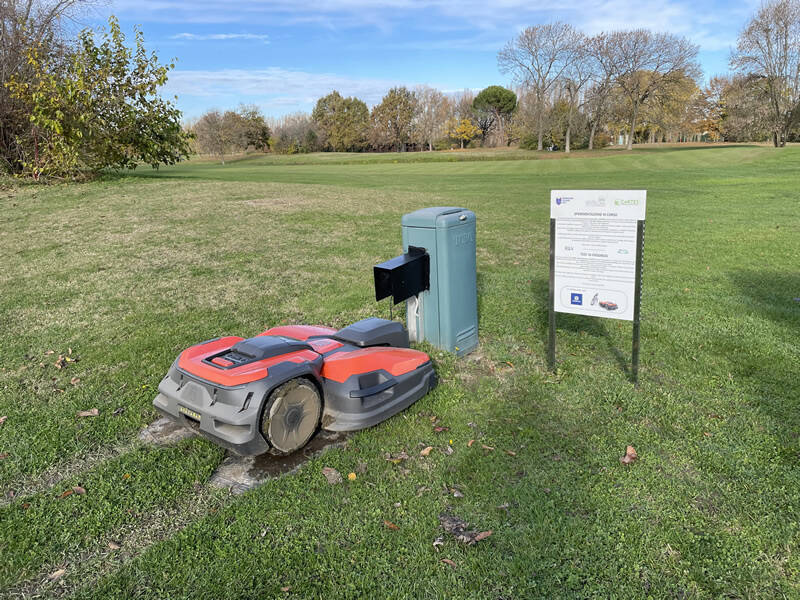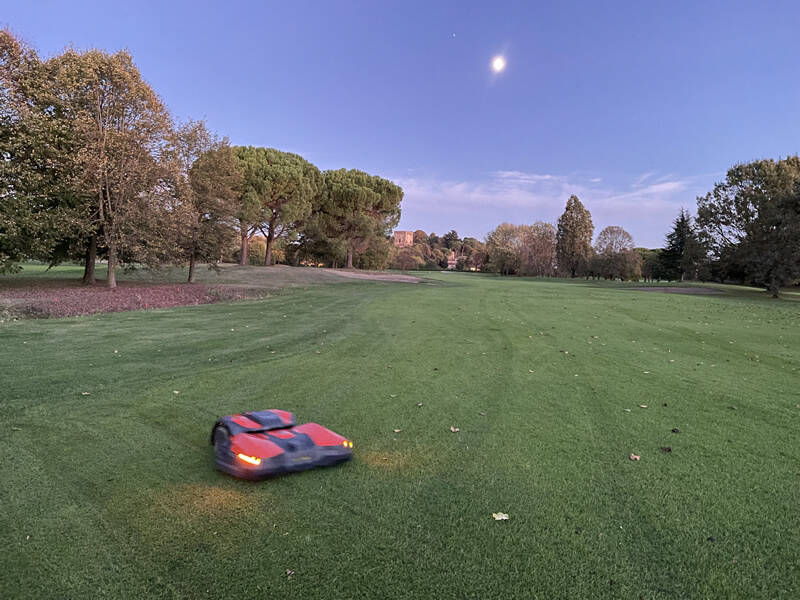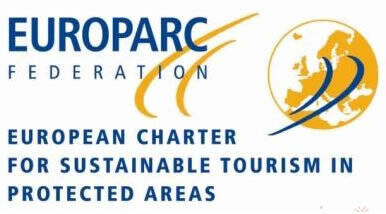LE NINFEE SUI LAGHI DEL GOLF DELLA MONTECCHIA - A cura della Dott.ssa Elena Ballabio
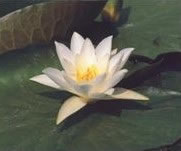
Una delle fioriture più spettacolari che si possono ammirare nei nostri laghi da maggio a settembre è quella delle ninfee. Specie protetta…(clicca qui per continuare a leggere)
GESTIONE DEL PATRIMONIO ARBOREO DEL GOLF DELLA MONTECCHIA - A curca del Prof. Alberto Minelli
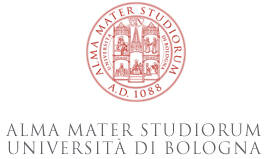

Avviato un piano di gestione del patrimonio arboreo in collaborazione con il Dipartimento di Arboricoltura – Parchi e Giardini dell’Università di Bologna. In considerazione dello stato del patrimonio arboreo presente al Golf della Montecchia...(clicca qui per continuare a leggere)
STUDIO SUI ROUGH NATURALI - A cura del Prof. Stefano Macolino
Da alcuni anni il Golf della Montecchia è impegnato nell'individuazione e nella creazione di aree, all'interno del percorso, dalle quali omettere ogni intervento manutentivo. Questo allo scopo di incentivare la flora spontanea e la fauna selvatica, rinaturalizzando così il percorso. Su proposta del Dipartimento di Agronomia dell'Università di Padova è stato appena avviato uno studio su tali aree (clicca qui per continuare a leggere)
IL PICCHIO ED IL SALICE DELLA BUCA 10
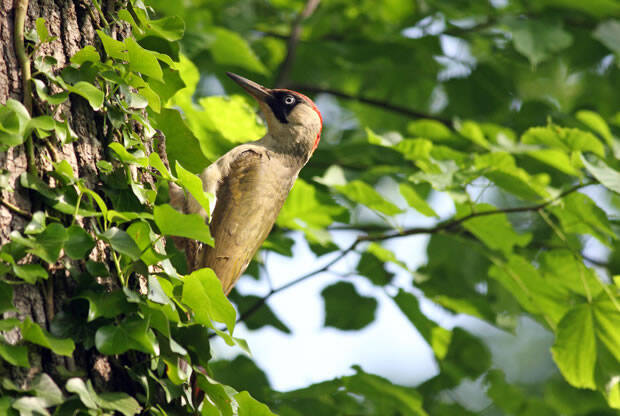
Il vecchio albero, secco da tempo, era destinato all’abbattimento. Grazie ad un’accurata operazione di potatura si è invece riusciti ad eliminare solo la parte pericolante del tronco e lasciare così indisturbata la casa del picchio (clicca qui per continuare a leggere) .
IRIS GIALLO SULLE SPONDE DEI NOSTRI LAGHI
L'Iris pseudacorus o Iris d'acqua visibile in primavera sulle sponde dei nostri laghi, è una pianta tipica nei terreni umidi o in acque poco profonde. Benchè molto diffusa, soprattutto in passato, è tuttavia minacciata dalla sparizione progressiva del suo ambiente. Per questo motivo in molte regioni è considerata specie protetta.... (cliccare qui per continuare a leggere)
Numerose ricerche scientifiche hanno evidenziato come i percorsi di golf, soprattutto quando costruiti e mantenuti in modo appropriato, costituiscano un ottimo rifugio per la fauna stanziale e migratoria.
L’eliminazione della manutenzione dalle aree fuori gioco ed il conseguente incremento delle "wild areas" (aree incolte) all’interno di un campo da golf favoriscono ancora di più la salvaguardia e la sopravvivenza degli animali.
|
Vegetazione sul lago della buca 10 |
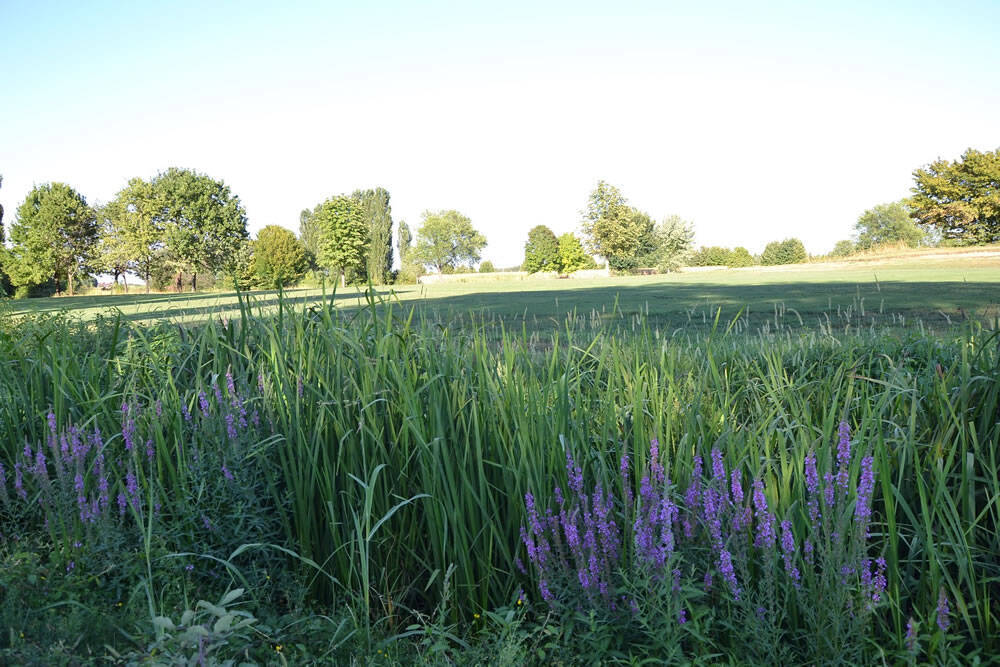 Wild area sul percorso giallo |
Non è un caso quindi che il Golf della Montecchia, soprattutto da quando sono state incrementate le wild areas (dai 4 ha del 2007 ai 10 ha del 2014), sia sempre più frequentato da lepri, volpi, scoiattoli, fagiani, germani reali, aironi, picchi e tante altre specie ancora.
Un'indagine scientifica condotta sull'argomento dall'Università di Roma La Sapienza ha preso in esame, tra i vari percorsi, anche quello del Golf della Montecchia (Individuazione di habitat e specie di importanza comunitaria, con particolare riferimento alla Classe degli Uccelli, presenti nei circoli di golf italiani)
Ad oggi, grazie ai rilievi compiuti dai biologi per procedere in questa indagine, sono state rilevate 6 specie animali protette.
Di seguito, una galleria fotografica degli incontri fatti in campo.
Ovviamente, si accettano molto volentieri altri contributi !!!
{slider AVVISTAMENTI 2011|closed}
26 luglio: avvistata coppia di aironi cinerini sul lago della buca 13 (by Ale)
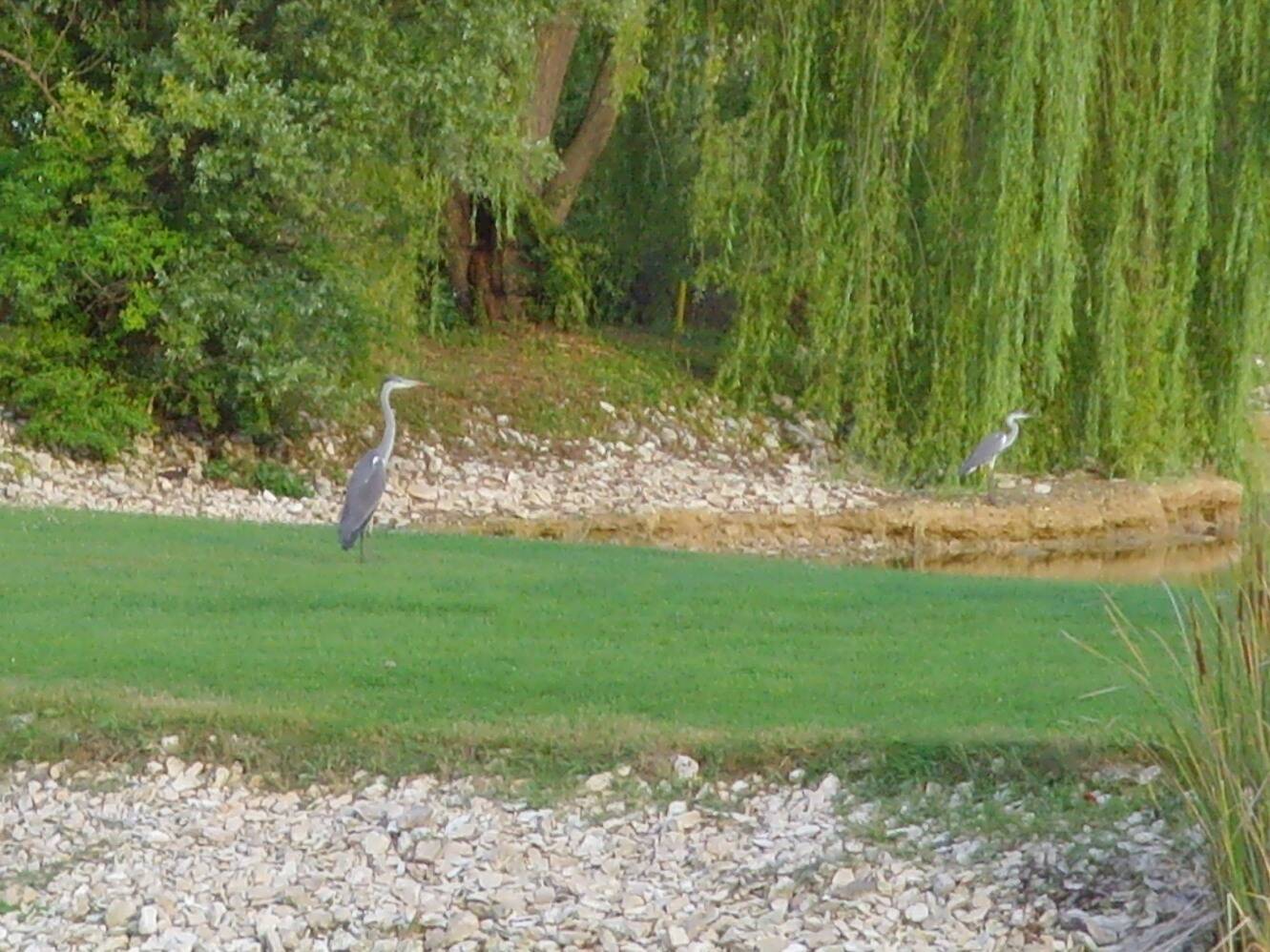
5 agosto: lepre sul rough della buca 16 (by Daniele)
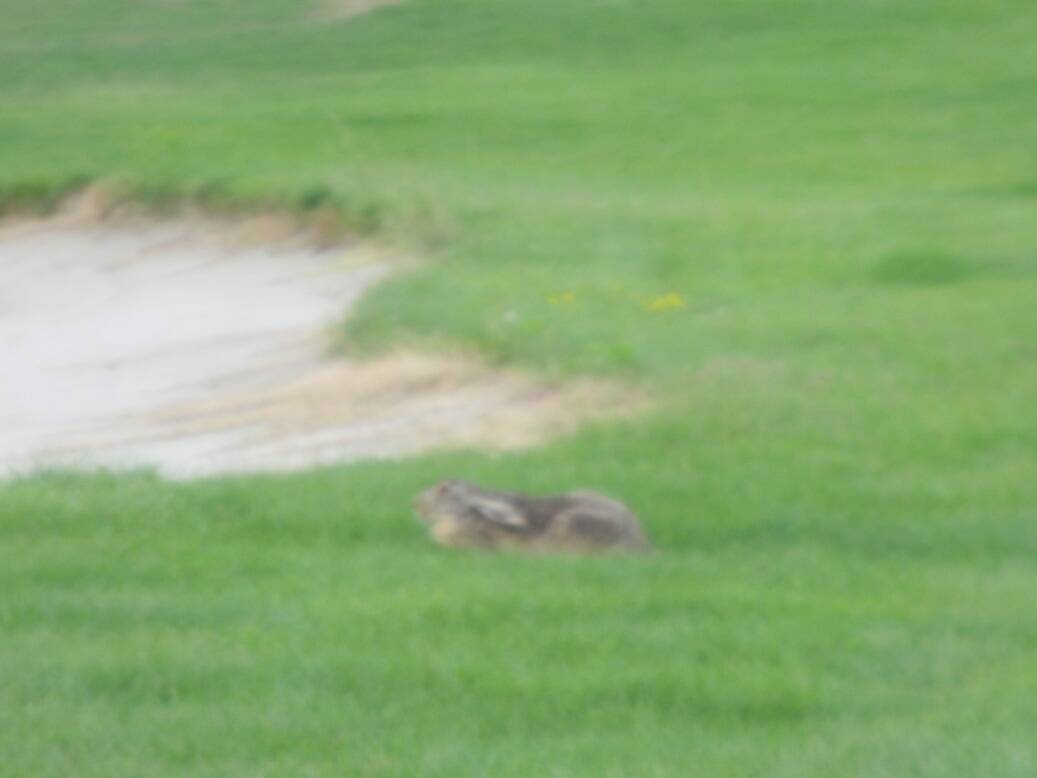
23 agosto: airone rosso sul lago della buca 17 (by Carlo)
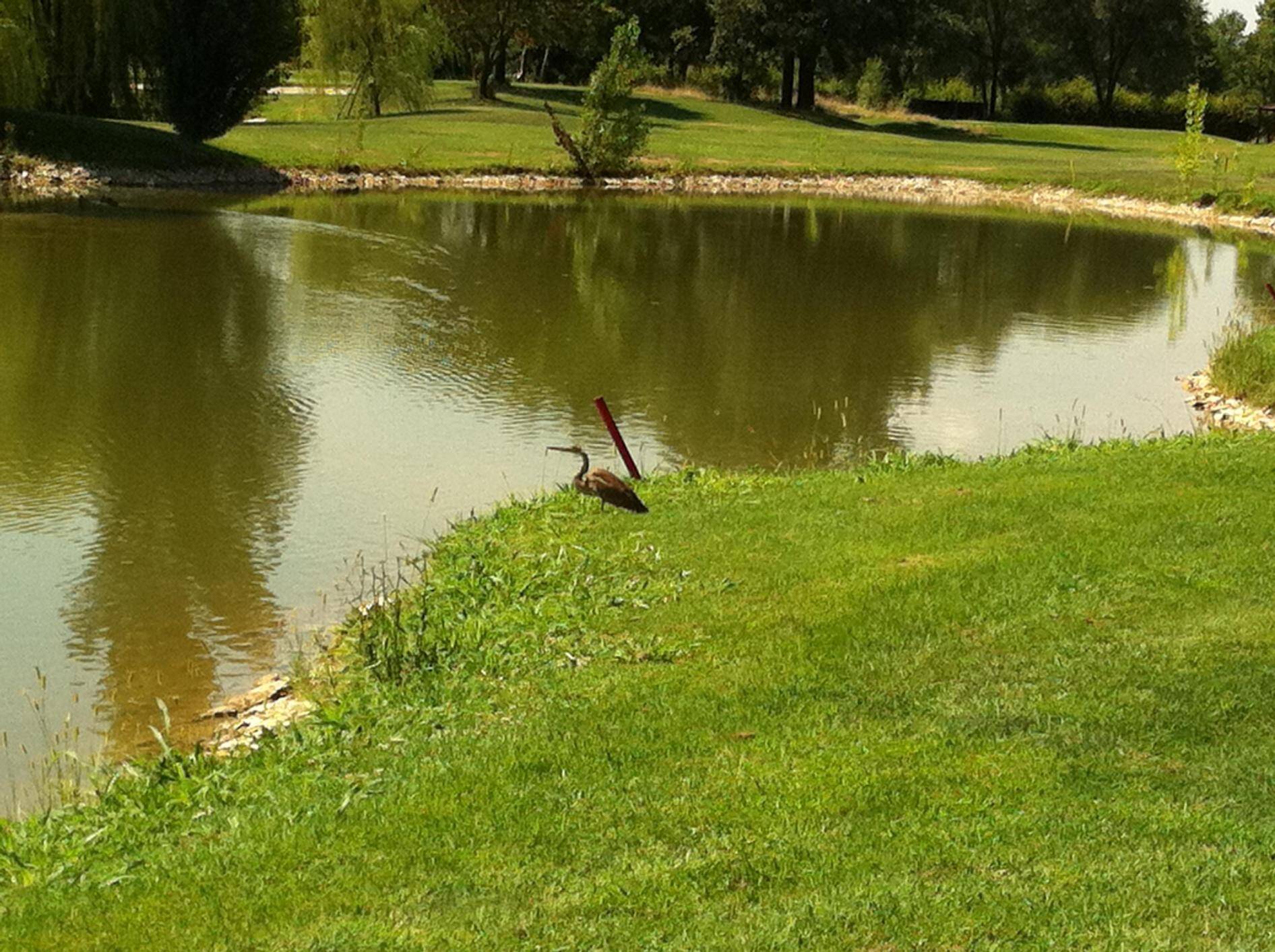
5 settembre: tartaruga d'acqua sul fairway della buca 12 (by Max)
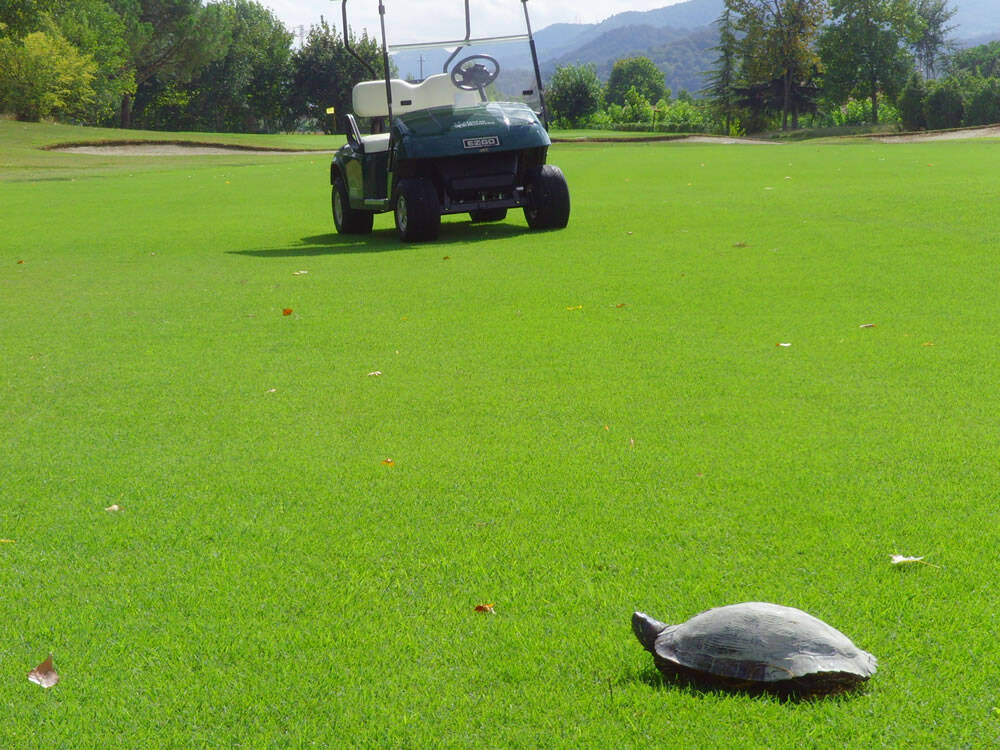 |
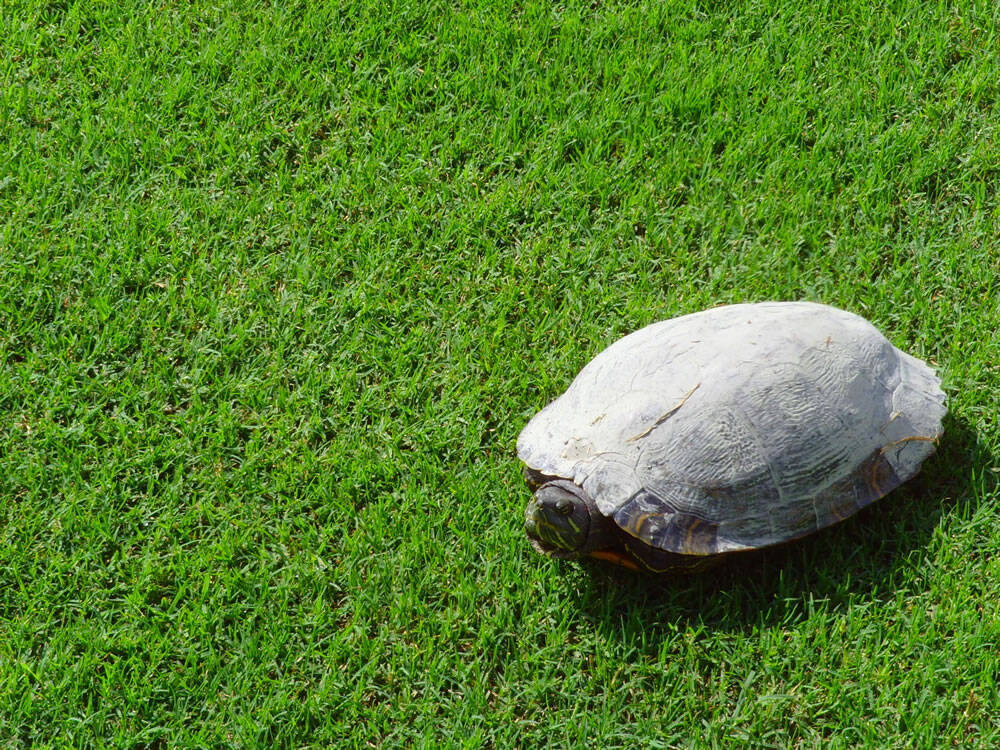 |
16 giugno: picchio rosso alla buca 4 percorso bianco e nido su pioppo del tee 11 donne percorso rosso (by Alberto Sorace)
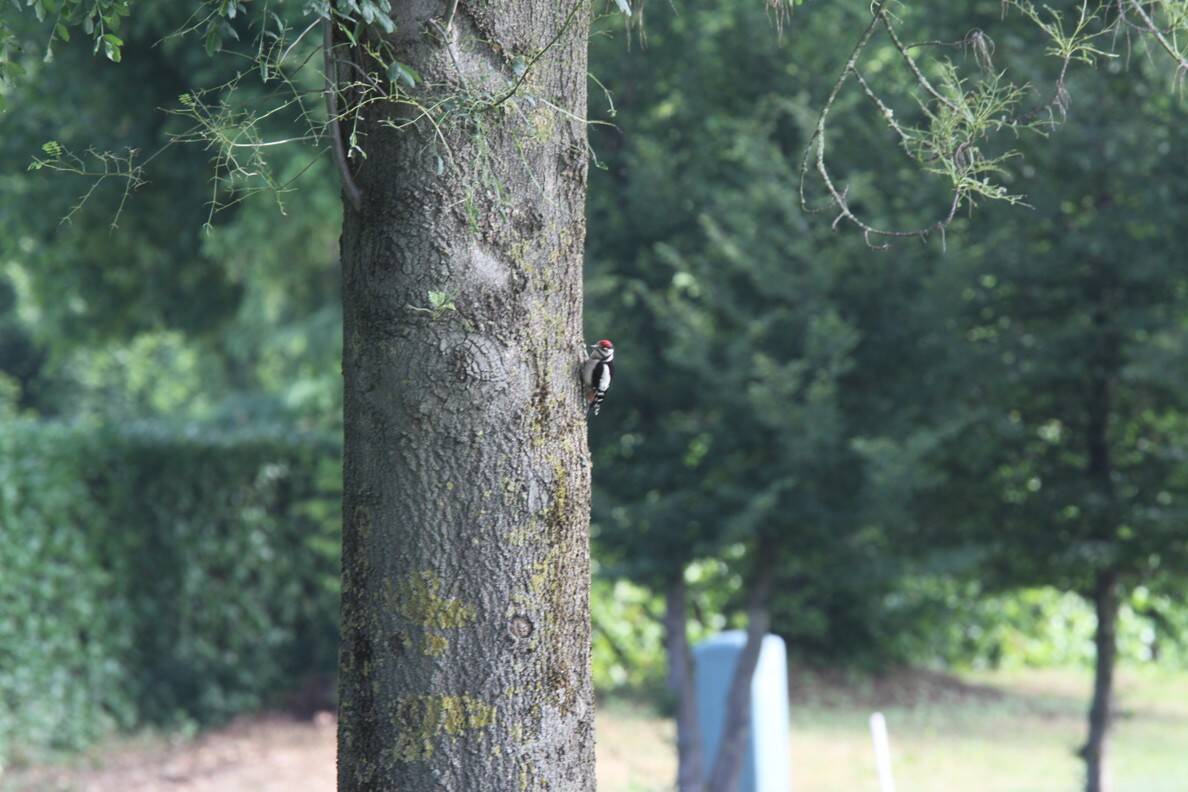 |
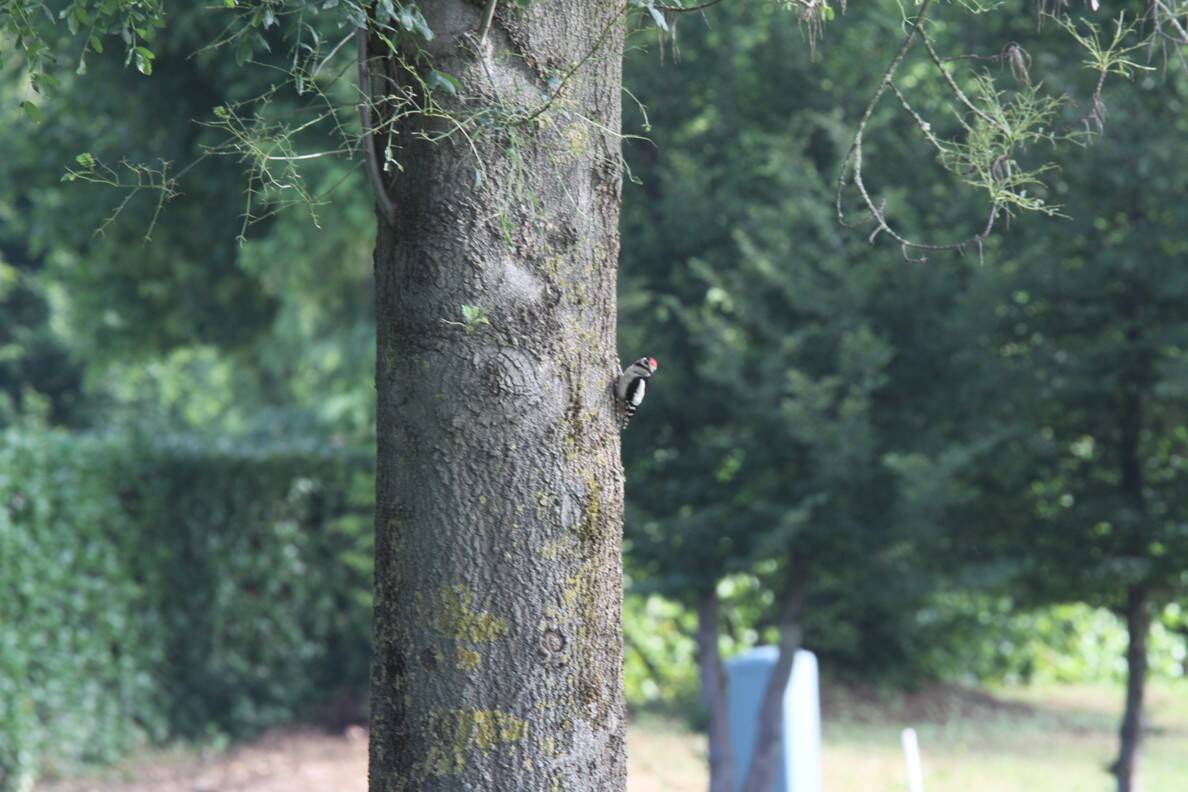 |
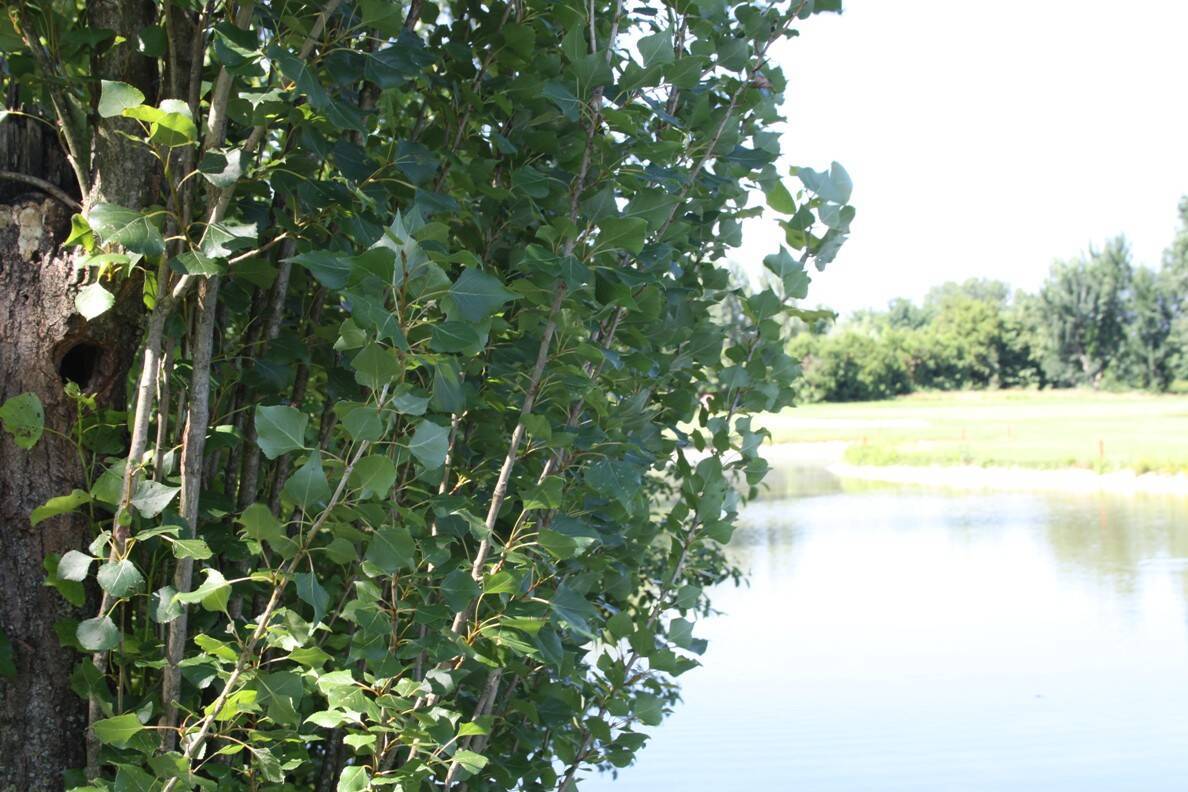 |
3 novembre: nido di calabroni su pioppo buca 12 percorso rosso (by Ale)
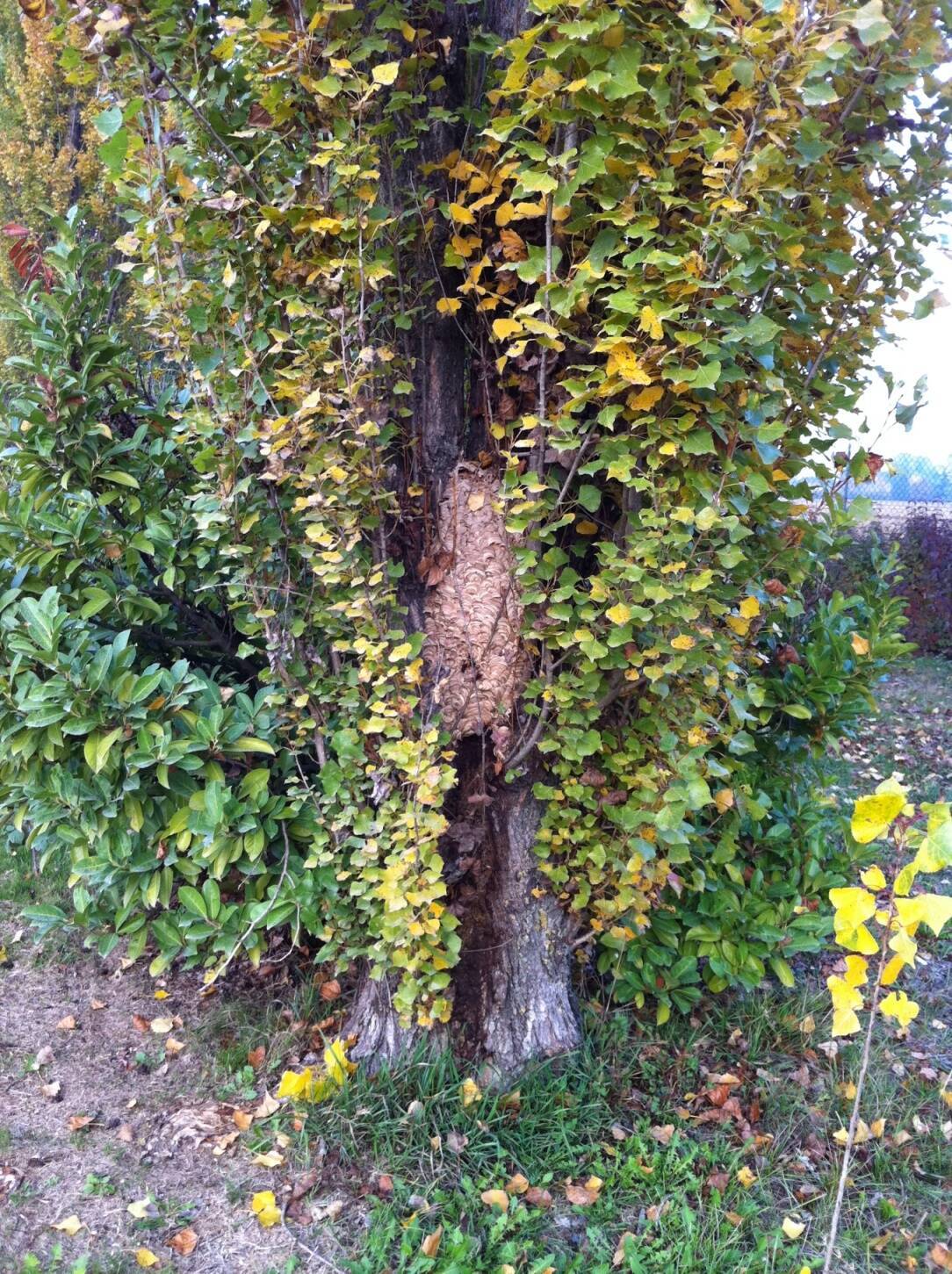 |
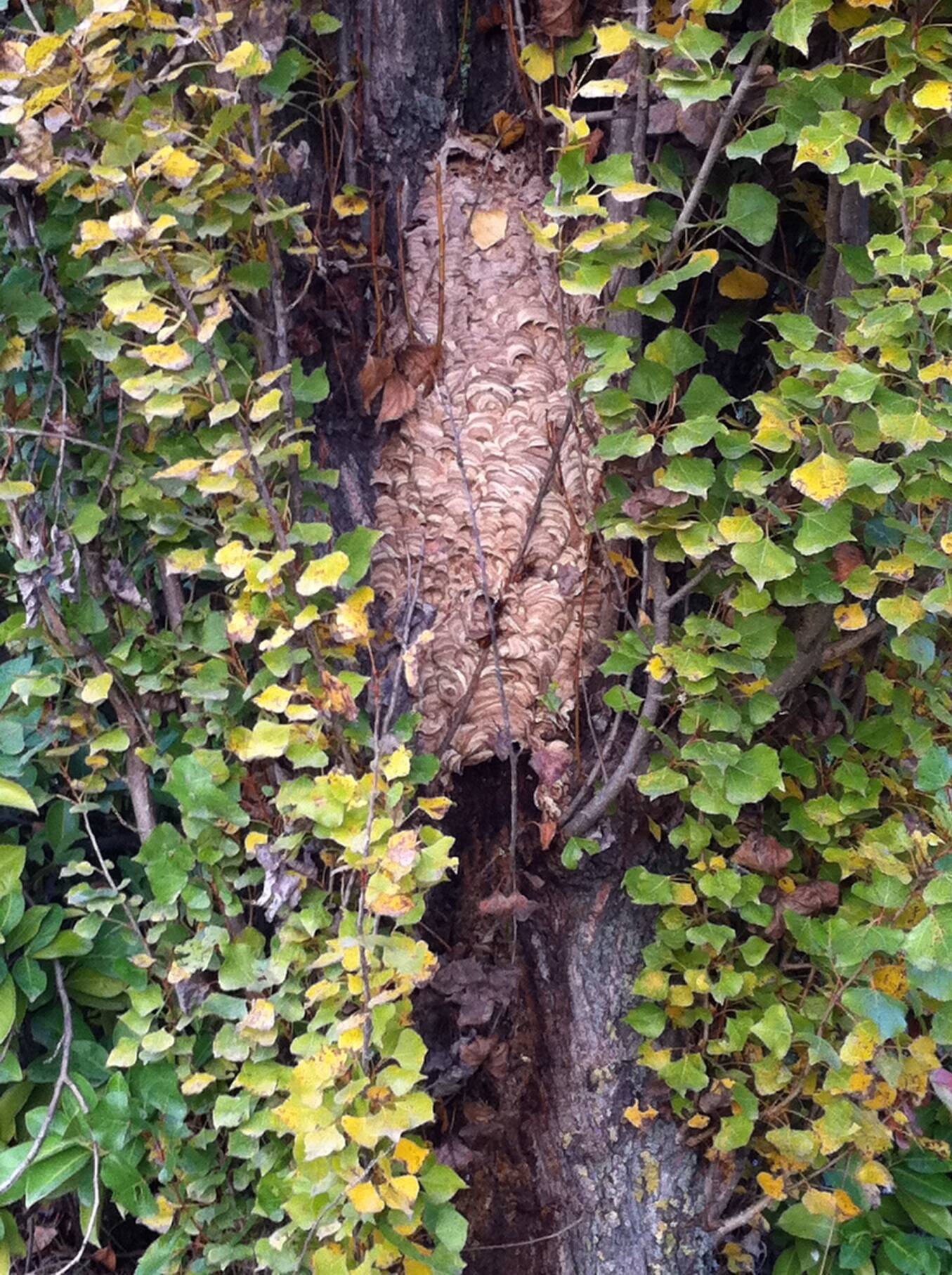 |
{slider AVVISTAMENTI 2012|closed}
7 gennaio: lepre sulla buca 4 del percorso giallo (by Carlo)
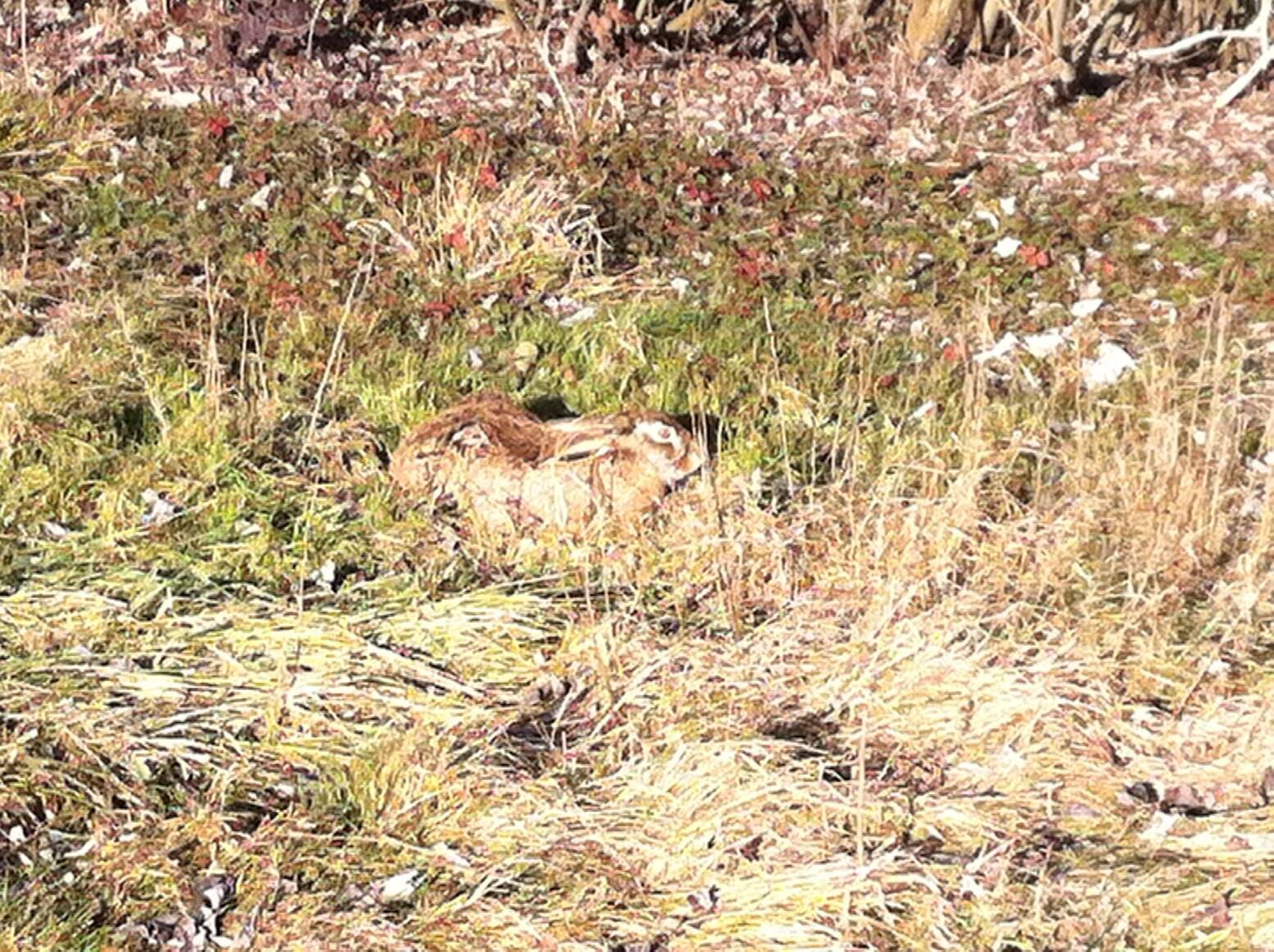
4 marzo: cinghiali sui tees della buca 8 (by Freccia)

31 marzo: famigliola di tartarughe sul lago della 17 (by Beppe and Giulia)
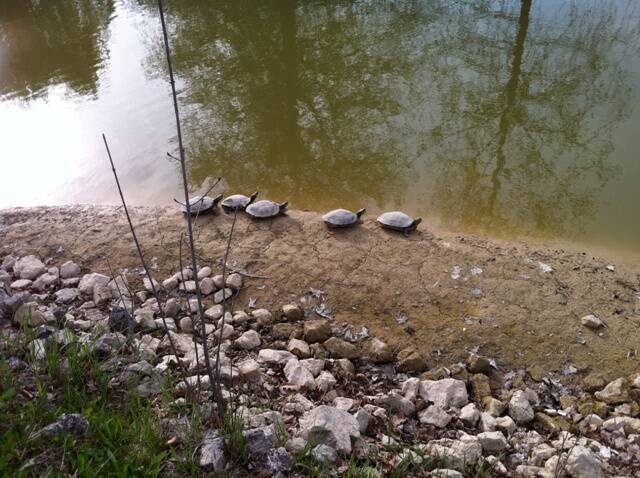 |
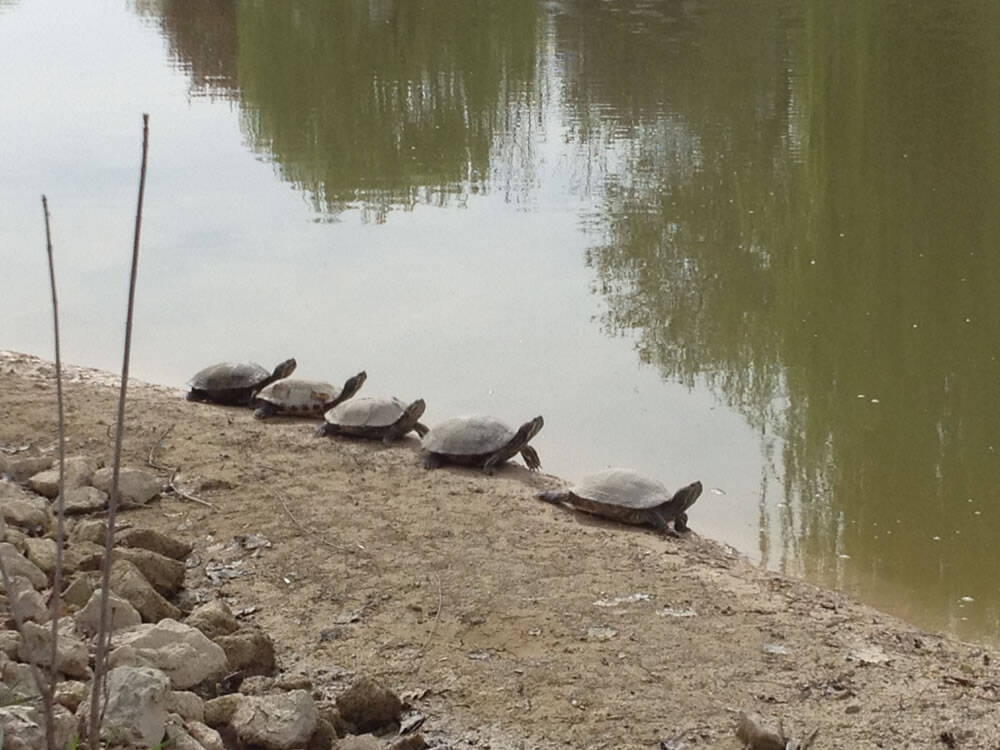 |
30 aprile: riccio in passeggiata sul rough della buca 9 (by Giulia)
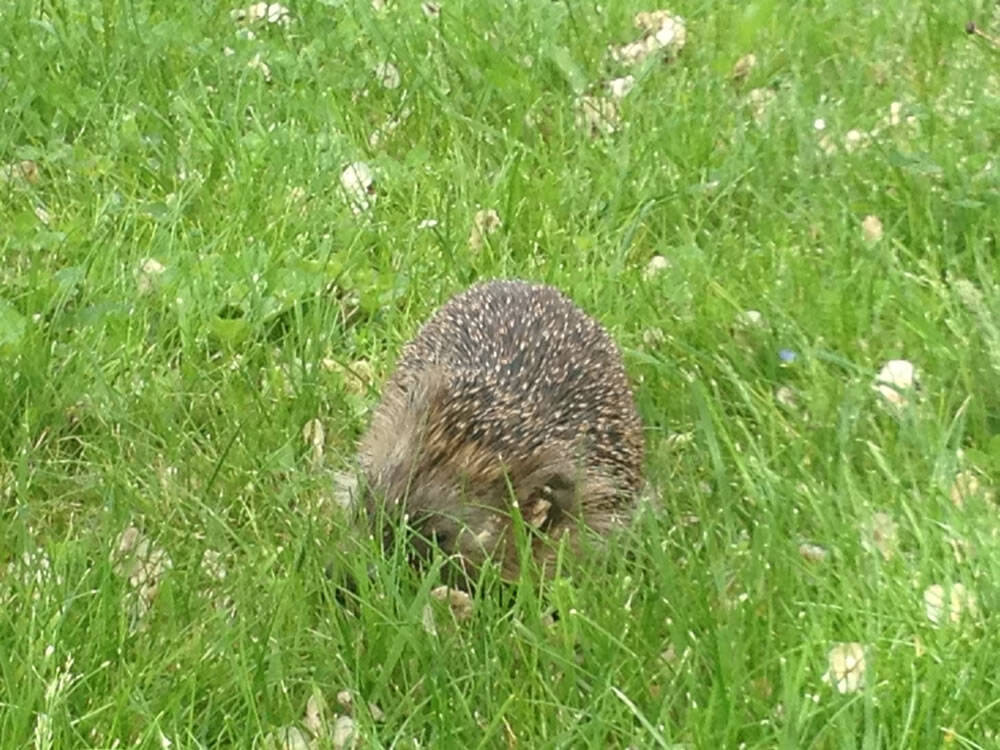 |
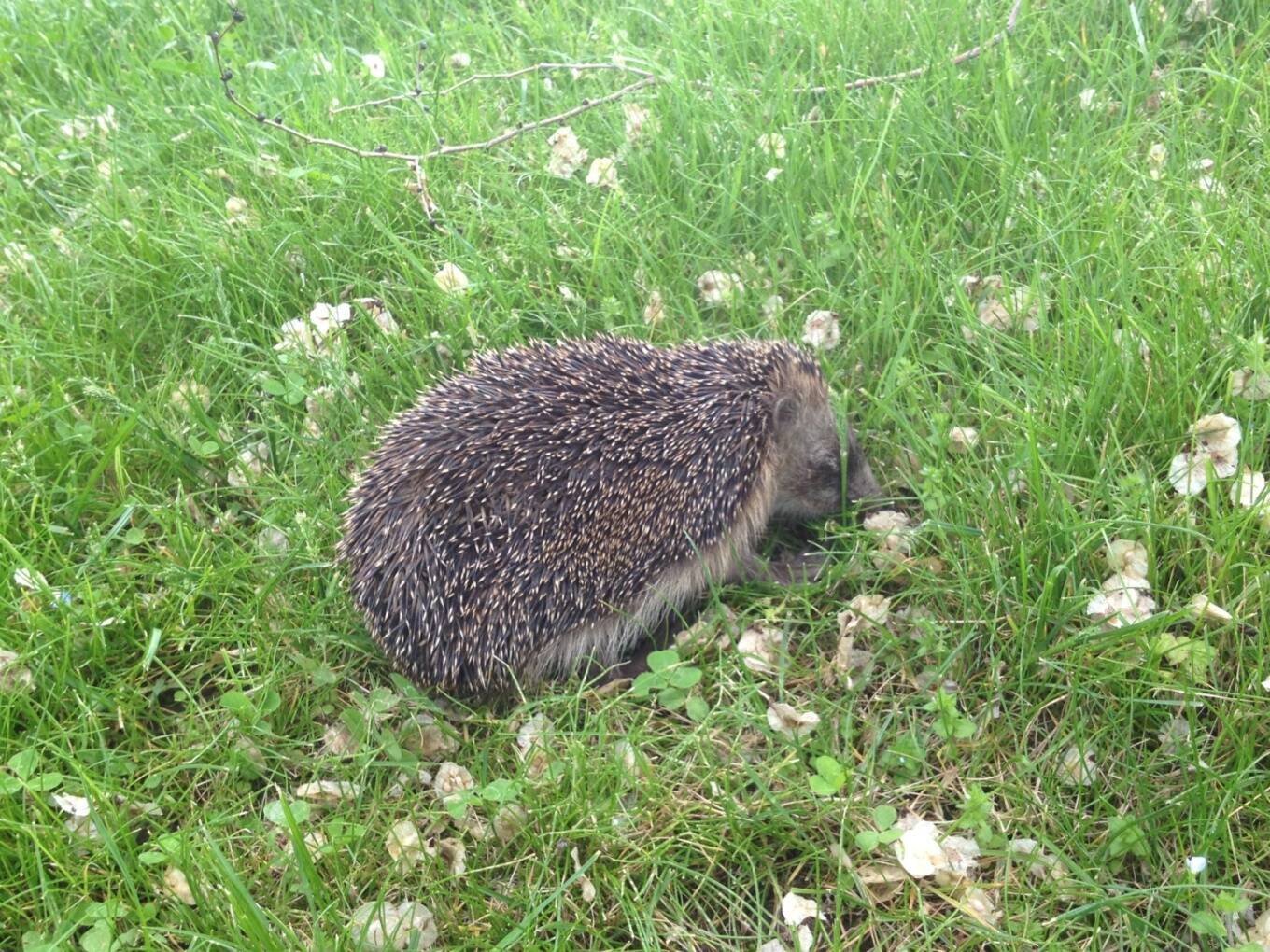 |
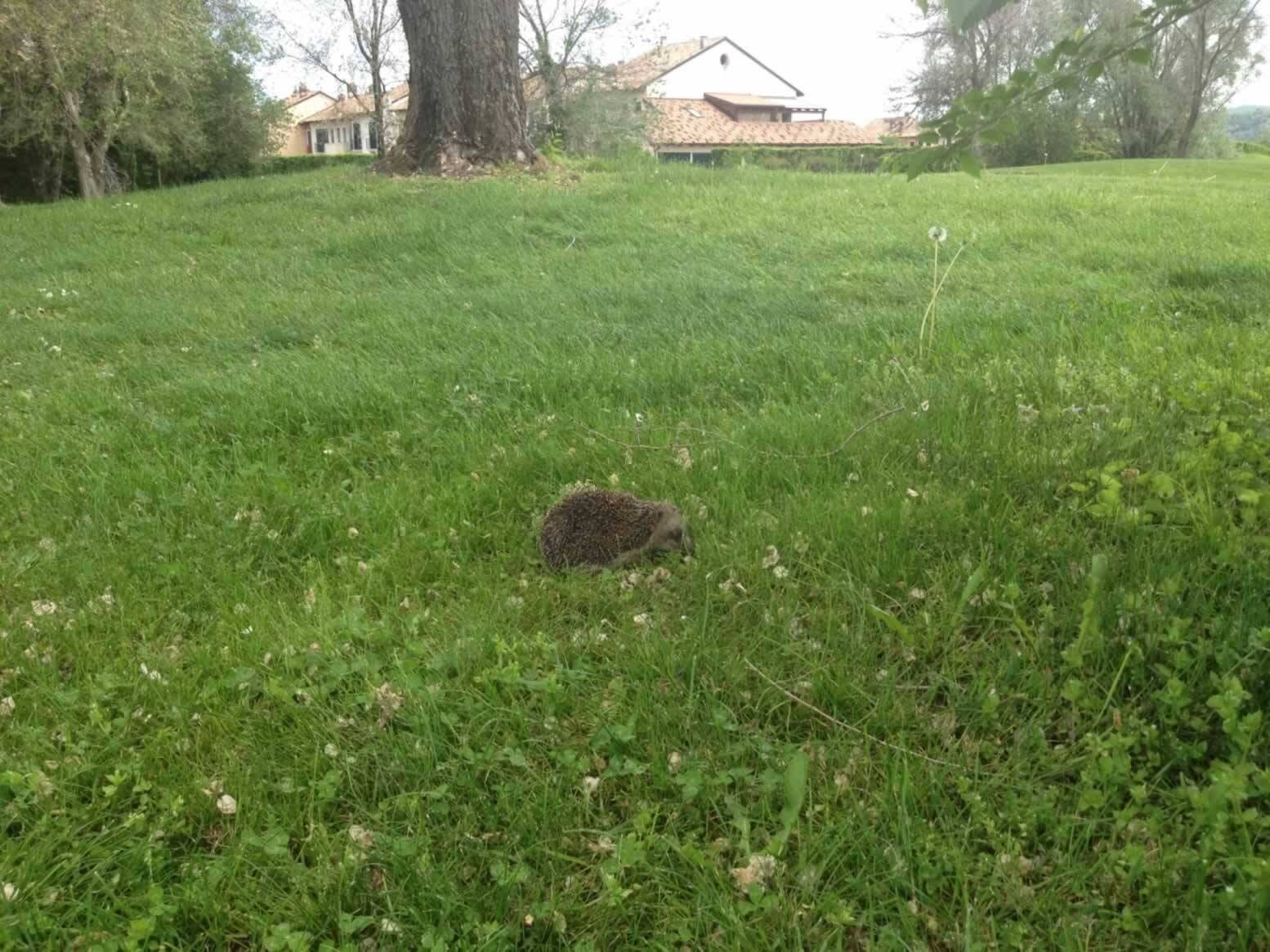 |
25 giugno: lepre sulla buca 7 percorso giallo (by Massimiliano & Stefano)
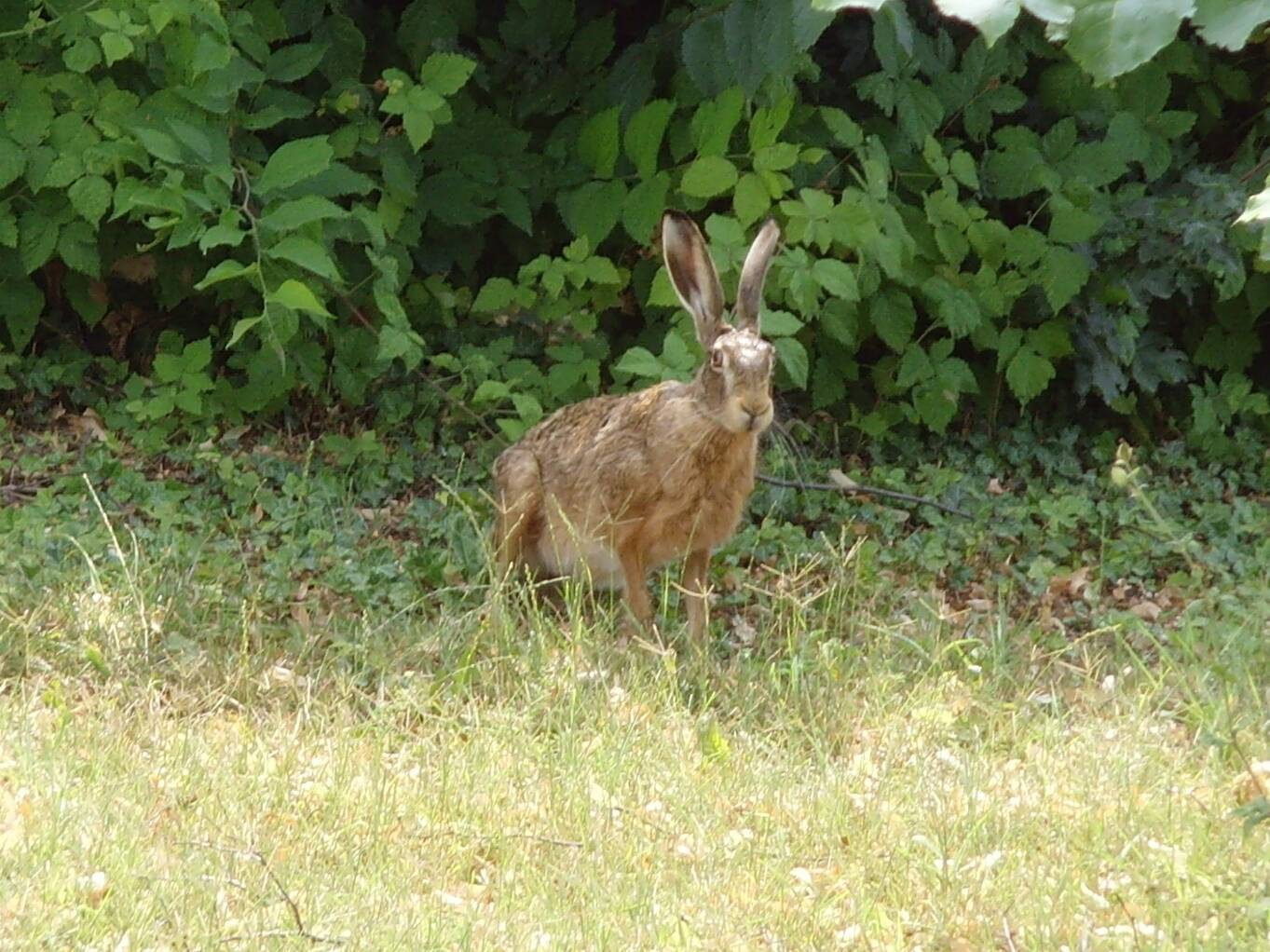 |
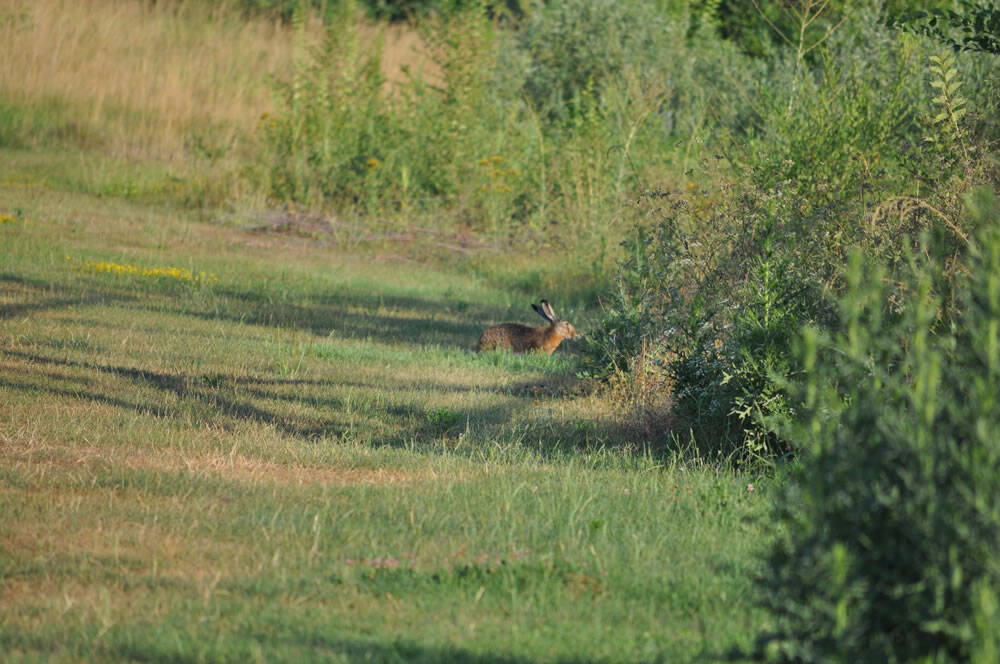 |
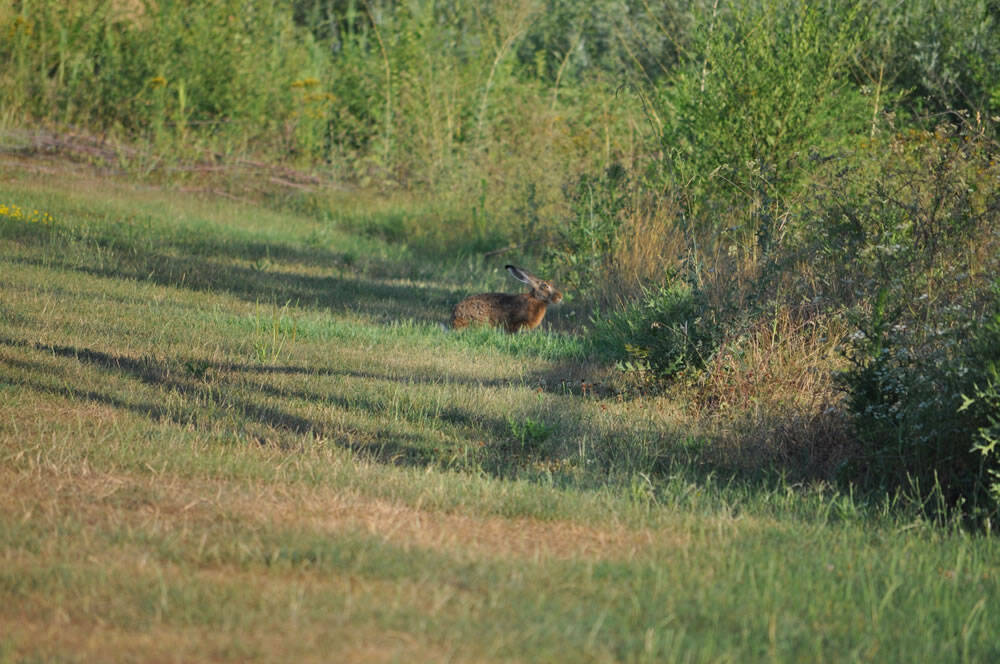 |
10 luglio: airone sul lago della buca 10 (by Stefano)
{slider AVVISTAMENTI 2013|closed}
23 febbraio: cigno sul lago della buca 17 (by Antonio)
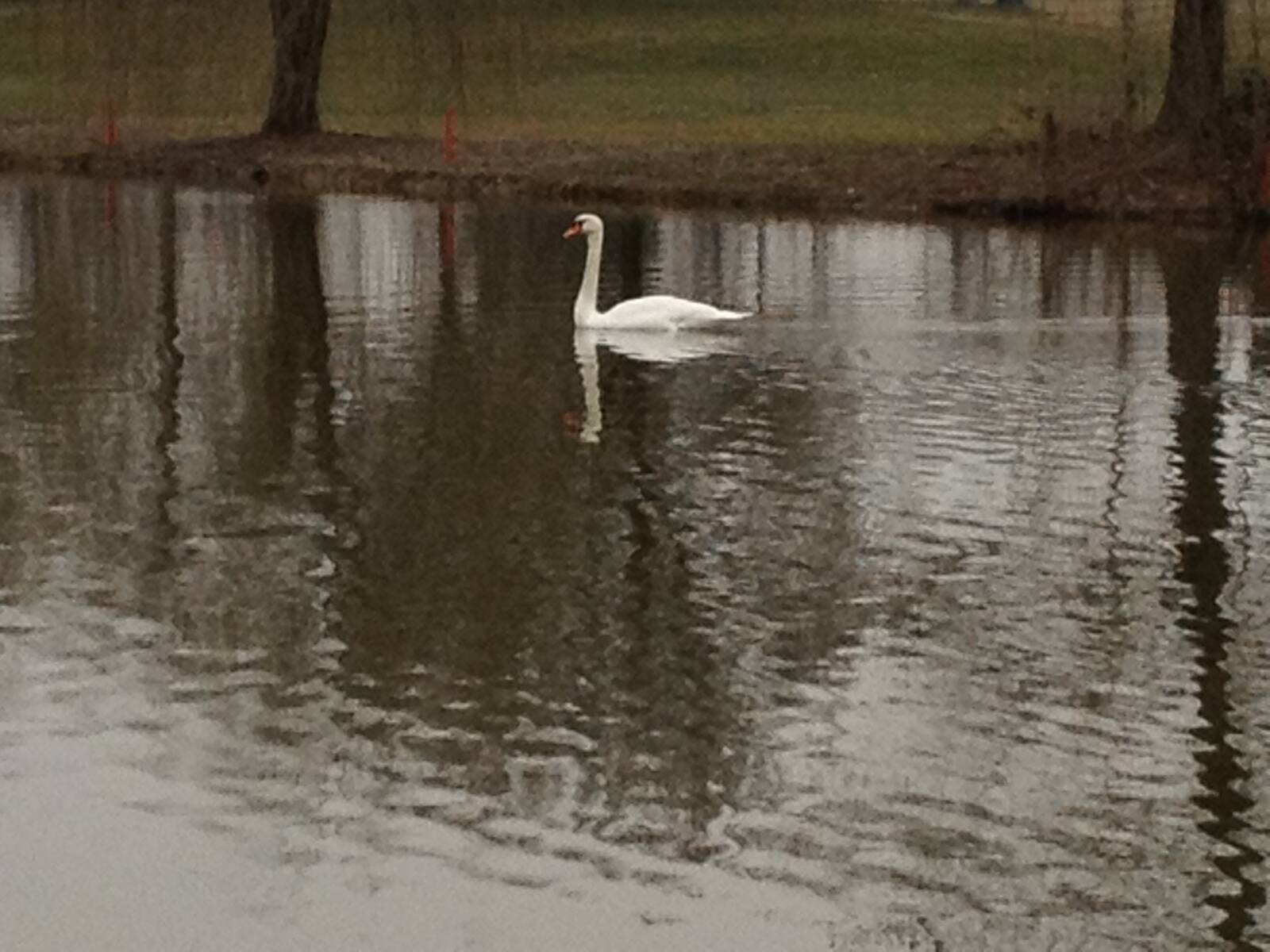 |
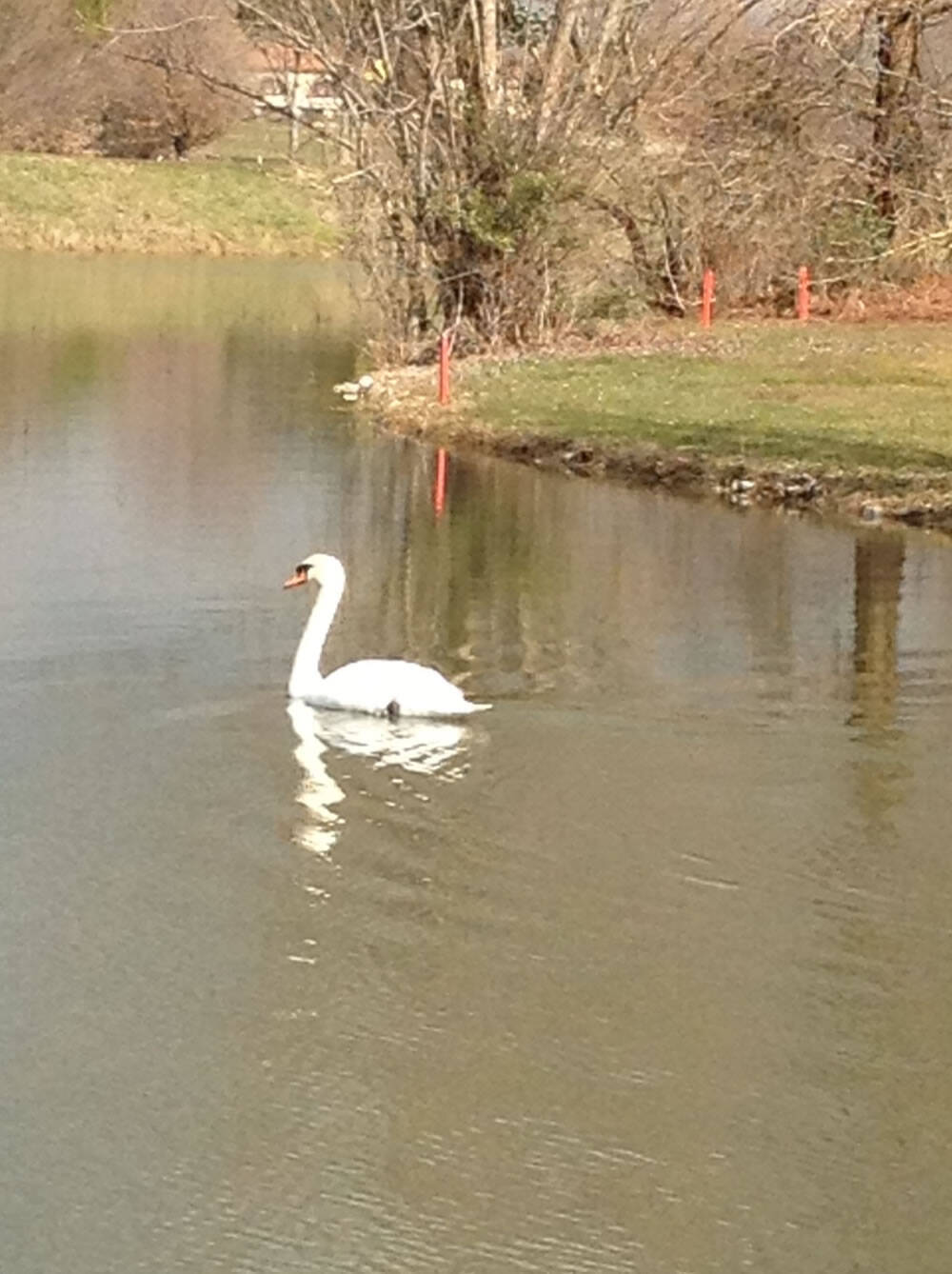 |
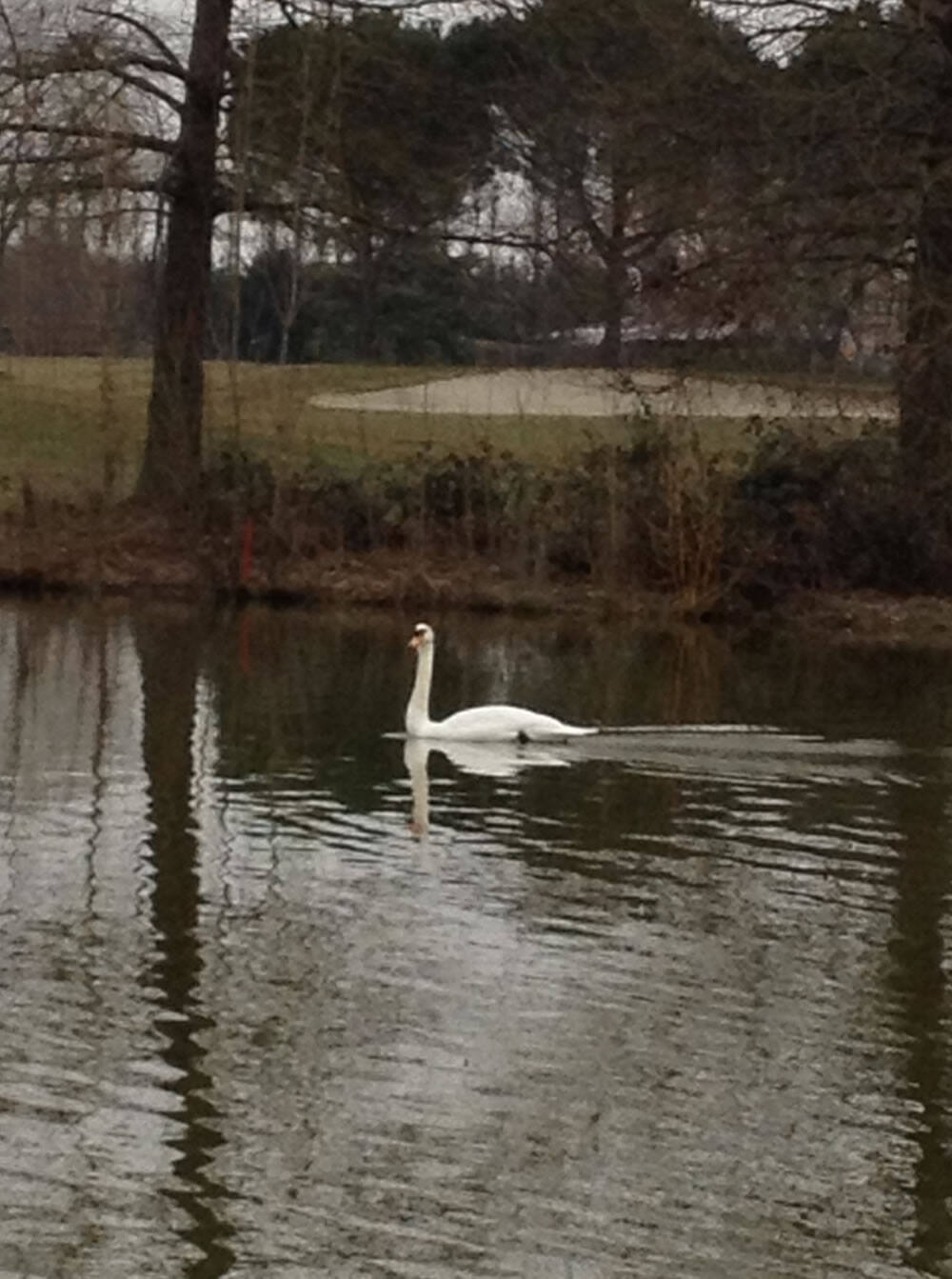 |
14 marzo: Inachis Io, detta Vanessa o anche Occhio di Pavone sul rough della buca 5 (by Marta)
4 aprile: oche canadesi di passaggio sul green della buca 7 (by Carlo)
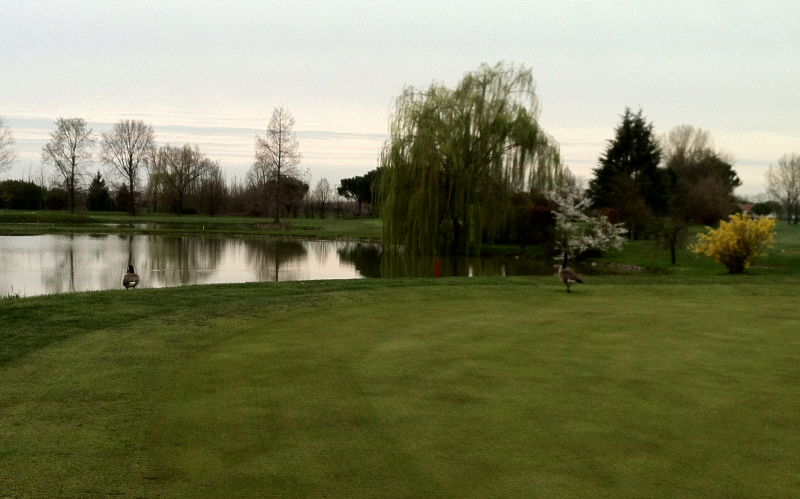 |
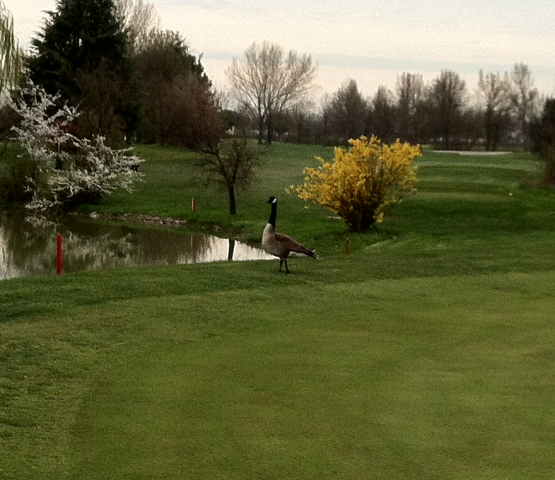 |
18 maggio: cova di fagianella tra le buche 21 e 27 (by Marco)
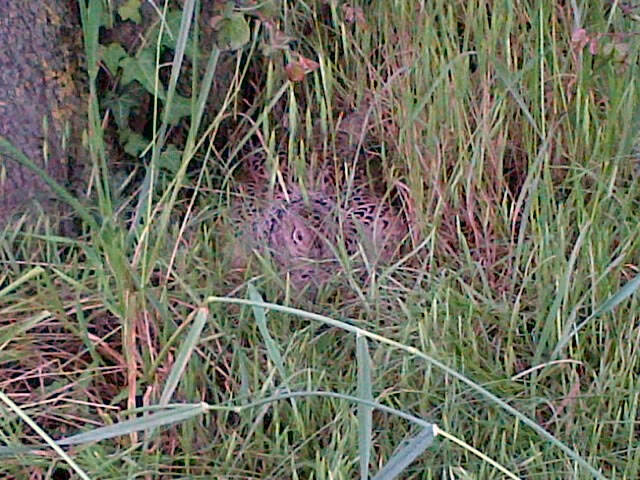
19 maggio: altro nido, ma di folaga sul lago tra i greens 5 e 13 (by Ale)
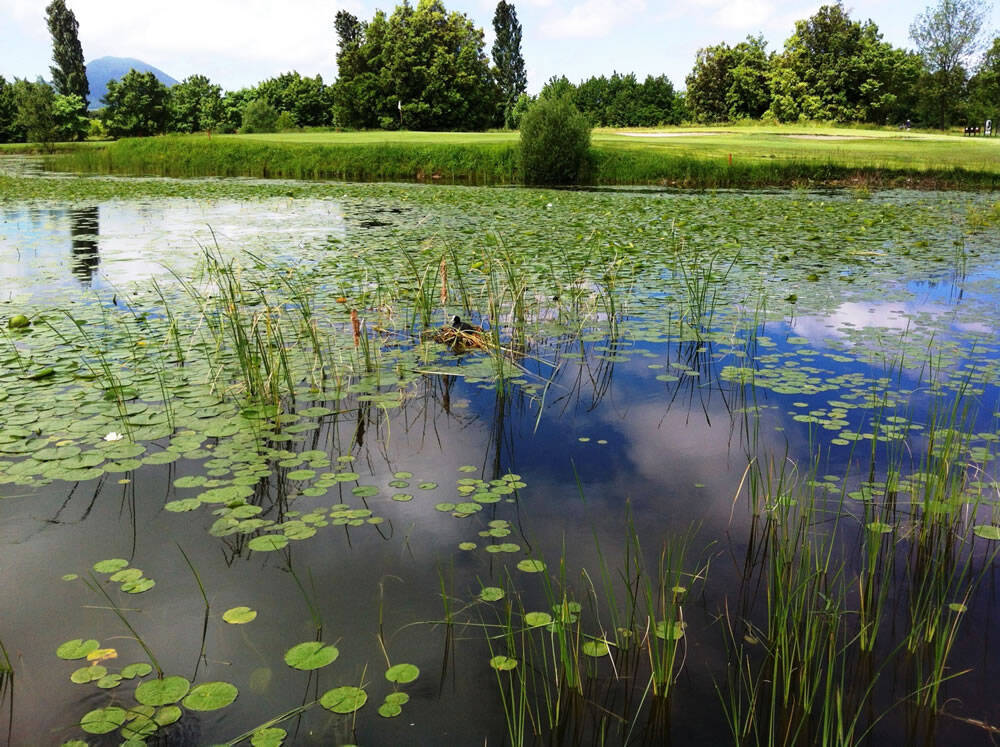
18 giugno: una rana verde -Rana esculenta- sul rough della buca 2 (by Ale)
{slider AVVISTAMENTI 2014|closed}
23 febbraio 2014: primo avvistamento dell'anno, di buon auspicio: ben 13 tartarughe sulla sponda del lago della 5!
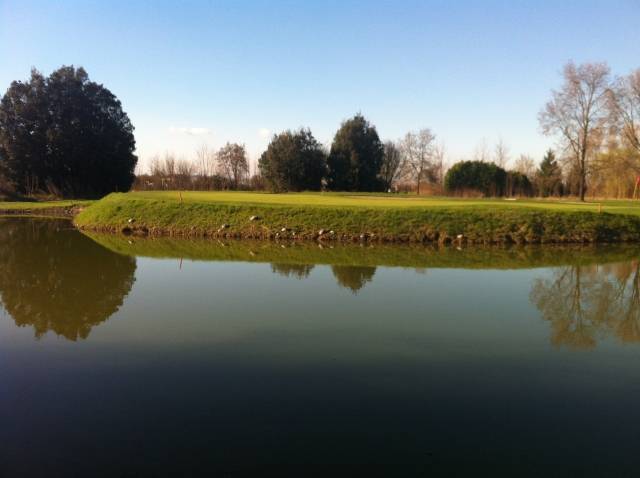
28 marzo 2014: scoiattolo alla buca 15 (by MP)
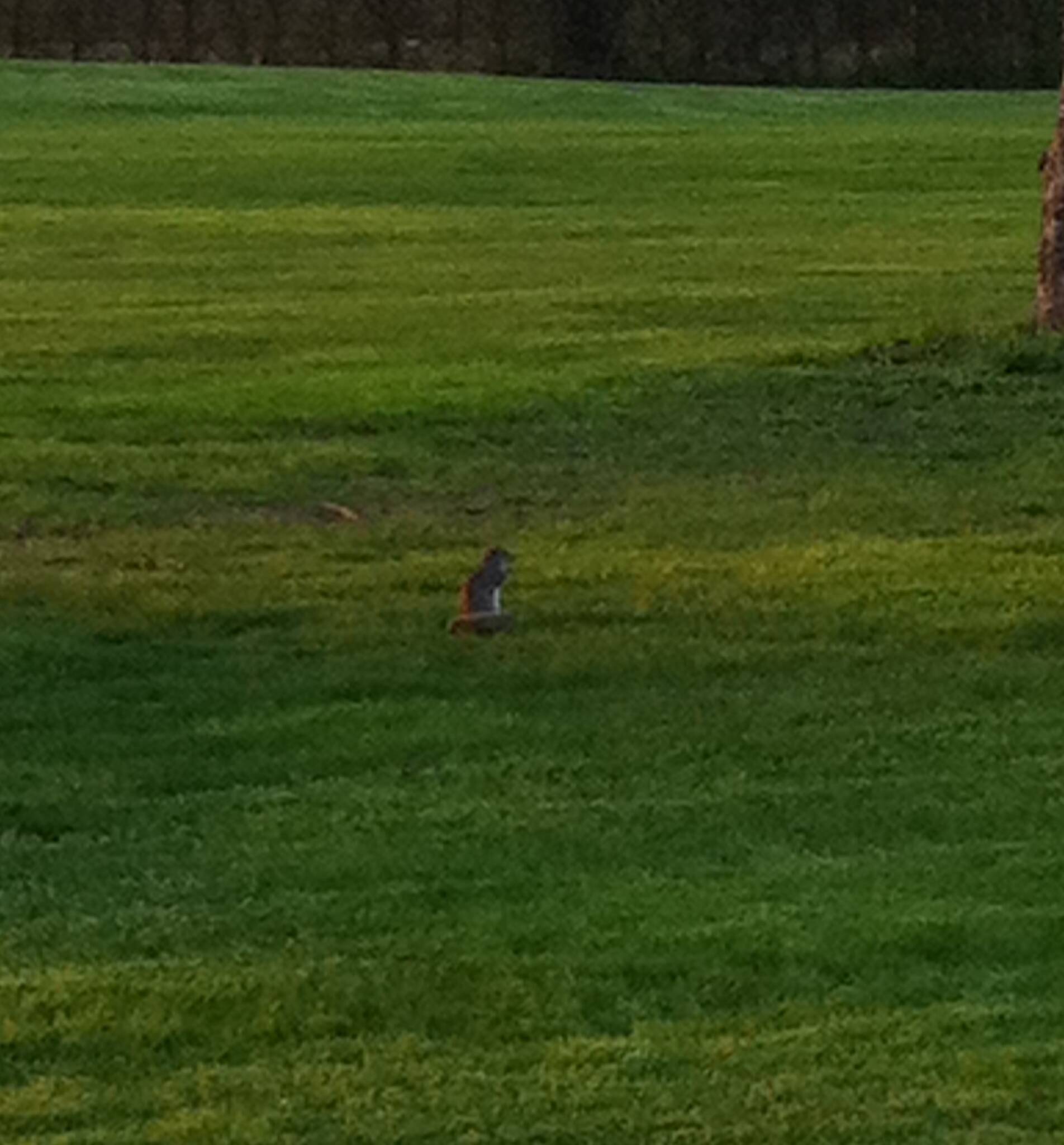
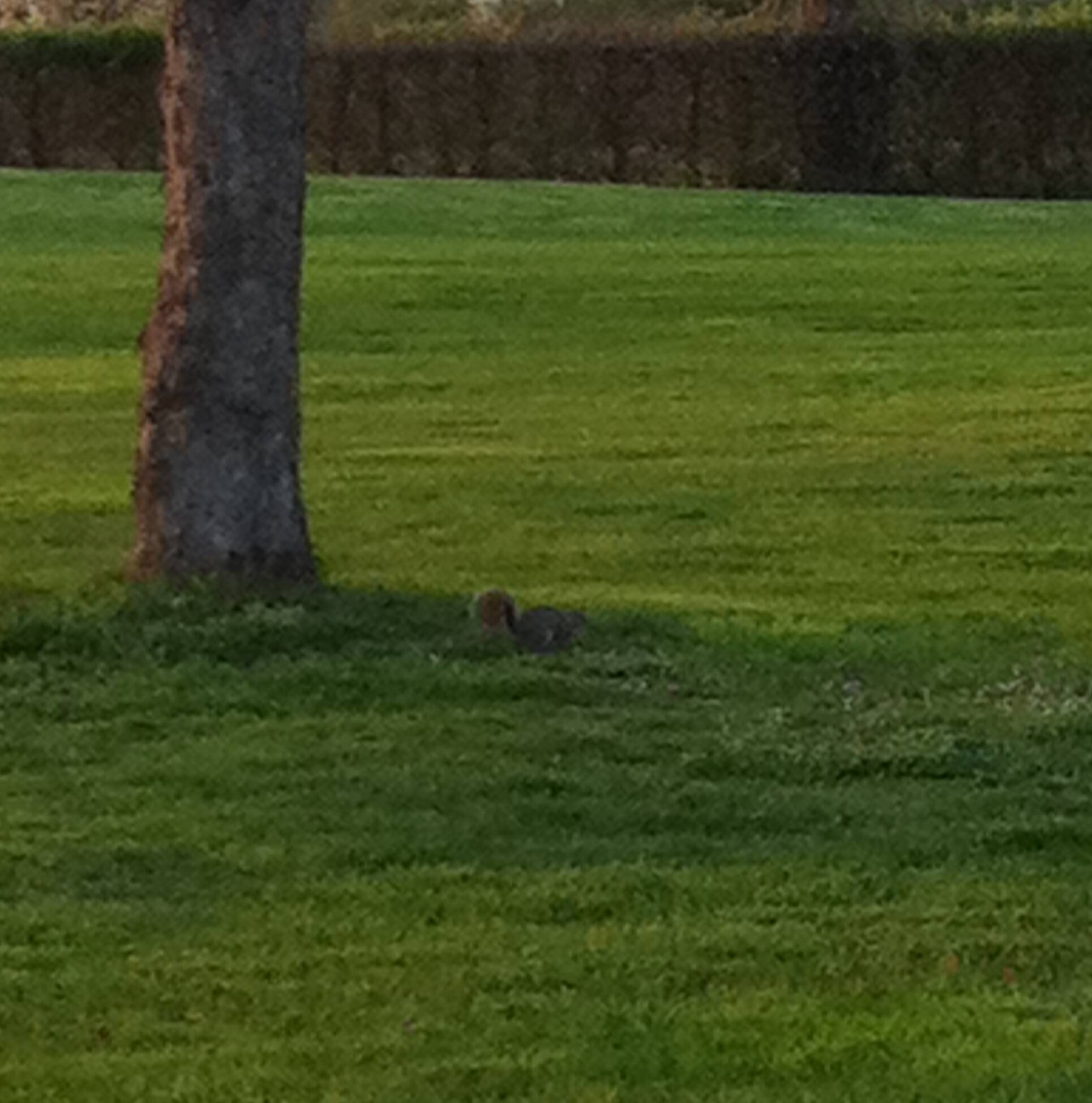

21 aprile, giorno di Pasquetta: oche canadesi che fanno il nido e depongono le uova sul ponte della 11 (by Domenico)

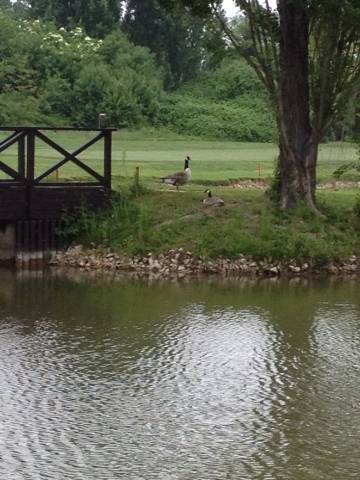
12 giugno: scoiattolo nell'area gioco corto (by Antonio)






{slider AVVISTAMENTI 2015|active}
2 marzo: trovato un tritone (Tritus vulgaris) a passeggio sul green della buca 12 (by Ale)
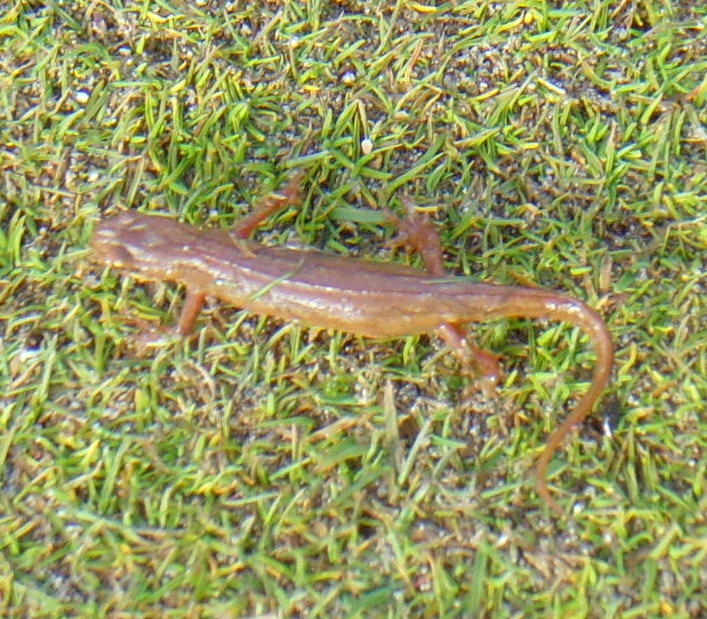
INTRODUZIONE
Il clima presente al Golf Club della Montecchia è caratterizzato da estati calde e siccitose, con temperature che raggiungono i 35-36 C° ed inverni al contrario molto freddi ed umidi, piovosi e con gelate che possono arrivare a -10 C°. Tecnicamente, questo tipo di clima viene definito “di transizione”.
Dal punto di vista tecnico-costruttivo, le 27 buche del Golf Club della Montecchia, realizzate in tre fasi negli anni 1990 / 1992, sono dotate di un efficiente sistema di drenaggio. Questo giustifica la quasi costante agibilità del tracciato, anche nei periodi invernali più piovosi.
Il buon drenaggio nel periodo estivo ha sempre determinato però un significativo stress idrico al tappeto erboso, composto da essenze “microterme”, da specie cioè ben adattate ai climi freddo-umidi (ad es. Lolium perenne, Poa pratensis, Poa annua, Agrostis stolonifera). Difatti, nonostante le abbondanti irrigazioni, in particolare tra luglio ed agosto il tappeto erboso soprattutto dei fairways ha spesso subito dei gravi diradamenti, con conseguenze per la giocabilità e l’aspetto estetico del percorso.
Nell’estate del 2003, anno della grande siccità, questo tipo di problema sia alla Montecchia che nella gran parte dei percorsi di golf italiani ha avuto conseguenze drammatiche, con perdite del tappeto erboso superiori al 70% della superficie di gioco.
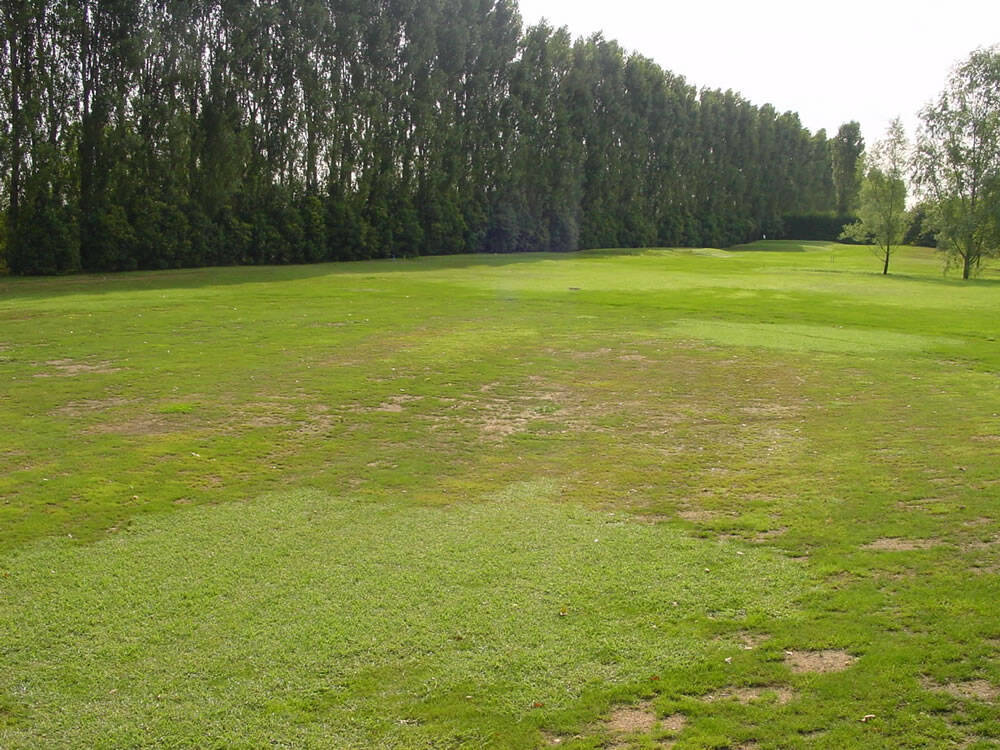 Estate 2003 - Fairway buca 3
|
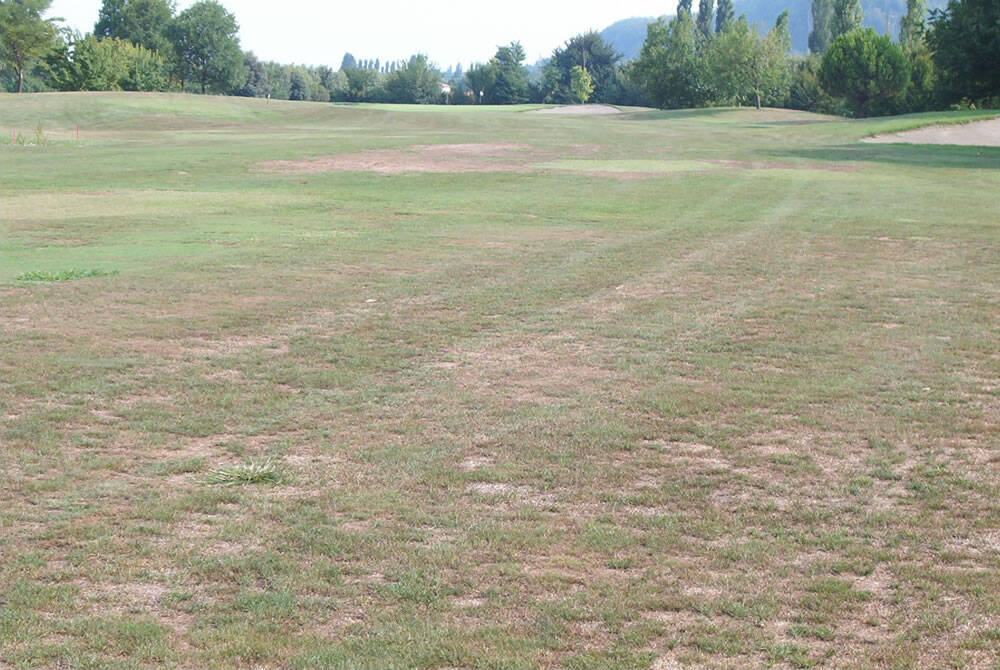 Estate 2003 - Fairway buca 6
|
Per contenere il fenomeno ed ovviare in tempi brevi alla situazione, si è sempre ricorso a metodi tradizionali, che includono abbondanti irrigazioni, interventi fungicidi e costosi ripristini con trasemine nel mese di settembre.
Tale situazione, oltre che creare comunque disagi per il gioco, ha sempre comportato notevoli costi in termini economici oltre che ambientali.
STUDIO DEL PROBLEMA
Per risolvere il problema in modo ambientalmente sostenibile e rendere il percorso agibile ed in buone condizioni tutto l’anno, a partire dal 2003 è nata una collaborazione tra il Golf Club della Montecchia, la Sezione Tappeti Erbosi della Federazione Italiana Golf ed il Dipartimento di Agronomia dell’Università di Pisa.
Obiettivo prioritario, individuare delle specie da tappeto erboso più idonee al clima di transizione presente al Golf Montecchia e più in generale in pianura Padana.
Nel 2004 è stato così avviato un vivaio sperimentale, volto a studiare l’adattabilità delle specie “macroterme” al clima Padano, di essenze da tappeto erboso cioè meglio adattate a climi temperato caldi e caldo siccitosi. Questo partendo dall’osservazione che studi e precedenti esperienze compiute negli Stati Uniti in situazioni climatiche simili avevano dati dei buoni risultati. Tali specie erano state peraltro già testate con successo sempre dalla Sezione Tappeti Erbosi della FIG e dall’Università di Pisa, ma mai più a nord della Toscana.
La ricerca è stata quindi assolutamente innovativa e di grande interesse per tutto il bacino del Mediterraneo, soprattutto in riferimento al comportamento invernale di queste specie, che per difendersi dal freddo vanno in dormienza perdendo il colore.
Foto del vivaio sperimentale F.I.G./Università di Pisa/Golf Montecchia (area a destra della buca 5 del percorso bianco)
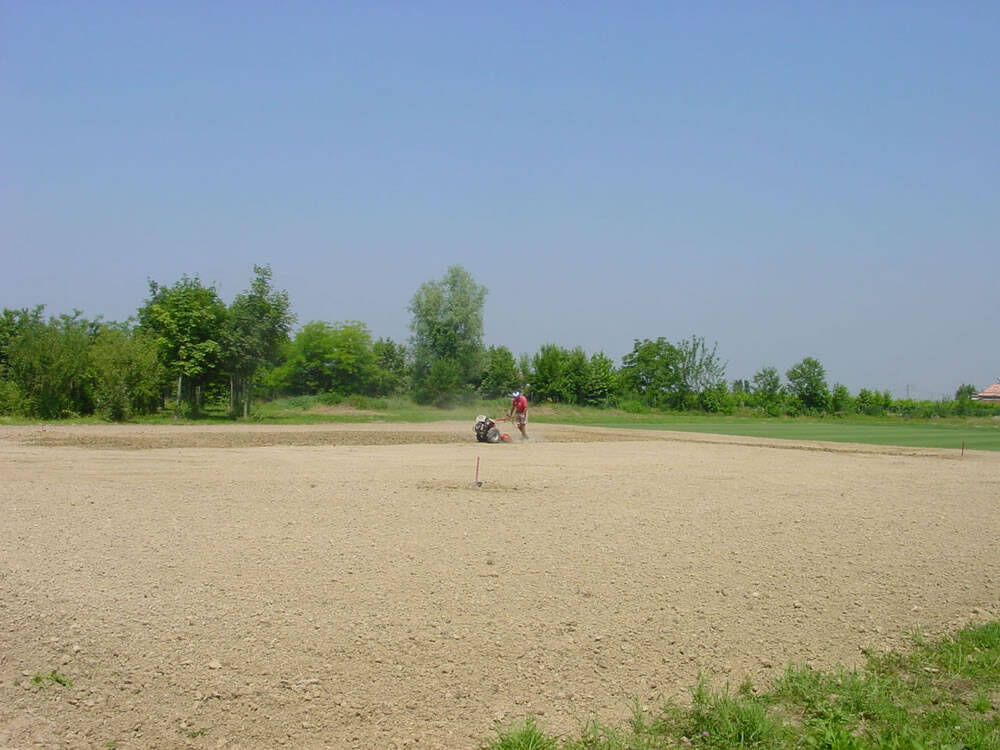 Lavorazione del terreno |
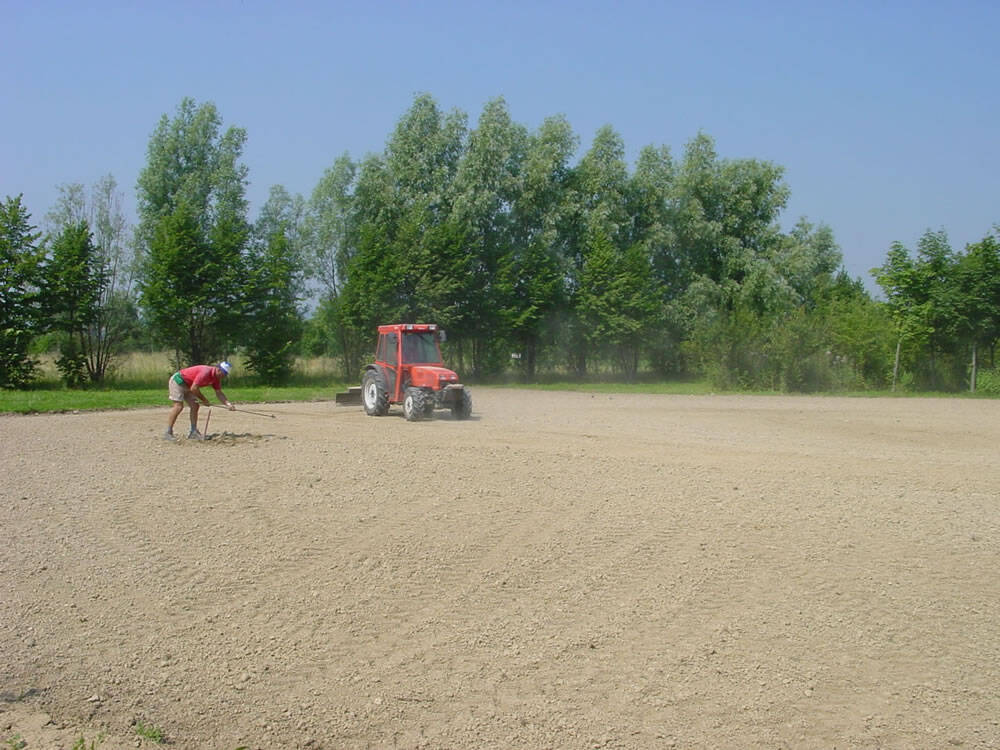 Livellatura |
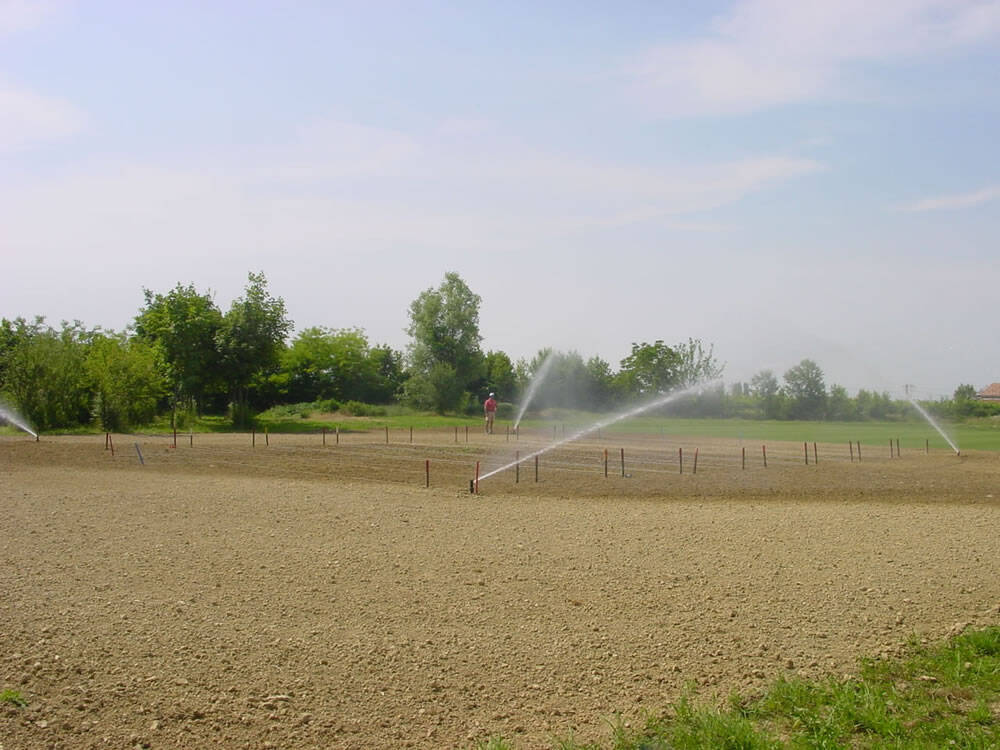 Prima irrigazione dopo l'impianto |
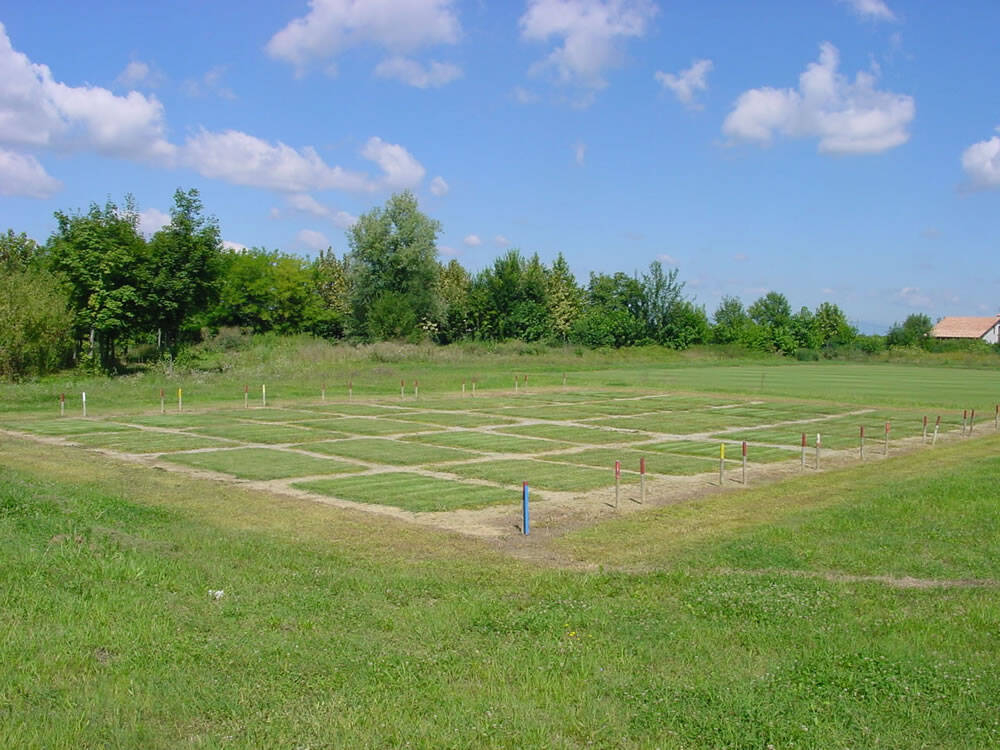 Vivaio a pieno regime |
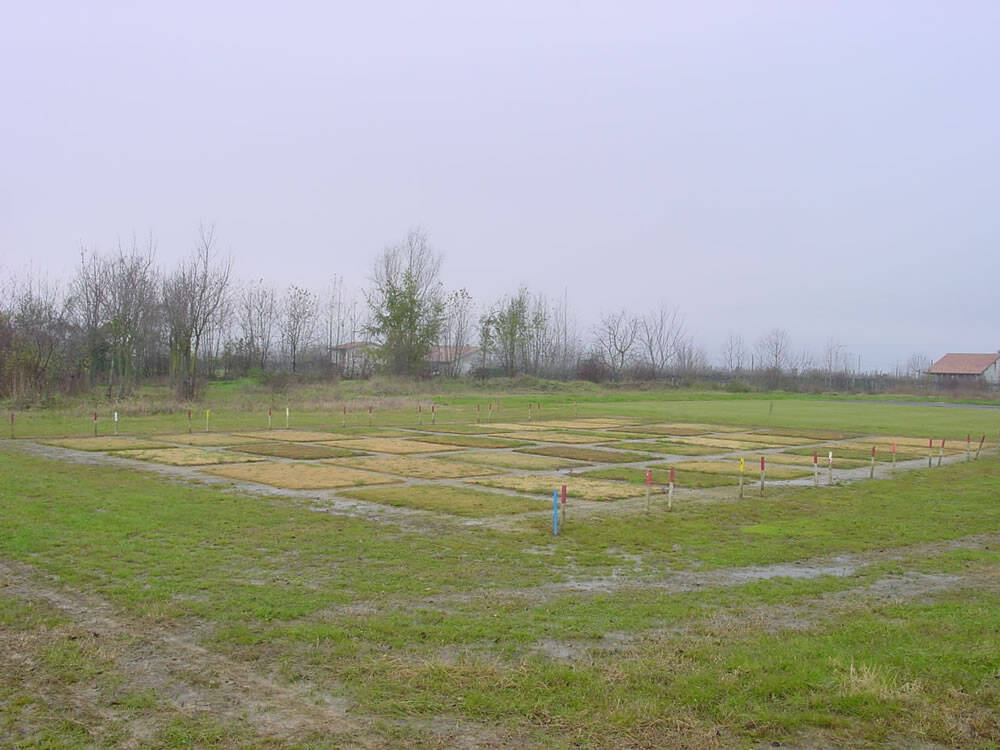 Vivaio nel periodo invernale |
Parallelamente a questo test scientifico, si è voluta effettuare anche una prova diretta, in pieno campo. Approfittando dei lavori di ampliamento del battitore del campo pratica, su metà di questo è stata impiantata una specie da tappeto erboso macroterma, il Cynodon spp. o “Bermudagrass”, meglio conosciuta come “Gramigna”. In particolare, è stata utilizzata una specifica varietà selezionata per il tappeto erboso (Tifway 419)
Foto dei Lavori di Ampliamento del Campo Pratica
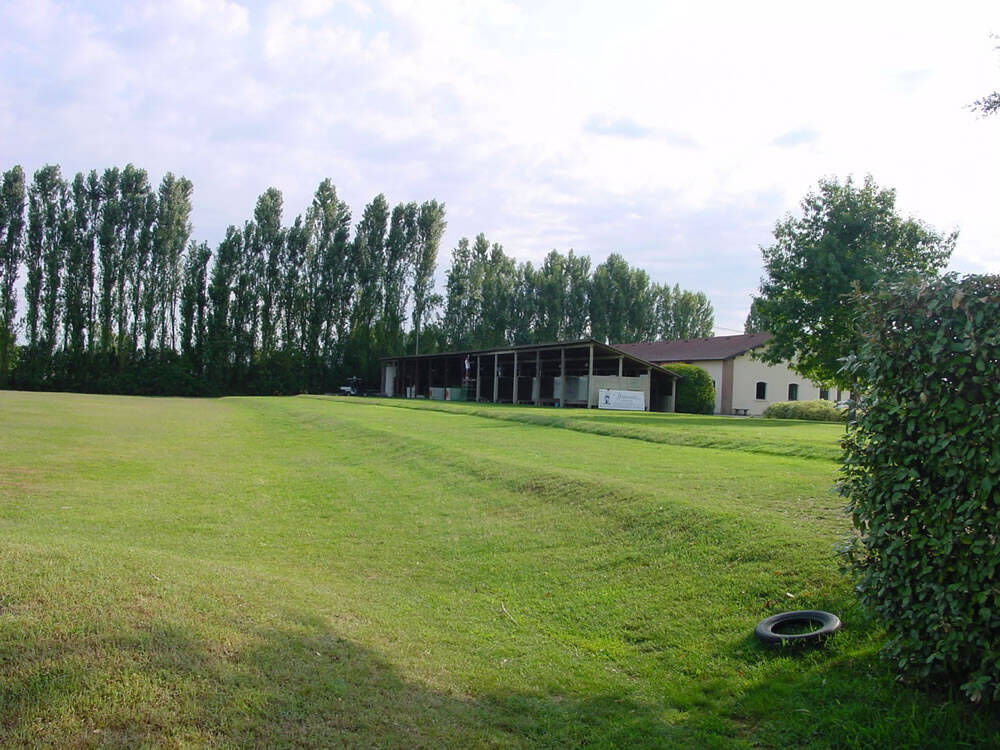 Campo pratica prima dell'ampliamento |
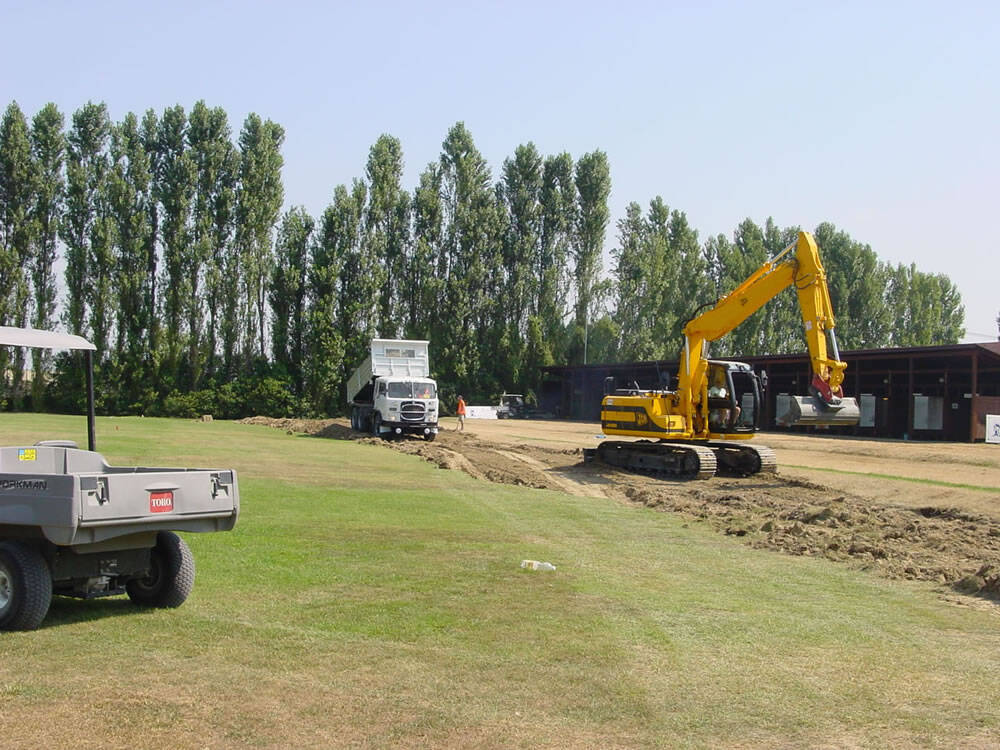 Inizio lavori: riporto di terra |
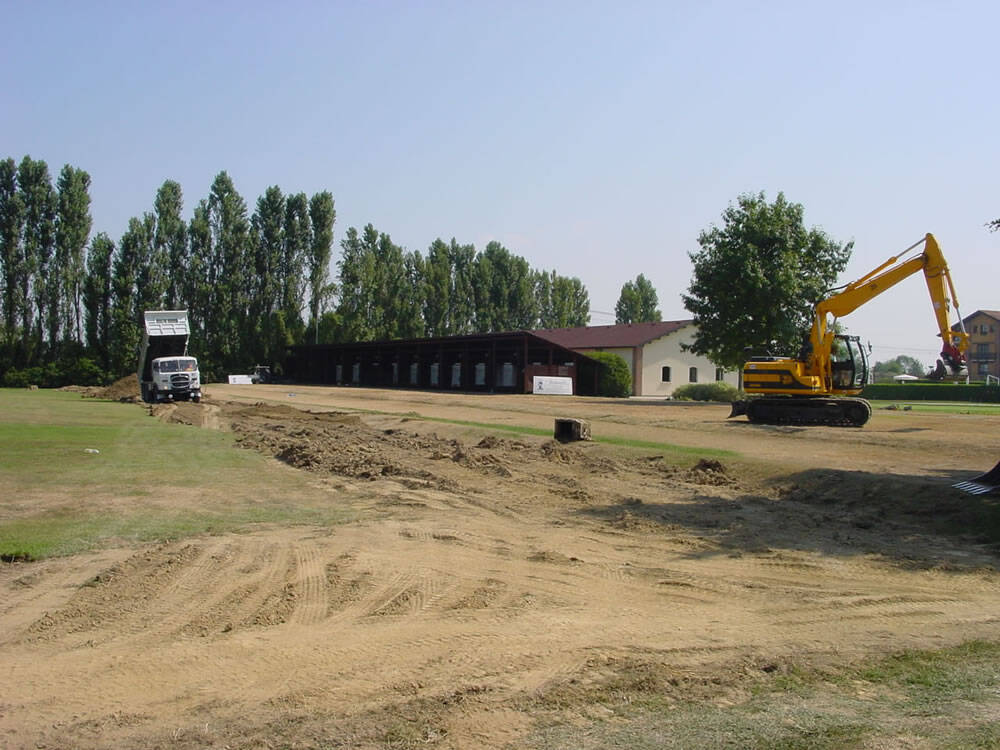 Riporto di terra e livellatura |
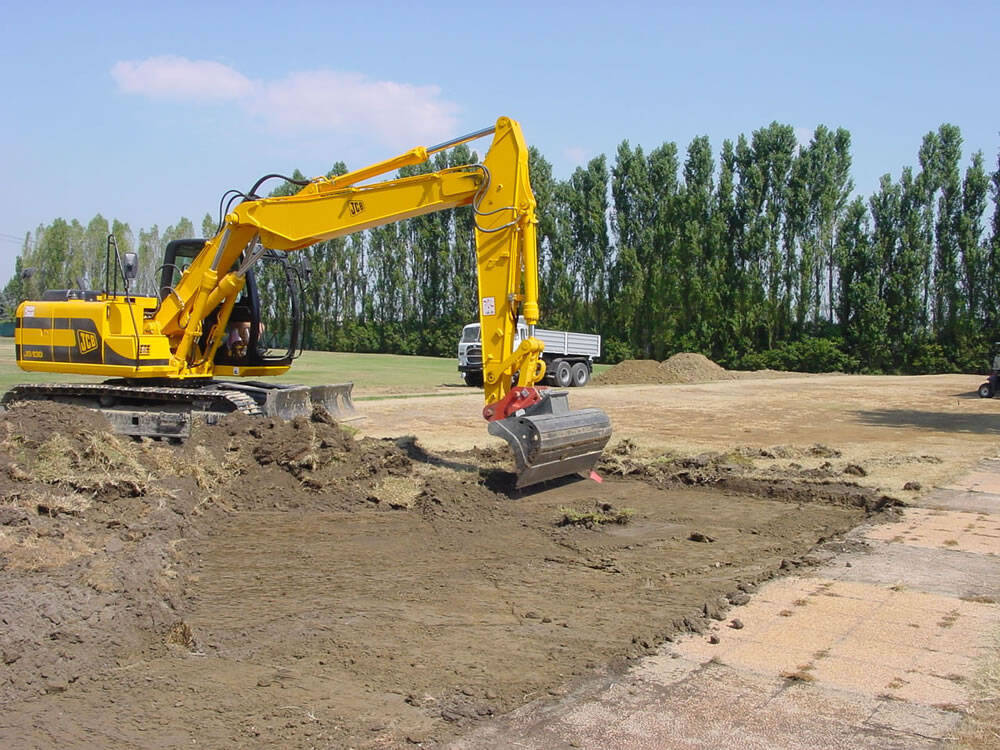 Eliminazione vecchio cotico erboso |
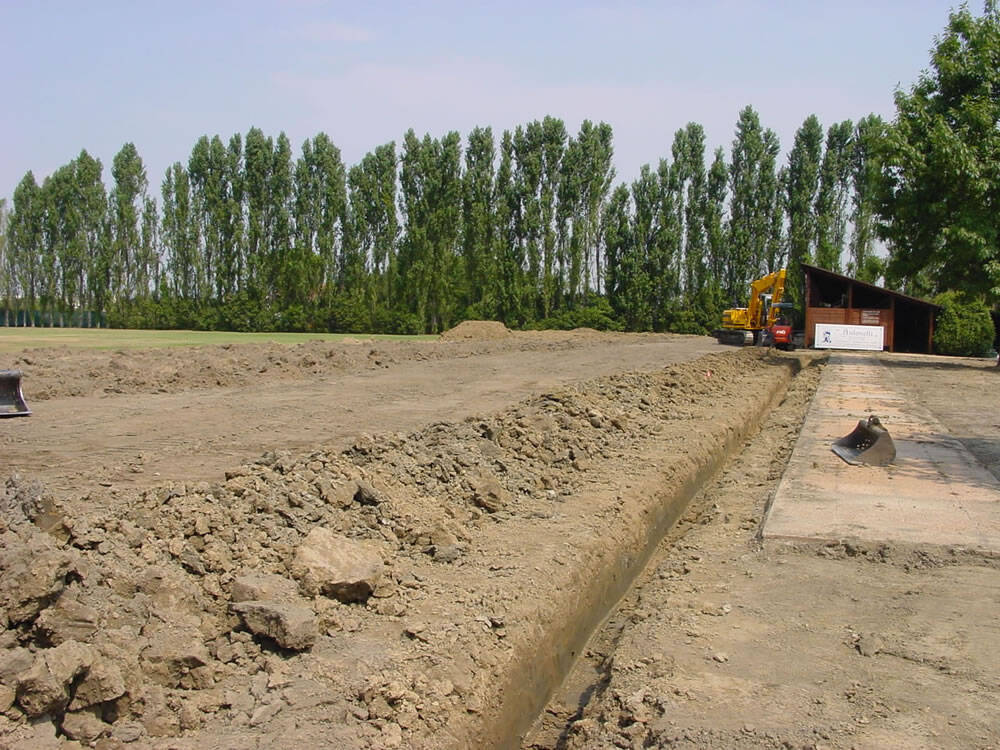 Scavo dei drenaggi |
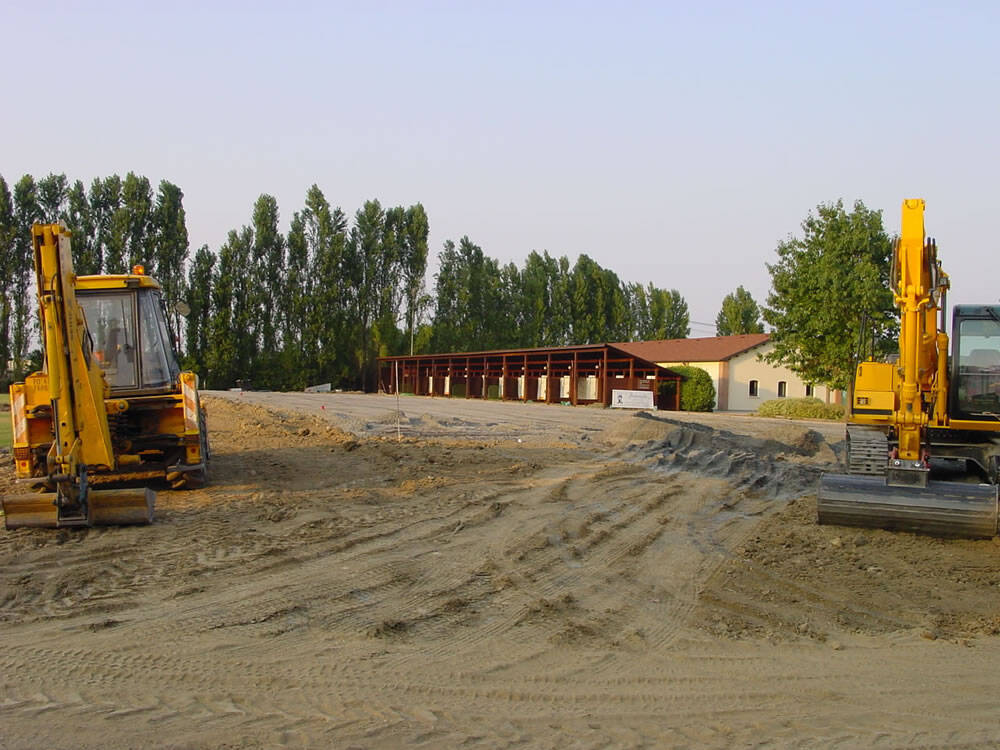 Riporto di sabbia e livellatura finale |
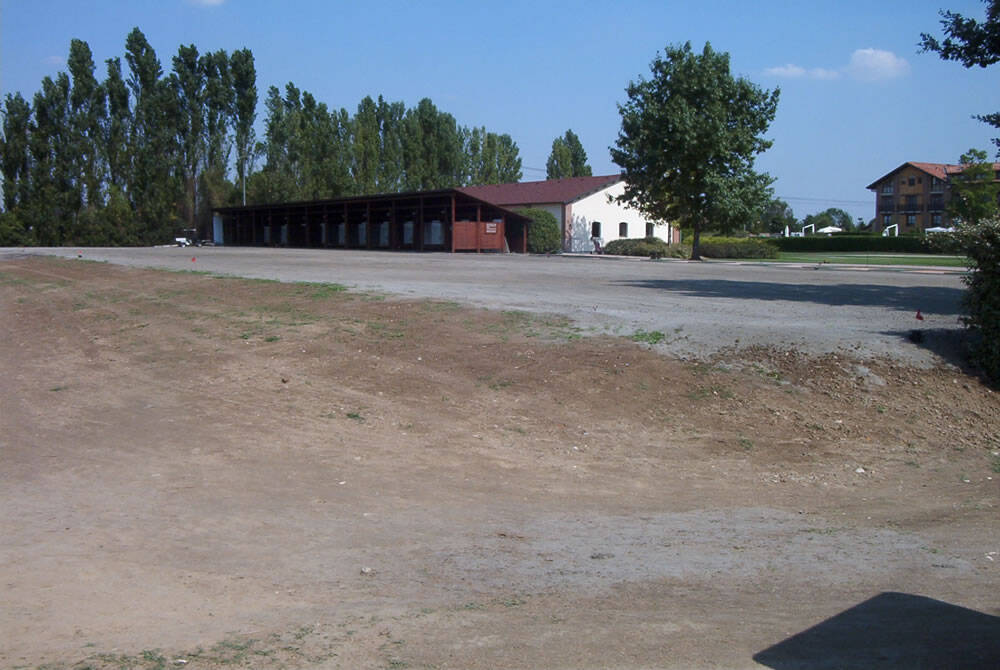 Riporto di sabbia e livellatura |
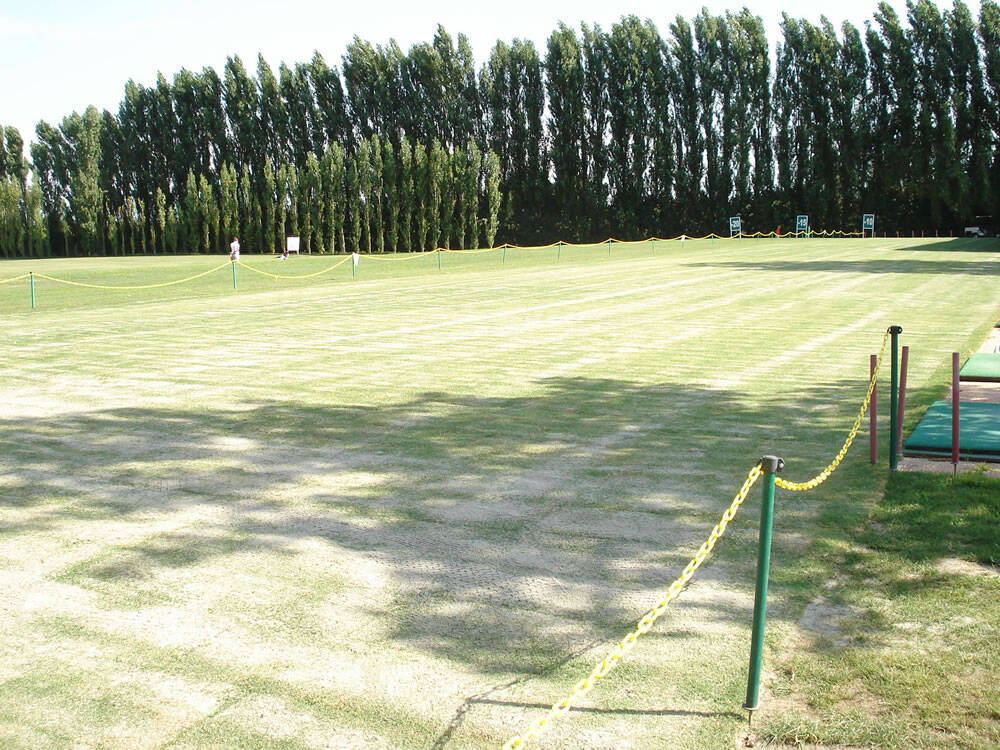 Lavori conclusi mediante zollatura |
I risultati ottenuti, sia in vivaio che in pieno campo, hanno permesso di accertare il buon adattamento della Bermudagrass, che nel periodo invernale pur ingiallendo resiste alle basse temperature e mantiene, nei 4 mesi circa di dormienza, una sufficiente consistenza e quindi giocabilità. Nel periodo estivo, a fronte di una eccezionale qualità, richiede apporti idrici molto più ridotti (del 50 % ed oltre) e minime quantità di fertilizzante. Non viene inoltre colpita da patogeni fungini ne invasa in modo significativo da erbe infestanti che ne possano compromettere la crescita e lo sviluppo.
A dimostrazione del grande interesse suscitato dallo studio, i risultati sono stati presentati, oltre che a vari seminari e meeting in Italia, in ben due convegni scientifici internazionali, il “Vth World Scientific Congress of Golf” a Phoenix, Arizona nel marzo 2008 - Warm season turfgrass adaptation in Europe North of 45° Parallel ed al “1st European Turfgrass Society Conference” tenuto a Pisa nel maggio 2008 - Warm Season Turfgrass Adaptation in Northern Italy.
RISOLUZIONE DEL PROBLEMA
Confortati dai tali risultati, positivi in termini qualitativi, economici ed ambientali, a partire dal 2010 è stato impostato un programma di conversione del tappeto erboso dei fairways in Bermudagrass (Cynodon dactylon x transvaalensis) utilizzando la Patriot, una cultivar selezionata negli U.S.A. proprio per le zone di transizione.
Per ridurre al massimo i disagi per il gioco, si è deciso di adottare una tecnica innovativa, più costosa rispetto ai metodi più tradizionali, ma che permette di sostituire il tappeto erboso e rendere nuovamente agibile il percorso dopo appena 6-8 settimane, contro le 12 e più settimane richieste dagli altri sistemi.
Il programma prevede la conversione del tappeto erboso dei fairways delle prime 9 buche (percorso bianco) nel 2010, del tappeto erboso dei fairways e dei tees delle seconde 9 buche (percorso rosso) nel 2011 e del tappeto erboso dei fairways e dei tees delle terze 9 buche (percorso giallo) e dei tees delle prime nove buche nel 2012.
Anno 2010 - Conversione percorso BIANCO
- lunedì 7 giugno: inizio del lavori preparatori, con applicazione di un diserbante totale FOTO
- giovedì 10 giugno: temporanea riapertura al gioco del percorso
- lunedì 14 giugno: chiusura del percorso, esecuzione degli altri lavori di preparazione ed inizio dei lavori di impianto delle piantine di Bermudagrass
- domenica 1 agosto: riapertura al gioco del percorso, a 6 settimane di distanza dall’impianto
- lunedì 13 settembre: trasemina della Bermudagrass con Lolium perenne per ovviare alla perdita di colore che avviene da inizio dicembre ad inizio aprile.
Sequenza dei lavori sul percorso BIANCO eseguiti nel 2010
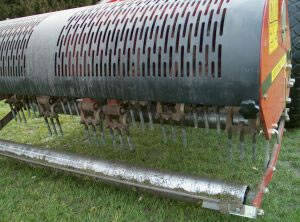 Preparazione del terreno
|
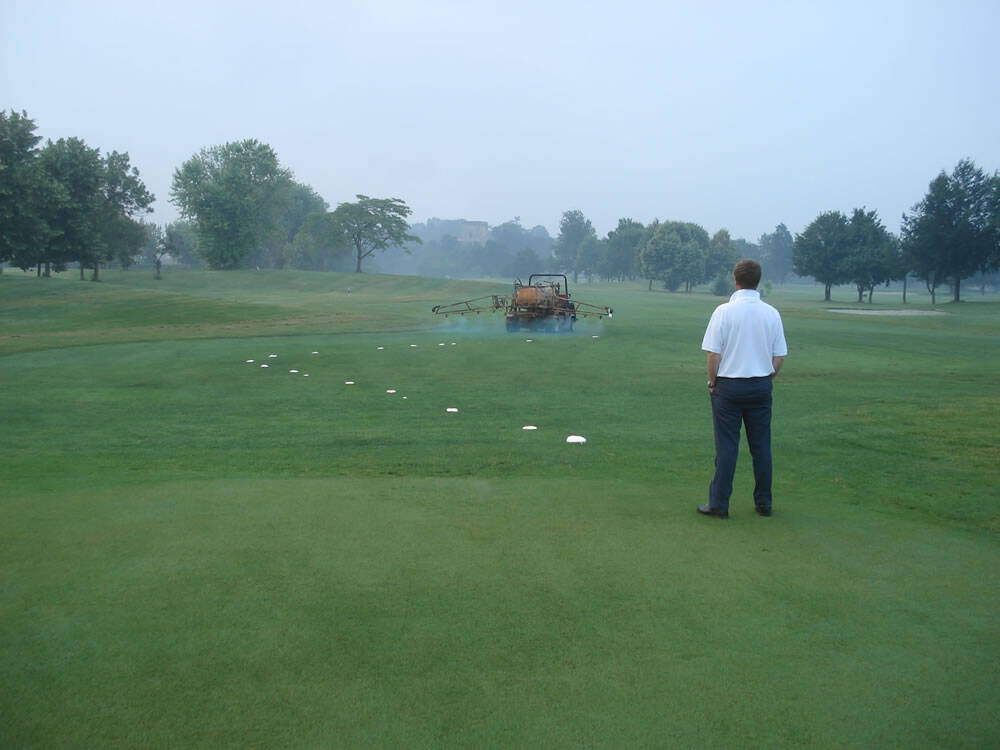 Diserbo del vecchio tappeto erboso
|
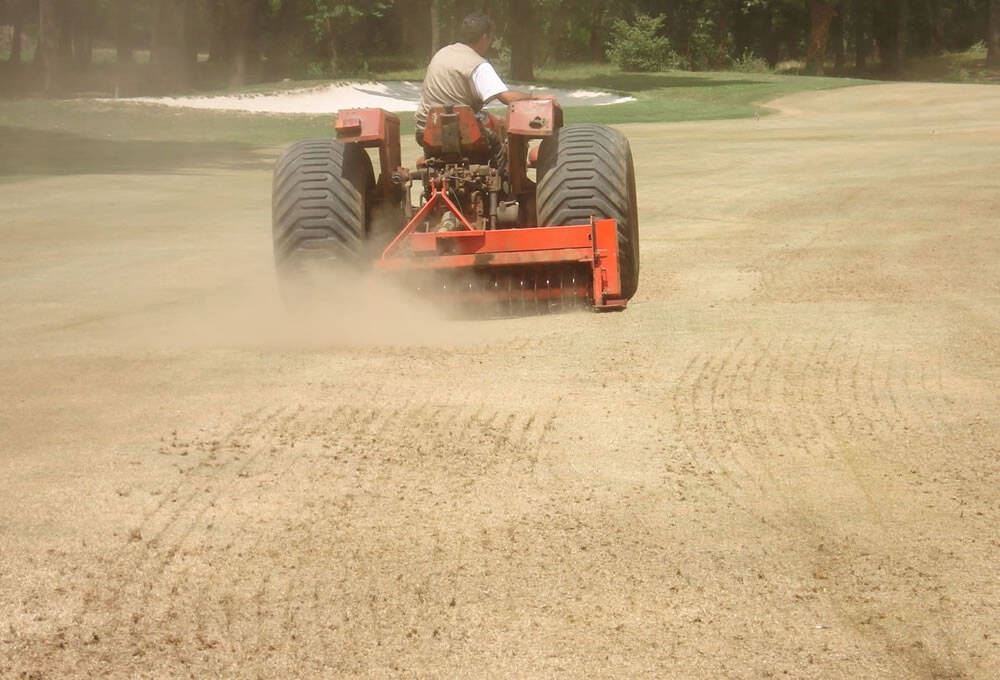 Eliminazione del vecchio cotico erboso
|
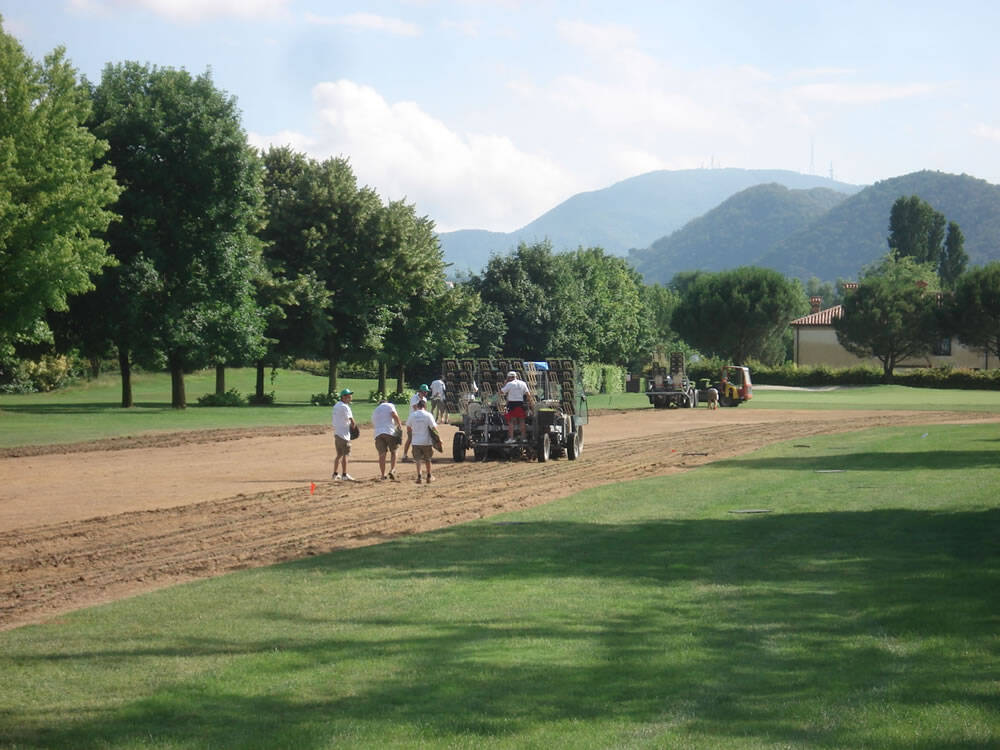 Inizio dei lavori di impianto della Bermudagrass
|
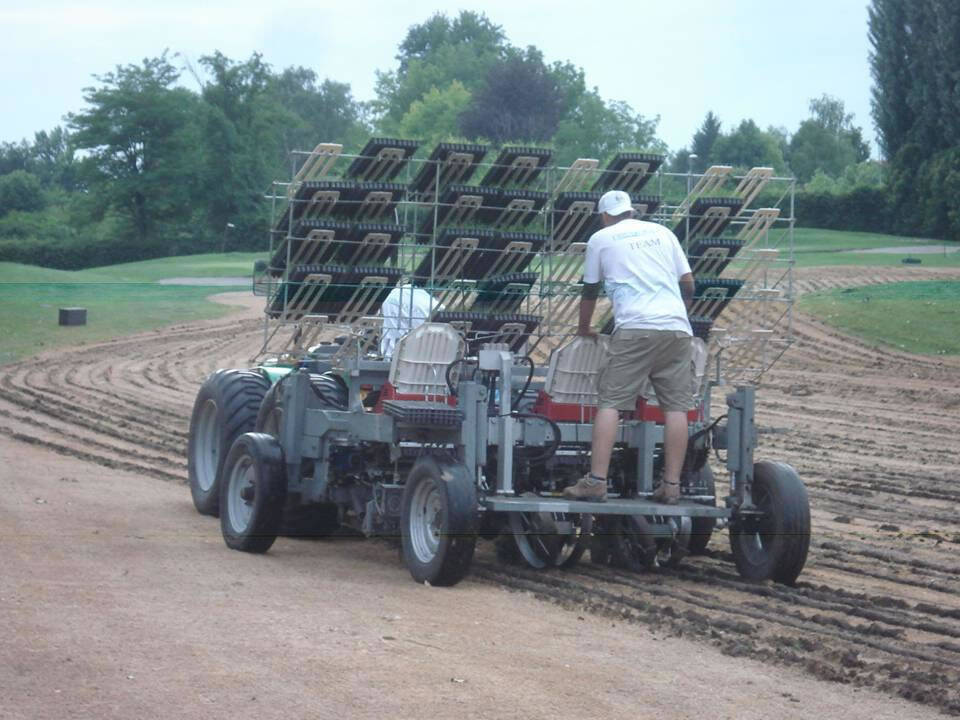 Macchina trapiantatrice al lavoro
|
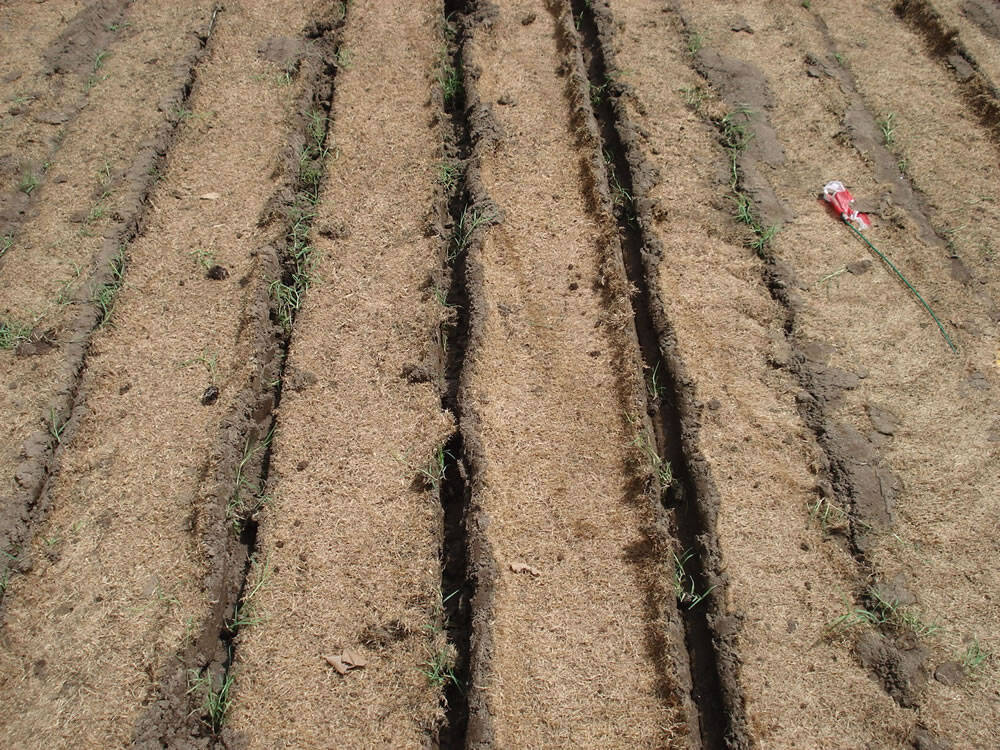 Piantine inserite nei solchi fatti dalla macchina
|
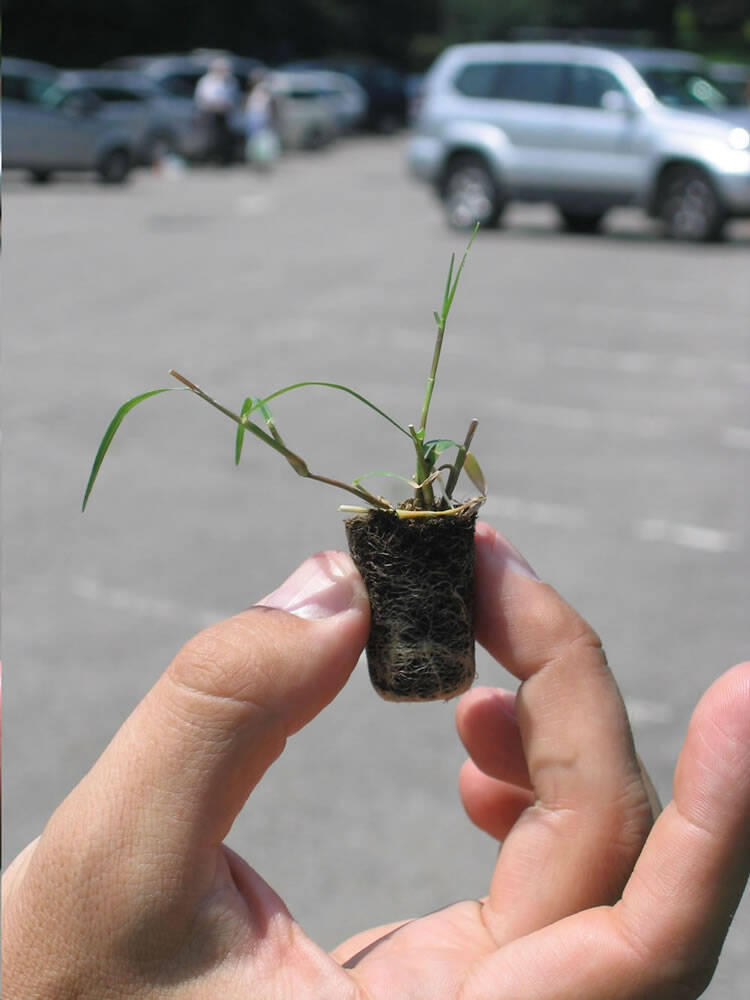 Singola piantina di Bermudagrass
|
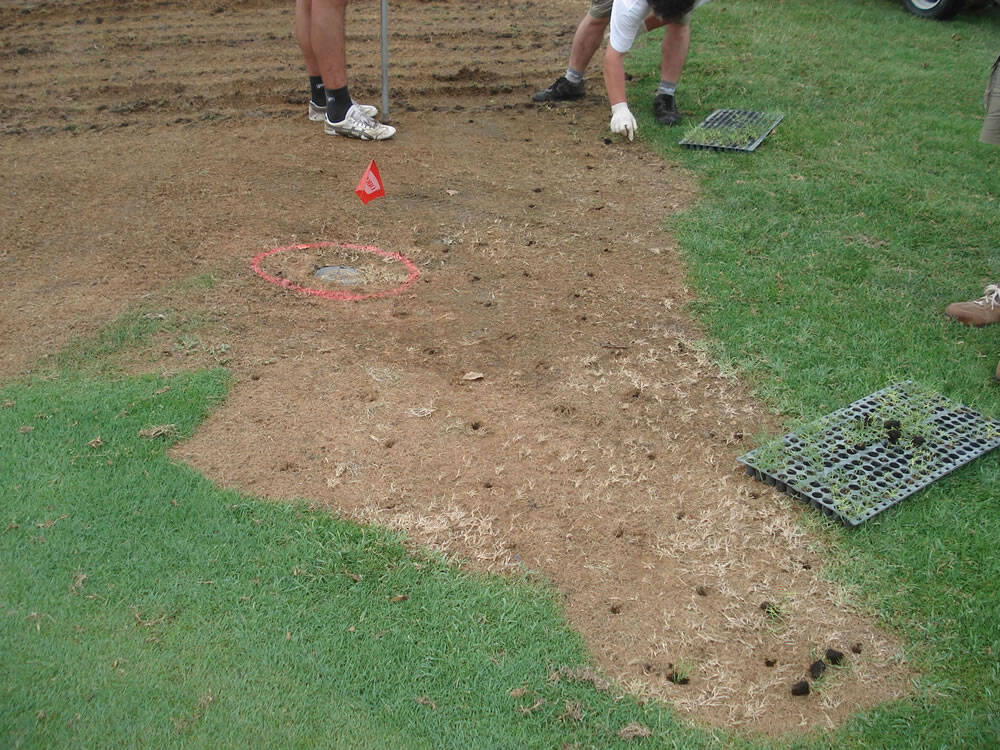 Impianto manuale nelle aree non meccanizzabili
|
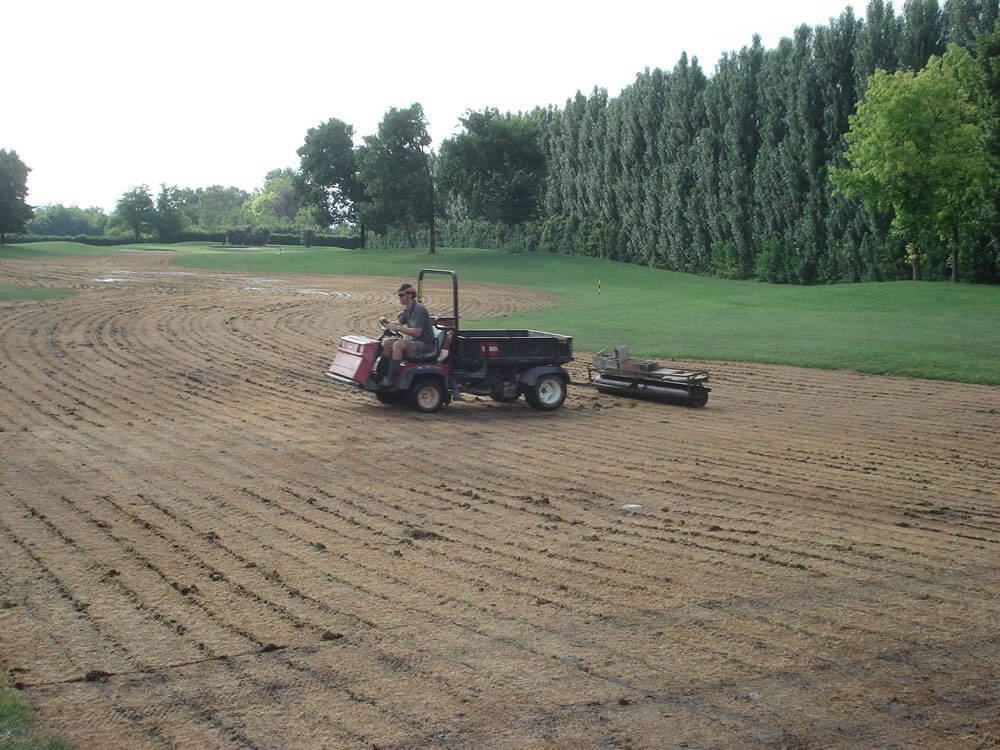 Rullatura a fine impianto |
Fasi di insedamento della Bermudagrass sul fairway della buca 4
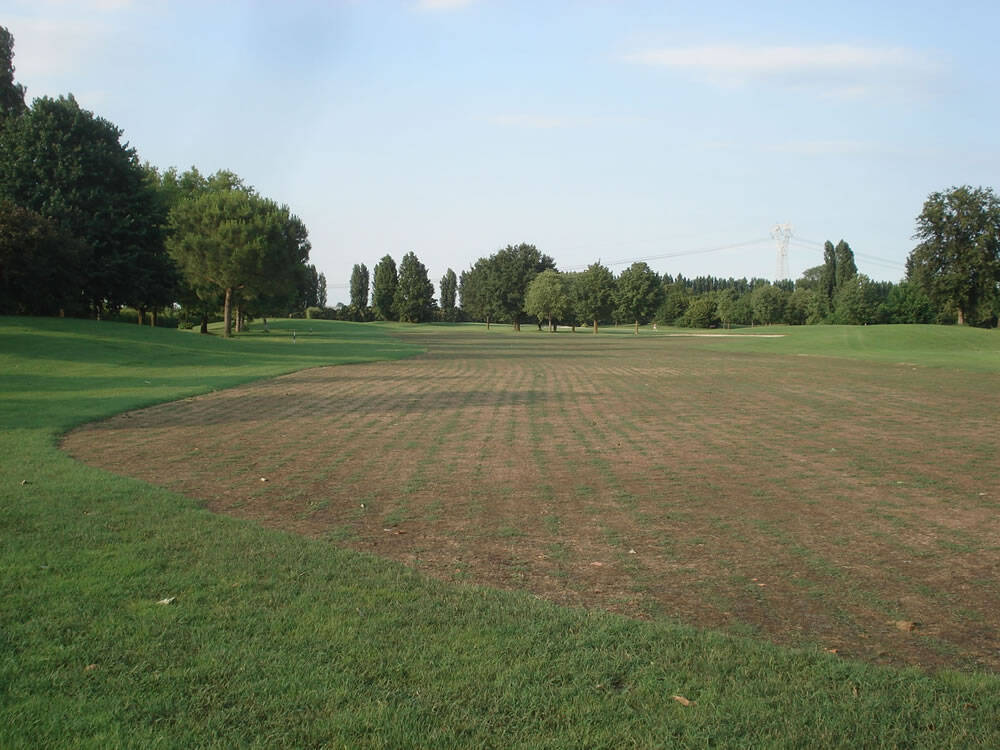 7 luglio 2010
|
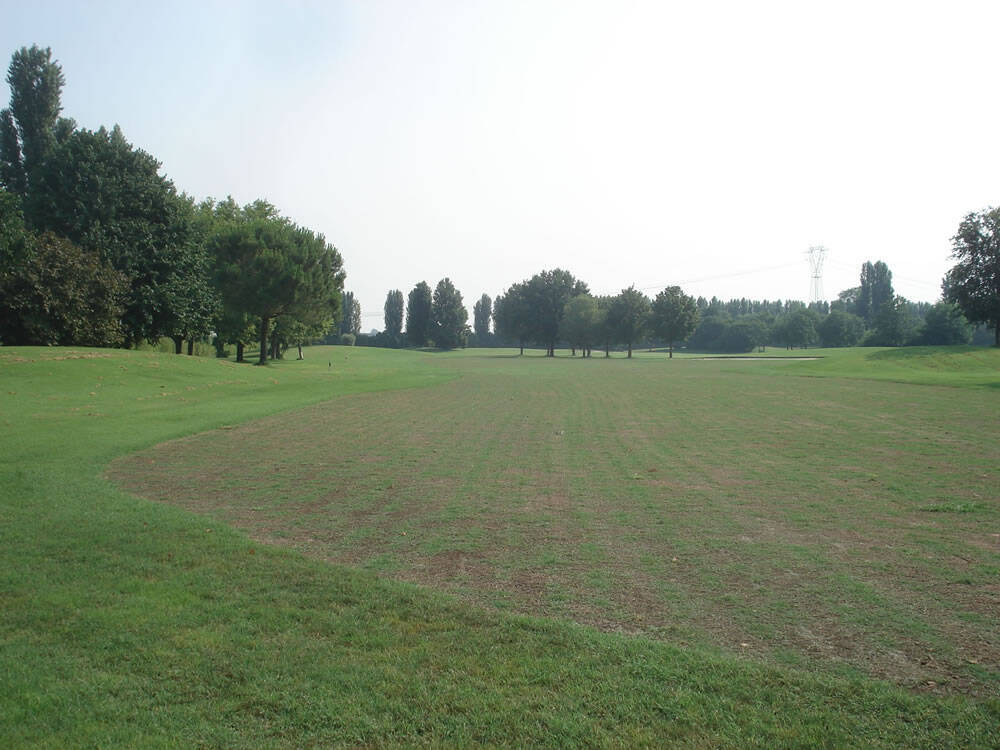 13 luglio 2010
|
 20 luglio 2010
|
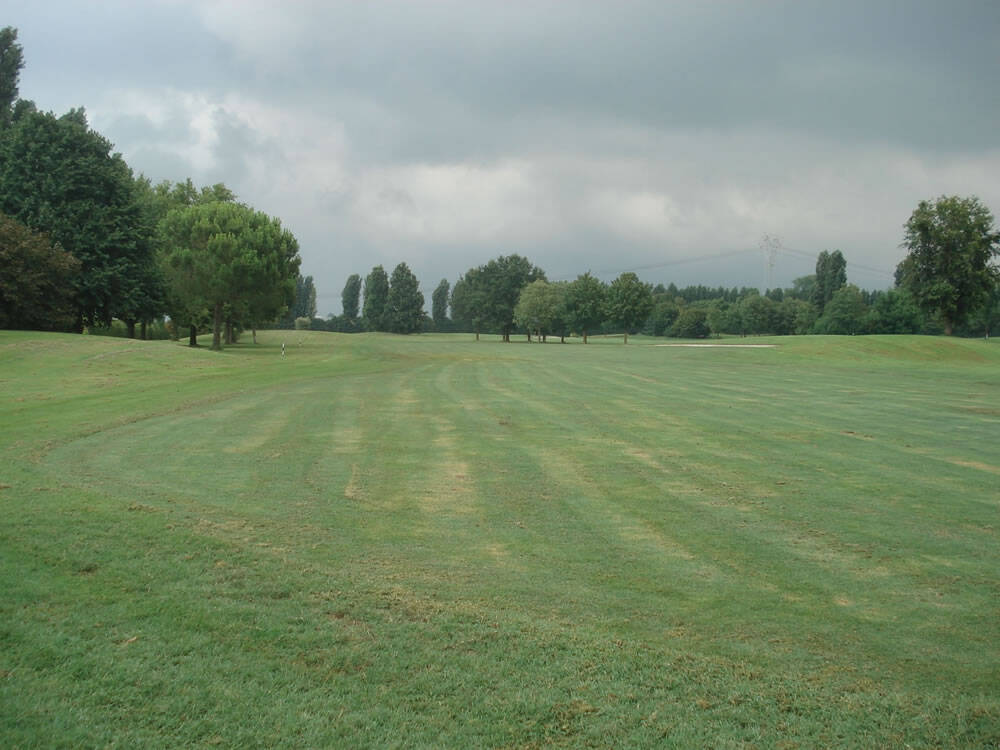 29 luglio 2010
|
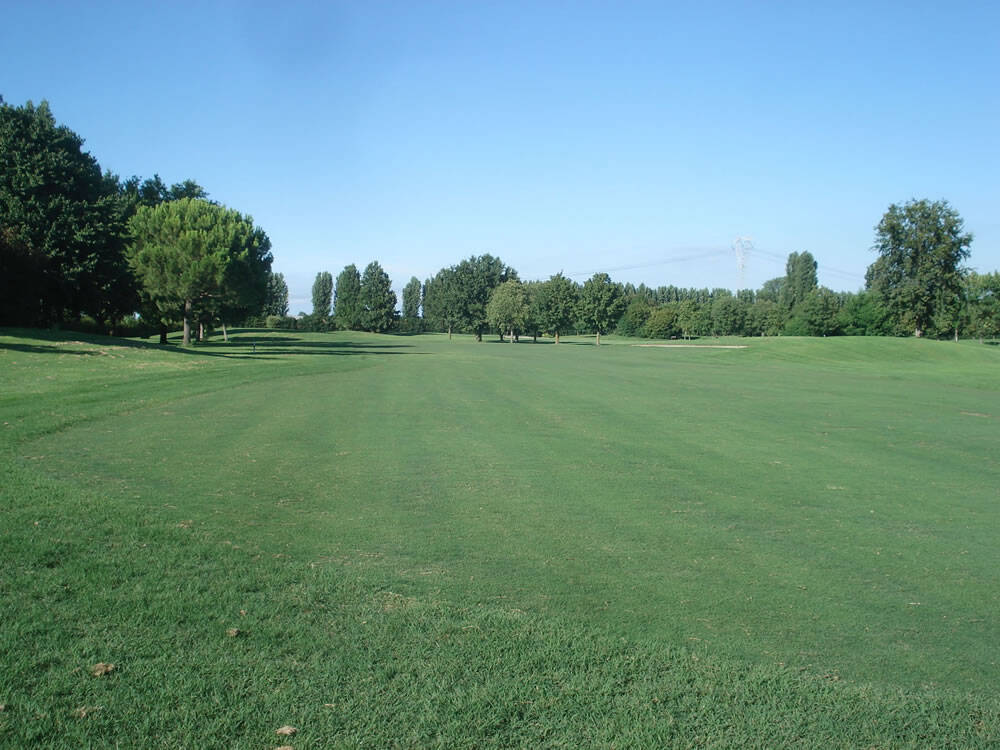 7 agosto 2010
|
Anno 2011 - Conversione PercorsoROSSO
- lunedì 6 giugno: inizio del lavori preparatori, con applicazione di un diserbante totale
- venerdì 10 giugno:temporanea riapertura al gioco del percorso
- martedì 14 giugno: chiusura del percorso, esecuzione degli altri lavori di preparazione ed inizio dei lavori di impianto delle piantine di Bermudagrass
- giovedì 23 giugno: fine lavori di impianto della Bermudagrass
Fasi di insediamento della Bermudagrass sul fairway della buca 13
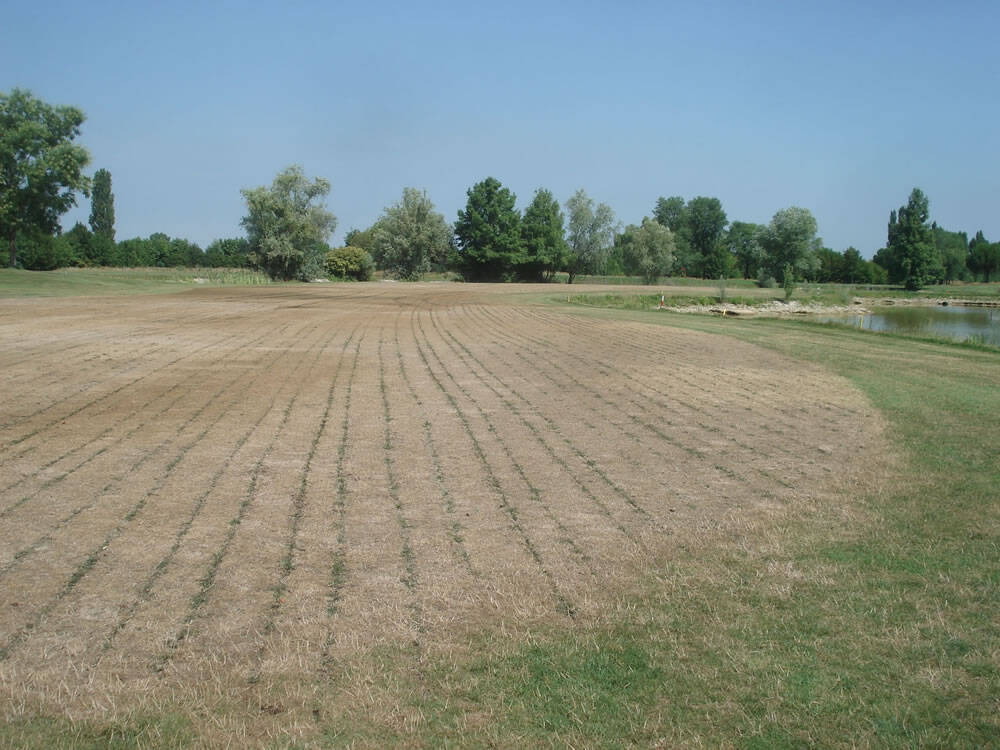 28 giugno 2011
|
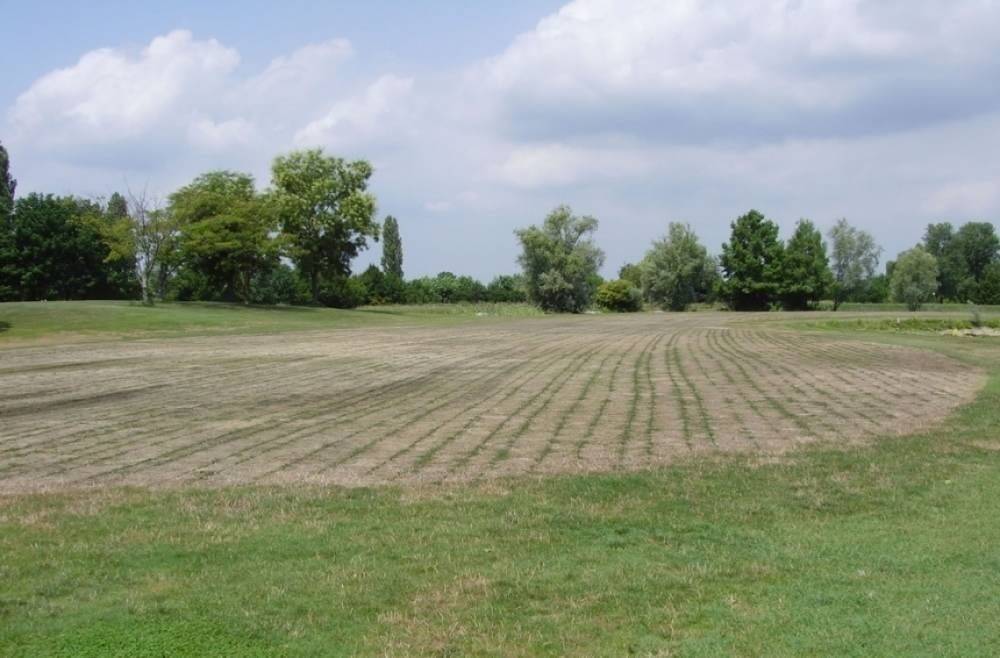 8 luglio 2011
|
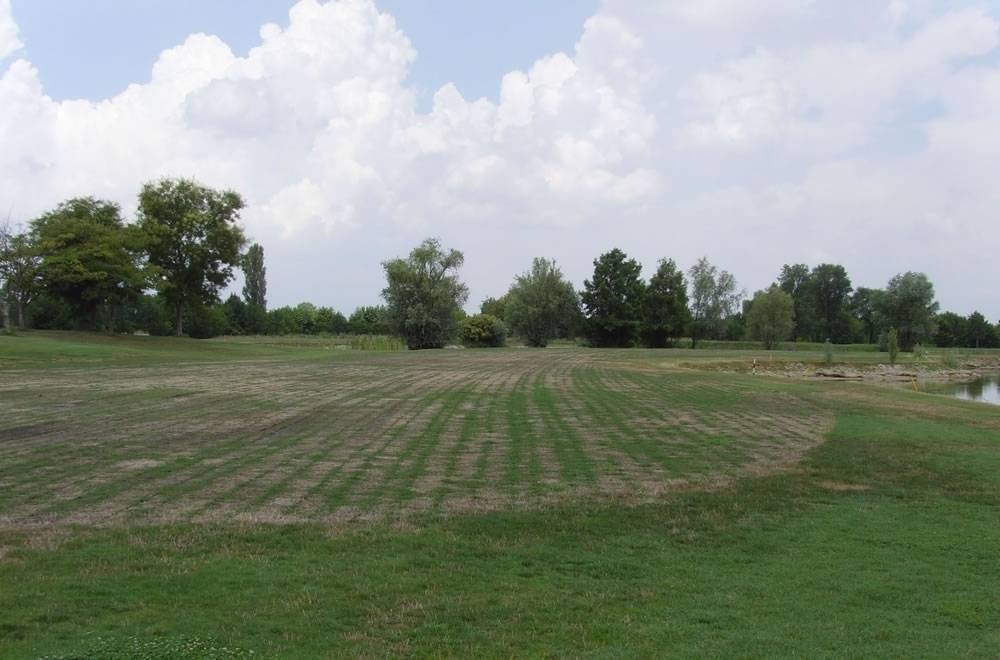 14 luglio 2011
|
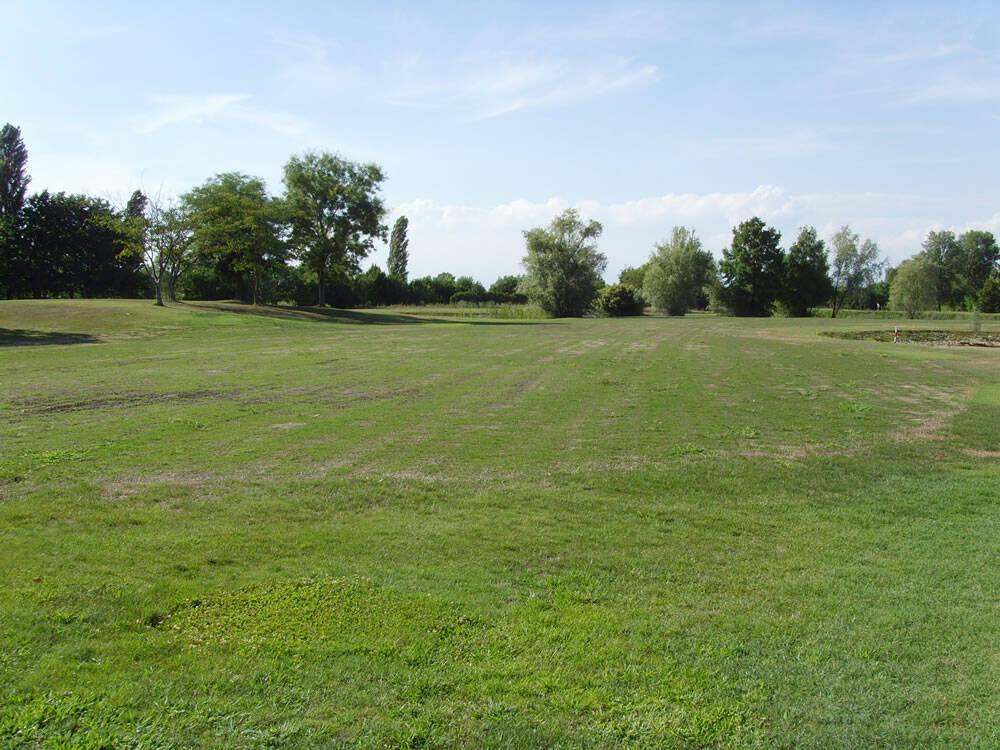 22 luglio 2011
|
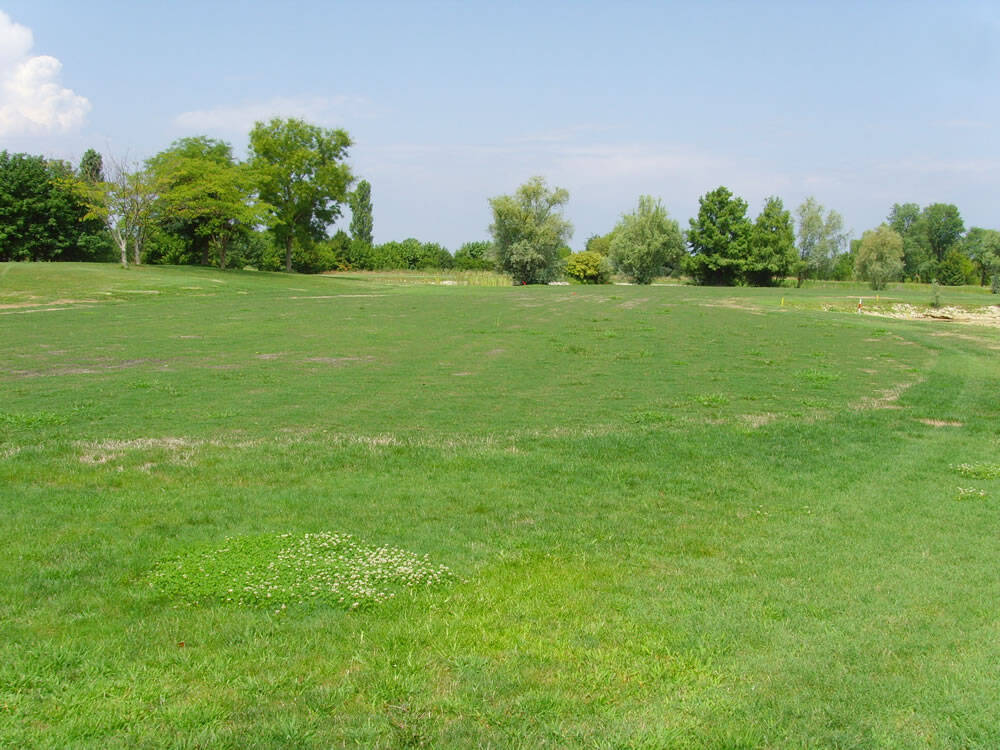 29 luglio 2011
|
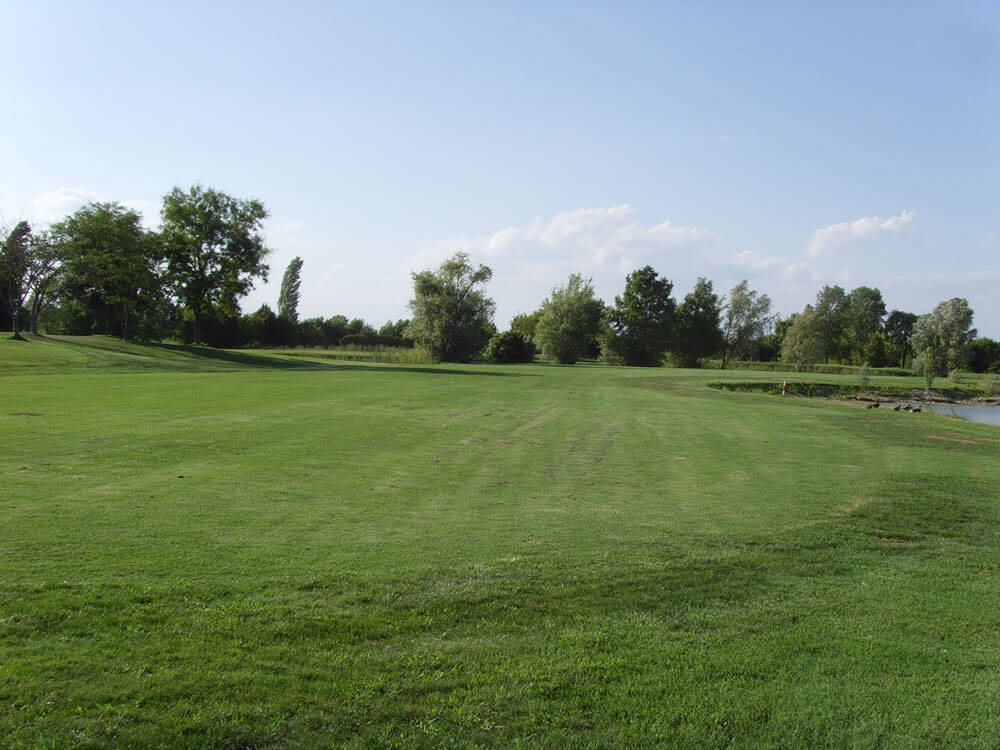 8 agosto 2011
|
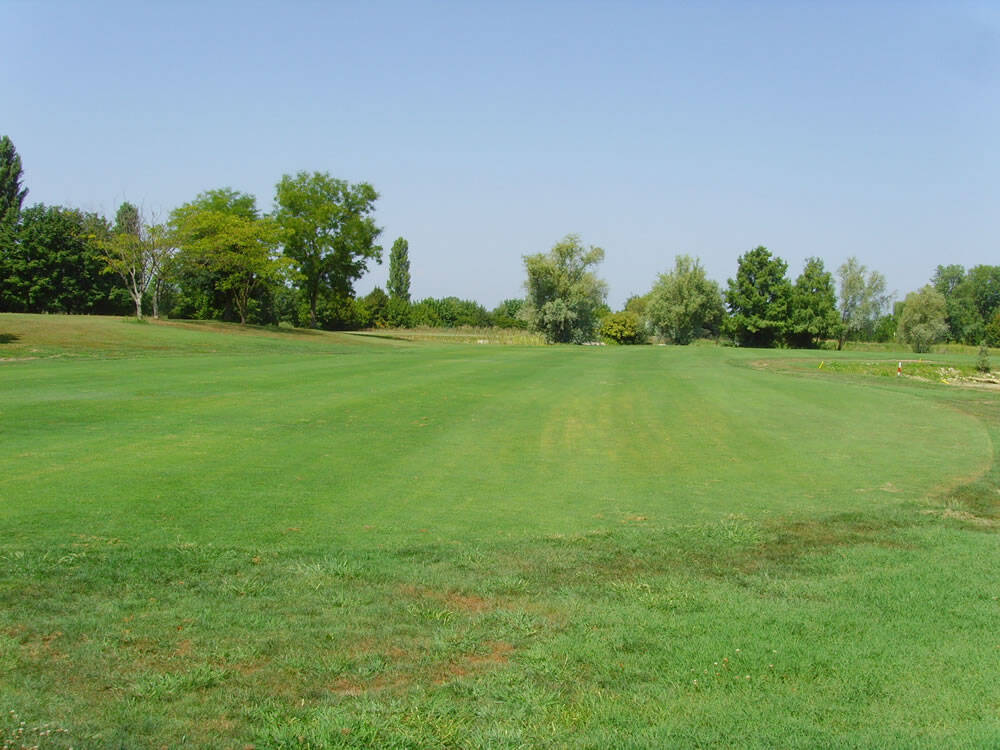 23 agosto 2011
|
|
|
Fasi di insediamento della Bermudagrass sul tee della buca 10
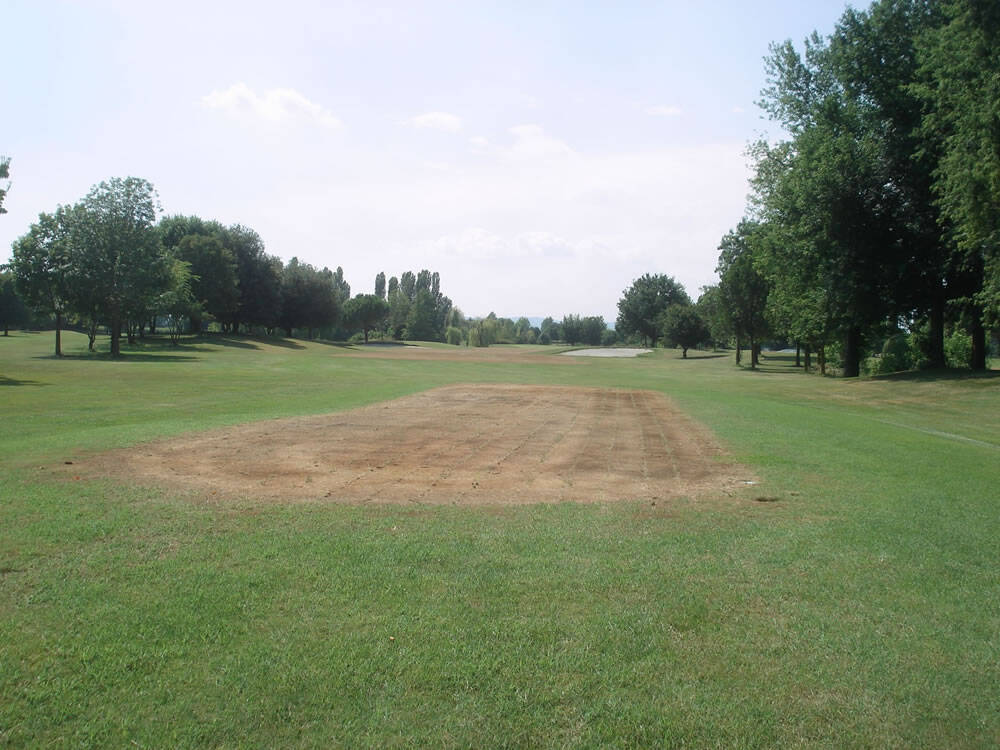 28 giugno 2011
|
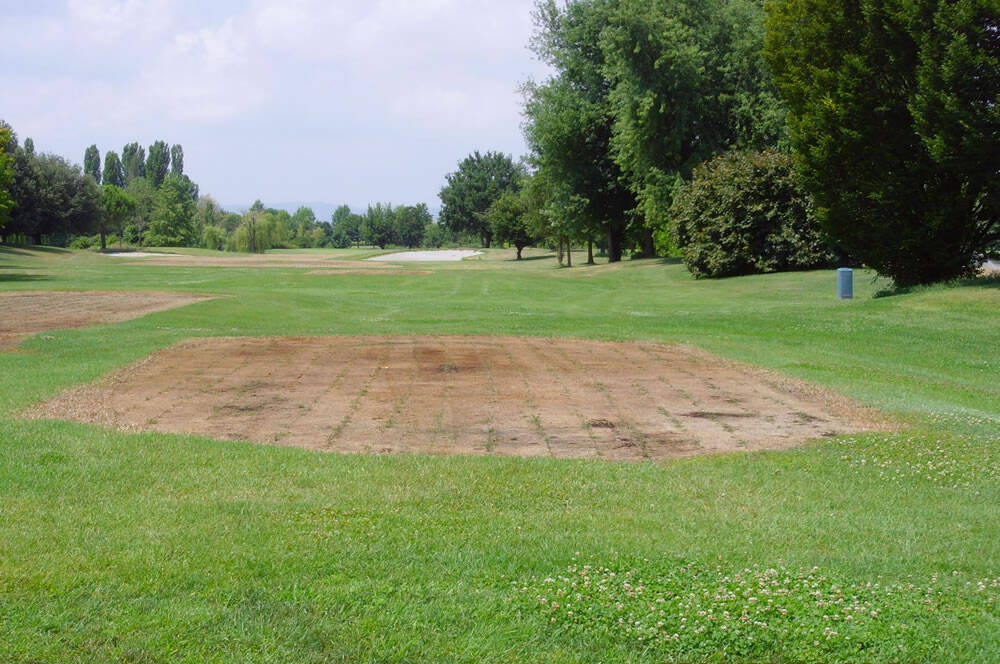 8 luglio 2011
|
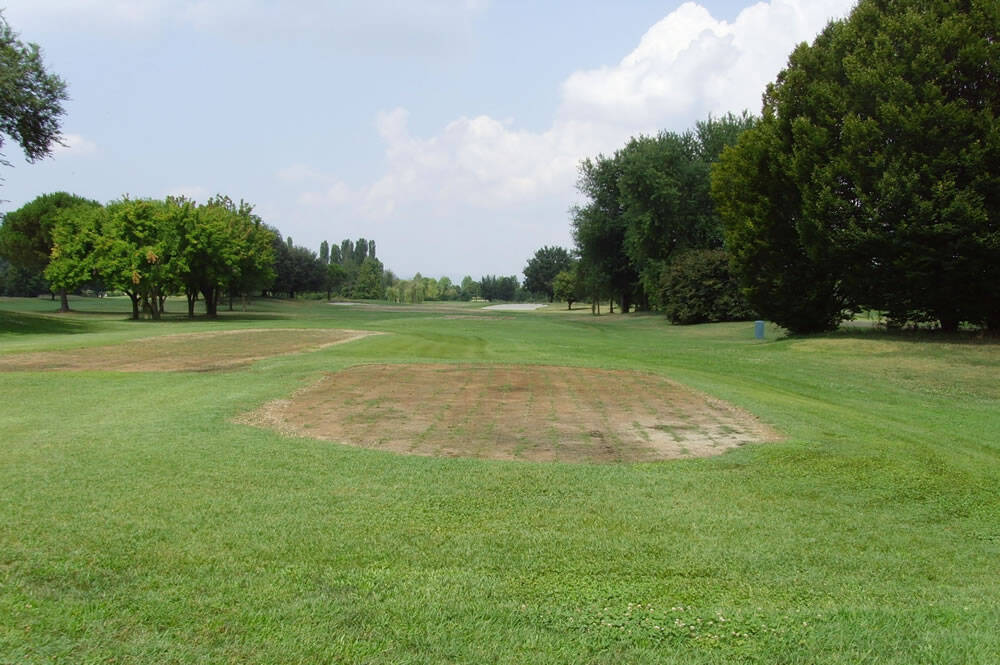 14 luglio 2011
|
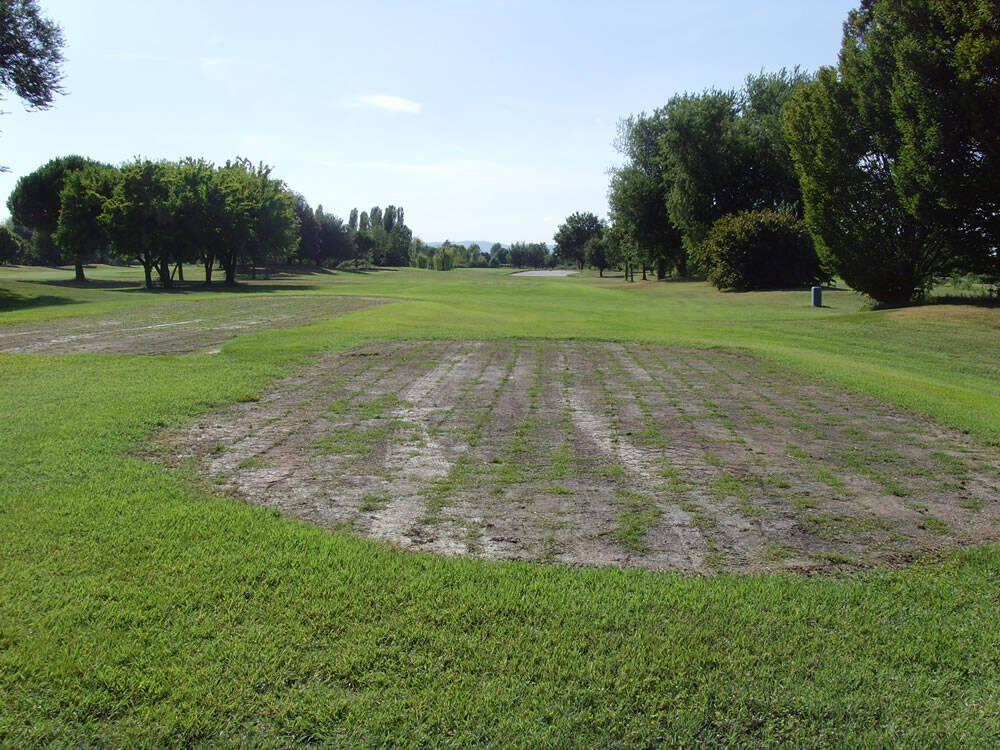 22 luglio 2011
|
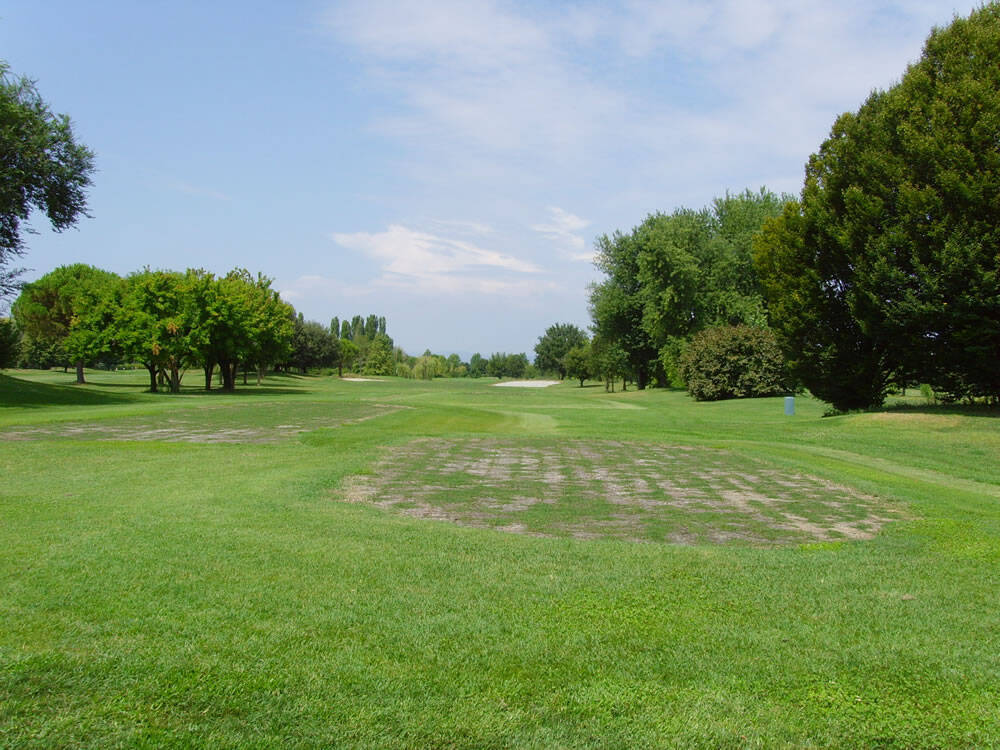 29 luglio 2011
|
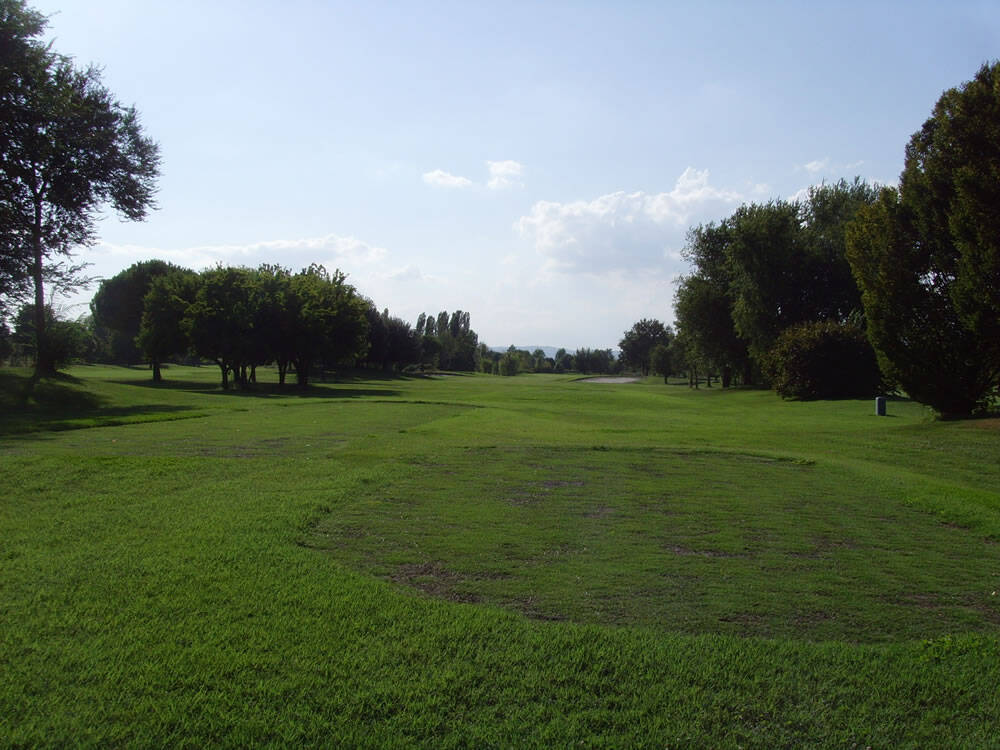 8 agosto 2011
|
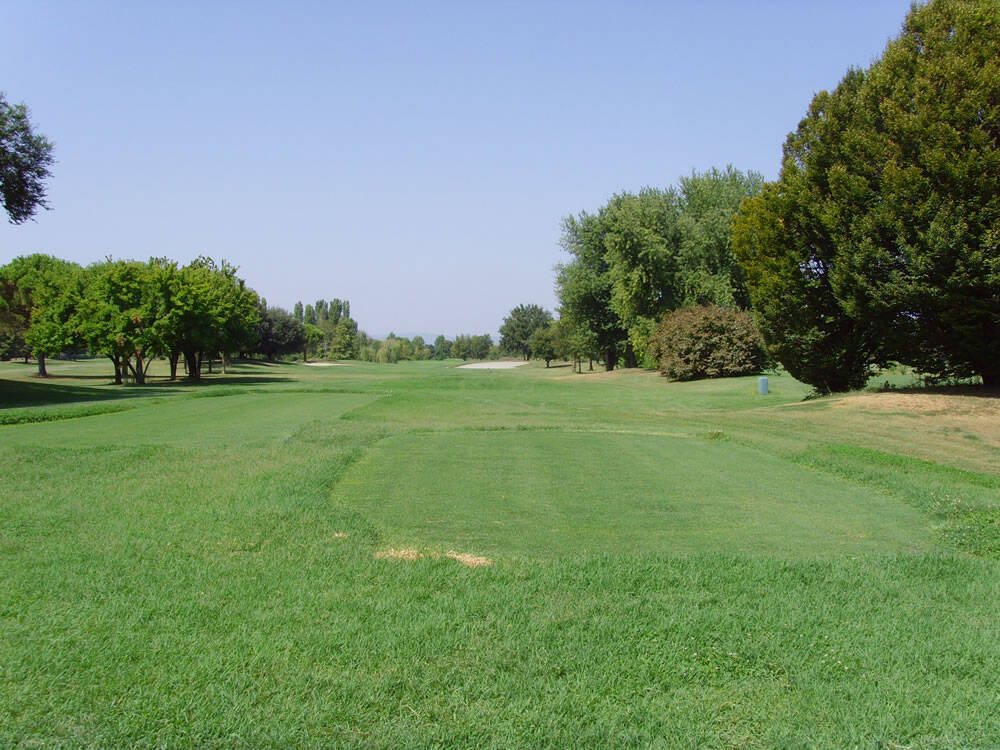 23 agosto 2011
|
|
|
|
Anno 2012 - Conversione Percorso GIALLO
- lunedì 11 giugno: inizio del lavori preparatori, con applicazione di un diserbante totale
- venerdì 14 giugno:temporanea riapertura al gioco del percorso
- lunedì 18 giugno: chiusura del percorso, esecuzione degli altri lavori di preparazione ed inizio dei lavori di impianto delle piantine di Bermudagrass
- martedì 26 giugno: fine lavori di impianto della Bermudagrass
Fasi di insediamento della Bermudagrass sul fairway della buca 2
 22 giugno 2012
|
 3 luglio 2012
|
 11 luglio 2012
|
 16 luglio 2012
|
 24 luglio 2012
|
 31 luglio 2012
|
 4 agosto 2012
|
|
|
Fasi di insediamento della Bermudagrass sul tee della buca 4
 19 giugno 2012
|
 3 luglio 2012
|
 11 luglio 2012
|
 16 luglio 2012
|
 24 luglio 2012
|
 31 luglio 2012
|
 24 agosto 2012
|
|
|
|
Fasi di insediamento della Bermudagrass sul fairway della buca 9
 22 giugno 2012
|
 3 luglio 2012
|
 11 luglio 2012
|
 16 luglio 2012
|
 24 luglio 2012
|
 31 luglio 2012
|
 4 agosto 2012
|
|
|
|
I risultati ottenuti sono stati estremamente positivi. A fronte di un tappeto erboso di grande qualità, molto denso ed uniforme, si sono evidenziati subito dei grandi vantaggi anche per l’ambiente e per la gestione. A titolo di esempio nel 2013, primo anno con tutto il percorso in bermuda, i consumi di acqua si sono ridotti di circa il 70%, l’uso di fertilizzanti di circa l’80% ed è stato possibile eliminare i fitofarmaci.
Questi sorprendenti risultati hanno attirato l’attenzione della S.T.M.A. (Sport Turf Manager Association), la maggiore associazione americana che riunisce i manager degli impianti sportivi, che ha invitato il Dott. Alessandro De Luca al loro Meeting annuale per presentare i lavori ed i risultati ottenuti con la bermuda al Golf della Montecchia. Per scaricare la presentazione ![]() cliccare qui3.56 MB
cliccare qui3.56 MB
Warm Season Turfgrass Adaptation in Europe North of the 45º Parallel
Alessandro De Luca, Italian Golf Federation
Marco Volterrani, University of Pisa, Italy
Monica Gaetani, University of Pisa, Italy
Nicola Grossi, University of Pisa, Italy
Paolo Croce, Golf Environment Europe
Massimo Mocioni, Italian Golf Federation
Filippo Lulli, University of Pisa, Italy
ABSTRACT
Italy’s climate fits almost entirely within the transition zone, in which warm season turfgrass species suffer from winter dormancy and loss of green color. Research carried out in Italy around the N 43º parallel have shown the good adaptability of Cynodon spp., Paspalum vaginatum and certain species of Zoysia. The goal of this research was to study some warm season turfgrass species and cultivars grown in Northern Italy, in order to evaluate their potential for use in golf courses of that region. The trial was carried out in 2004-2007 at the Montecchia Golf Club in Padua (45°42’N, 11°86’E). The following species and cultivars were evaluated: Cynodon dactylon (L.) cv Princess 77, Cynodon dactylon x transvaalensis cv Tifway 419, Eremochloa ophiuroides cv Tifblair, Paspalum vaginatum cv Salam, Pennisetum clandestinum cv AZ1, Zoysia japonica cv El Toro, Zoysia japonica cv Zenith, Zoysia matrella cv Zeon. Princess, Tifblair, AZ1 and Zenith cultivars were seeded, while the rest of the cultivars were established by vegetative propagation methods. Species were established on June 28 2004, following a randomized block layout with 4 replications of 6 m2 plots. During the trial the following evaluations were carried out: percent ground cover during establishment, spring green-up, fall color retention, turfgrass quality, leaf blade width, shoot density, total rhizome-stolon length per unit area. The fastest-establishing species were the bermudagrasses and in particular Tifway 419. Best quality, highest shoot density and highest rhizome-stolon length per unit area were shown by Zoysia matrella cv Zeon. In conclusion, the species that showed best adaptation to trial environment were the Zoysias and the bermudagrasses, with vegetatively propagated cultivars having an edge over seeded cultivars in terms of overall results. Eremochloa ophiuroides showed good turfgrass quality.
Keywords: spring green-up, fall color retention, quality, Zoysia, Cynodon.
INTRODUCTION
In the Italian climate, with its hot and dry summers, turfgrass establishment is increasingly carried out with warm season species as opposed to the more widespread cool season species. Warm season turfgrass species can give numerous advantages over cool season species, such as lower water needs, the possibility of irrigating with salty waters and wastewater (Harivandi, 1991; Carrow and Duncan, 1988) and lower susceptibility to fungal diseases (Gullino et al., 2000). So far the widespread use of warm season turfgrass species in Italy has been limited by the scarce information available on their adaptability to the various climate conditions, and to lower winter temperatures in particular. The Italian latitudes are characterized by a transition climate in which warm season turfgrass species suffer from winter dormancy with loss of green color. A previous research carried out at the N 43º parallel (Volterrani et al., 1997) showed good adaptation by Cynodon spp., Paspalum vaginatum and by some Zoysias. In Italy most golf courses are located in the northern part of the country, with only few courses being present in the central and southern parts of the country, where some soccer fields and golf course fairways have already been constructed with the use of warm season turfgrass species.
The goal of this trial was to evaluate the adaptability of some warm season turfgrass species and cultivars to the latitudes of northern Italy.
METHODS
The trial was carried out during 2004-2007 at the Montecchia Golf Club in Padua (45°42’N, 11°86’E). The native soil was composed of 25% sand, 47% silt and 28% clay. The water infiltration rate was 45 mm h-1 and the organic matter content was 0.,89% .
The following turfgrass species and cultivars were evaluated:
Species Cultivar Establishment
Cynodon dactylon (L.) Pers. Princess 77 (Cd) seed
Cynodon dactylon x transvaalensis Burtt. Davy Tifway 419 (Cdxt) sprig
Eremochloa ophiuroides (Munro) Hack Tifblair (Eo) seed
Paspalum vaginatum Swartz Salam (Pv) sprig
Pennisetum clandestinum Hochst ex Chiov. AZ1 (Pc) seed
Zoysia japonica Steud. El Toro (ZjE) sprig
Zoysia japonica Steud. Zenith (ZjZ) seed
Zoysia matrella (L.) Merr. Zeon (Zm) sprig
Seeding rates were: 5 g m-2 for Eo and Pc, 10 g m-2 for Cd and ZjZ. For vegetatively propagated species, sprigging rate was approximately 2 l m-2 of stolons. Species were sowed or sprigged on June 28 2004, following a randomized block trial design with 4 replications in 6 m2 (2 x 3 m) plots. A 50 cm bare soil corridor was maintained between plots by regular weed control, so as to avoid any contamination between species.
Irrigation: Three daily water distributions were made during establishment for two weeks, after which irrigation frequency was gradually reduced to two distributions per week during June-August.
Mowing: first mowing was carried out on August 7 2004 with a rotary mower at 6 cm cutting height. During following mowing the cutting height was gradually reduced to 4 cm. From the first year after establishment mowing was carried out with a rotary mower at 25 mm cutting height.
Fertilization: during 2004 a total of 130 kg ha-1 of N and 65 kg ha-1 of both P2O5 and K2O were distributed in three dates: at establishment time, in August and in September. During 2005-2007 monthly fertilizations were carried out in the May-September period for a yearly total of 180 kg ha-1 of N, 28 kg ha-1 of P2O5 and 140 kg ha-1 of K2O.
No turf cultivation, or verticutting was practiced on the experimental area, in order to avoid contamination between plots.
In order to better evaluate competition with weeds, no chemical weed control was applied during trial period.
The following evaluations were carried out during the trial:
- Ground cover during establishment: weekly visual evaluations on percent turfgrass cover until full establishment.
- Spring green-up: weekly visual evaluations on percent green cover during spring green-up.
- Fall color retention: weekly visual evaluations on percent green cover during fall turfgrass transition to dormancy.
- Turfgrass quality: visual evaluations at 15 to 30 day intervals on turfgrass quality during the growing season (1 = poorest quality, 9 = highest quality).
In 2005 fall (October 16), the following parameters were measured on three 52 cm2 core samples per plot:
- Leaf blade width: the leaf blade width was measured on 20 sample fully expanded leaf blades taken from each core sample.
- Shoot density: the number of live shoots was counted on each core sample.
- Total rhizome-stolon length per unit area: the total length of rhizomes and stolons found in each core sample was measured and is expressed per area unit.
All data were subject to ANOVA and LSD for P≤ 0.05 was used to detect differences between means.
RESULTS
Establishment and adaptation
During establishment year (2004), the lowest minimum temperature was recorded in December (-3.6°C). During this month, soil temperatures never dropped below 2°C. The air and soil minimum temperatures for the coldest months of 2005-2007 are shown in Table 1.
The fastest-establishing species were the bermudagrasses, and in particular Tifway 419 that reached 100% ground cover after 50 days from sprigging. On September 20 Pc, Pv and both bermudagrass cultivars plots showed total ground cover. On the same date Eo cover was also quite high (88%), while the Zoysias appeared slower with covers ranging between 28% (cv El Toro) and 65% (cv Zeon). These three cultivars only achieved complete ground cover during the following year. However, Zoysias showed a considerably superior color retention during Fall 2004 (95%, data not shown) compared to other species exhibiting much lower values (20%). Despite reaching full ground cover at the end of the 2004 vegetative season, Paspalum vaginatum and Pennisetum clandestinum emerged significantly damaged at following Spring 2005 green-up, with the few surviving plants giving only partial green cover. Winter 2005-2006 saw the death of both species.
Throughout the entire trial period no fungal diseases occurred on any of the trial species and cultivars.
Table 1. Air and soil (10 cm depth) minimum temperatures (°C) for the coldest months of 2005-2007 .
|
Months |
Air temperatures |
Soil temperatures |
||||
|
|
2005 |
2006 |
2007 |
2005 |
2006 |
2007 |
|
January |
- 5.2 |
- 8.0 |
- 2.7 |
0.8 |
- 0.1 |
3.6 |
|
February |
- 5.0 |
- 3.8 |
- 2.6 |
0.8 |
0.6 |
4.1 |
|
March |
- 7.5 |
- 1.4 |
0.8 |
0.8 |
3.9 |
8.1 |
|
April |
0.9 |
1.9 |
7.4 |
9.0 |
9.2 |
11.9 |
|
October |
6.3 |
5.1 |
4.4 |
11.2 |
12.2 |
11.1 |
|
November |
- 1.8 |
- 0.5 |
0.8 |
3.5 |
7.4 |
4.4 |
|
December |
- 1.0 |
- 3.1 |
- |
3.2 |
2.0 |
- |
Cynodon spp.
As far as spring green-up is concerned (Table 2), Cdxt showed a far higher green cover percentage compared to seeded cultivars, while little difference was detected between cultivars in fall color retention. Both trial cultivars showed a finer leaf texture (0.9 mm) and an average shoot density (Table 3). More differences between cultivars showed in the total rhizome-stolon length per unit area and turfgrass quality, for which Princess falls regularly below sufficient levels.
Table 2. Comparative spring green-up, fall color retention among species and cultivar during the trial period.
|
Species |
Cultivar |
Percent Green Color |
|||||
|
|
|
Spring Green-Up* |
Fall Color Retention** |
||||
|
|
|
2005 |
2006 |
2007 |
2005 |
2006 |
2007 |
|
Cd |
Princess 77 |
5 |
14 |
30 |
55 |
22 |
50 |
|
Cdxt |
Tifway 419 |
66 |
56 |
46 |
57 |
32 |
50 |
|
Eo |
Tifblair |
33 |
64 |
78 |
60 |
45 |
65 |
|
Zjt |
El Toro |
63 |
53 |
73 |
91 |
55 |
93 |
|
Zjz |
Zenith |
65 |
66 |
74 |
37 |
60 |
95 |
|
Zm |
Zeon |
73 |
45 |
65 |
90 |
62 |
99 |
|
LSD 5% |
|
8 |
10 |
13 |
5 |
11 |
8 |
* Last decade of April
** First decade of November
Zoysia spp.
At Spring 2006 green-up (Table 2), vegetatively propagated Zoysias showed a lower green cover percentage, which can be ascribed to a more severe winter injury. In the last trial year all cultivars showed high fall color retention values. Concerning biometric characters and turfgrass quality of Z. japonica and Z. matrella (table 3), manilagrass showed a finer leaf texture (1 mm compared with 2.3 mm), a more than double shoot density (7.5 shoots cm-2) and a higher rhizome-stolon length per unit area (5.6 cm cm-2). Zm turfgrass quality was consistently above 8. Among the japanese zoysiagrasses, cv El Toro showed a higher rhizome-stolon length per unit area (3.7 cm cm-2) compared to cv Zenith (1.8 cm cm-2).
Table 3. Comparative turfgrass characteristics among species and cultivar during the trial period.
|
Species |
Cultivar |
Leaf Blade Width |
Shoot Density |
Rhizome-stolon Length per unit area |
Mean Visual Turfgrass Quality |
||
|
|
|
(mm) |
(n° cm–2) |
(cm cm-2) |
2005 |
2006 |
2007 |
|
Cd |
Princess 77 |
0.9 |
4.6 |
0.5 |
5.0 |
4.4 |
5.1 |
|
Cdxt |
Tifway 419 |
0.9 |
4.7 |
1.3 |
6.4 |
7.3 |
6.4 |
|
Eo |
Tifblair |
2.8 |
1.6 |
1.4 |
6.3 |
7.0 |
7.1 |
|
Zjt |
El Toro |
2.3 |
3.2 |
3.7 |
7.1 |
7.3 |
7.1 |
|
Zjz |
Zenith |
2.3 |
3.0 |
1.8 |
6.6 |
7.4 |
7.0 |
|
Zm |
Zeon |
1.0 |
7.5 |
5.6 |
8.9 |
8.5 |
8.8 |
|
LSD 5% |
|
0.2 |
1.3 |
1.2 |
0.8 |
0.6 |
0.8 |
Eremochloa ophiuroides
Except for the year following establishment, centipedegrass showed a prompt spring green-up and acceptable fall color retention. Leaf texture was above average (2.8 mm), shoot density was the lowest of the trial cultivars (1.6 shoots cm-2) and rhizome length per unit area was similar to Cdxt and ZjZ. Turfgrass quality was always acceptable.
DISCUSSION
The fastest-establishing cultivars were the bermudagrasses, and in particular Cdxt. During establishment year the species that were slower in entering dormancy were the Zoysias that only became brown approximately one month after first frost. The 2005 spring green-up saw the Zoysias gaining a one week advance over other cultivars, with seeded bermudagrass cv Princess being the slowest in greening up. This trend was confirmed in the following trial years. Highest turfgrass visual quality, shoot density and rhizome length per unit area were all recorded by Zoysia matrella cv Zeon.
The species that showed best adaptation to the trial environment were the Zoysias and the bermudagrasses, with the vegetatively propagated cultivars faring generally better than seeded ones, in accordance with the findings of Croce et. al. (2001) in other Italian sites. Winter injury suffered by vegetatively propagated Zoysias during the winter of 2006 is in accordance with the findings of Patton and Reicher (2007), although this trend was not confirmed in the following trial years. This inconsistent behavior can be explained by the peculiarity of the 2004-2007 winters, with air temperatures falling to - 8°C, but with soil temperatures not falling below 0°C and therefore not enough to highlight the differences between cultivars. Centipedegrass was particularly interesting, given its good turfgrass quality. Paspalum vaginatum and Pennisetum clandestinum demonstrated their non adaptability to the winter temperatures associated with the trial latitudes.
APPLICATION
This research has supplied vital information on the adaptability of warm season turfgrass species and cultivars to the latitudes of northern Italy, a region where most Italian golf courses are located.
Current climate changes can spur the use of some warm season turfgrass species at latitudes that have so far been considered suitable only to cool season species, with considerable environmental and economical advantages.
Trial results have shown the compatibility of Cynodon dactylon x transvaalensis cv Tifway 419, Eremochloa ophiuroides cv Tifblair, Zoysia japonica (cv El Toro e cv Zenith) and Zoysia matrella cv Zeon with the trial environment, which could lead to their future potential use in the fairways of golf clubs located around 45°N.
The Authors believe that the findings of this trial will be a useful tool for Golf Developers, Owners, Managers, Superintendents and Greenkeepers of golf clubs located around this latitude.
ACKNOWLEDGMENTS
The Authors would like to thank Mr. Paolo Casati, President of Golf Club Montecchia (Padua), for the hospitality and cooperation.
REFERENCES
Carrow, R.N. and Duncan, R.R., 1988. Salt-affected turfgrass sites. Assessment and management. Ann Arbor Press, Michigan 185 pp., ISBN 1575040913.
Croce, P., De Luca, A., Mocioni, M., Volterrani, M., Beard J.B., 2001. Warm-season turfgrass species and cultivar characterizations for a mediterranean climate. Int. Turfgrass Soc. Res. Journal, 9, 855-859.
Gullino, M.L., Mocioni, M., Zanin, G., Alma, A., 2000. La difesa dei tappeti erbosi. Ed. L’Informatore Agrario s.r.l. Verona 192pp, ISBN 8872201322.
Harivandi, M.A,. 1991. Effluent water for turfgrass irrigation. Univ. of California Coop. Ext. Leaflet 21500. Div. of Agric. Nat. Resources, Oakland, CA.
Patton, A.J. and Reicher, Z.J., 2007. Zoysiagrass species and genotypes differ in their winter injury and freeze tolerance. Crop Science, 47, 1617-1627.
Volterrani, M., Grossi, N., Pardini, G., Miele, S., Gaetani, M., Magni, S. 1997. Warm season turfgrass adaptation in Italy. Int. Turfgrass Soc. Res. Journal, 8, 1344-1354.
Respect and care for the environment are integral to the game of golf. Not only is golf played outdoors, but playing a round of 18 holes implies walking 6 km for about 4½ hours in the countryside. As a result, it is both in the world of golf’s interest and its duty to preserve and improve the natural resources at its disposal.
Golf della Montecchia has been committed to this issue for years. It was one of the first Italian golf clubs to pursue such an important program in order to establish its function as a buffer area between theEuganean Hills Regional Parkand the nearby urban areas. A brief history of the work undertaken by the club follows.
1997
The Club offered to participate in the first survey on Italian golf courses “Gli effetti ambientali delle attività ricreative sul territorio - Il caso del golf in Italia” (The Effects of Leisure Activities on the Environment: the Case of Golf in Italy, ANNEX 1) undertaken by the CNR (National Research Centre) in association with the University of Bologna and the Italian Golf Federation. This study was a milestone for research on the relationship between golf and the environment in Italy for subsequent years.
2000
Golf della Montecchia joined the “Committed to Green” European Environmental Certification Programme. The project began in 1999 with the Valderrama Declaration, an official document signed and approved by leading international golf associations (USGA, EGA, R&A) and environmental associations (The Environmental Commission for the IOC (International Olympic Committee), WWF International, the management team of the United Nations Environment Programme and the European Commission General Directorate for the Environment). Committed to Green’s main objective is to highlight the positive impact that golf can have on the environment and the community, especially when the environment sustainability guidelines are followed. Golf della Montecchia formulated its management policy based on this commitment to safeguard the environment. Initial actions taken by Montecchia:
- Computer programming of the irrigation system to save water (with more uniform water distribution) and energy (increased pump station efficiency), in addition to reducing the use of chemical products (through a healthier turf grass growing environment)
- As a member of the Energy and Environment Association, Golf della Montecchia saw an immediate reduction in energy consumption (by 10%) and electricity costs
- Installation of a timer to ensure that lighting is turned off automatically at a certain time at night
- Ongoing installation of energy-saving lighting
- Recycling of waste in the clubhouse, the maintenance facility and on the course
- Creation of a wash pad for equipment washing
- Creation of the first wild areas in the more out-of-play areas on the course with benefits for the flora and fauna
2003
Golf della Montecchia participated in the first ornithological research program to be conducted on golf courses in Italy; in particular: “Importanza dei campi da golf per la conservazione delle specie ornitiche in Italia” (The Importance of Golf Courses for the Preservation of Bird Species in Italy, ANNEX 2) presented at XII Ornithological Italian Congress and “Avian diversity on golf courses and surrounding landscapes in Italy”, (ANNEX 3) published in Landscape and Urban Planning magazine.
2004
The club began working with the University of Pisa Certes (Centre for Research on Turfgrass) and the Italian Golf Federation Green Section in order to reduce the use of water and chemical products considerably in turf management and to improve golf course quality. This partnership resulted in the creation of the first experimental warm-season turfgrasses nursery to be built at this latitude in Europe. It also helped to launch research on warm-season turfgrass species, which require less water (up to 50% less than traditional turfgrass species) and chemical use. Important scientific papers were presented at the Fifth World Scientific Congress of Golf in Phoenix, Arizona “Warm Season Turfgrass Adaptation in Europe North of the 45° Parallel” (ANNEX 4)and at the First European Turfgrass Society Conference in Pisa “Warm Season Turfgrass Adaptation in Northern Italy” (ANNEX 5).
2007
The club was awarded a Certificate of Merit by the Technical and Scientific Commission of the "Impegnati nel Verde" (Committed to Green) Programme (ANNEX 6). In addition to being its first official recognition, the certificate also acknowledged the club’s achievement of its first environmental objective, encouraging the club to continue its environmental policy:
- Expansion of wild areas, making the course more natural with an increase of plant and animal species in particular (foxes, hares, coots, herons, egrets and wild ducks)
- The increase of wild areas through the elimination of cutting and maintenance practices in out-of-play rough areas, which also reduces fuel consumption for maintenance machinery
- Upgrading of the clubhouse air conditioning system resulting in considerable water and electricity savings
- Installation of a flow meter in the pump station in order to monitor actual water consumption
2010
Based on the data obtained by the experimental test on warm-season turfgrass species, the club began a turfgrass conversion plan of fairways and tees from cool-season to warm-season turfgrass species. Work started with the establishment of Bermudagrass on the white course fairways, with plans to continue in 2011 and 2012 on the red and yellow courses.
In collaboration with the University of Rome (La Sapienza) and Società Darwin, Golf della Montecchia is participating in ornithological research on a national scale, aimed at identifying the role of golf courses in protecting species at risk of extinction.
2011
Communication on environmental issues was improved by creating a section “Golf and Environment” on the website and placing a notice board in the clubhouse on the topic.
In May, Golf della Montecchia joined GEO (Golf Environment Organisation (www.golfenvironment.org ), an international non-profit and independent organization, with a view to obtaining environmental quality certification.
The club is also applying for the “Impegnati nel Verde”(Committed to Green) Environmental Award in the water class. In September, the results of the “Specie a priorità di conservazione presenti in alcuni campi da golf italiani” (Priority protected species present in certain Italian golf clubs) research were presented at the Sixteenth Italian Ornithologist Conference. The research was started a year earlier by the University of Rome “La Sapienza” and the Cooperative Society “Darwin” in collaboration with 15 golf clubs, including Golf della Montecchia (ANNEX 7).
The conversion of fairways and tees to Bermudagrass is being continued on the nine holes of the red course.
2012
The introduction of Bermudagrass on fairways and tees helped to dramatically reduce water, fertilizer and pesticide use. For this achievement, Golf della Montecchia was granted the "Impegnati nel Verde" Environmental Award in the water class (ANNEX 8).
For the same reason, the R&A (Royal and Ancient of St. Andrews) included Golf della Montecchia in its “Case Studies” highlighted at www.randa.org (ANNEX 9).
On 5th June, on the occasion of World Environment Day celebrations, Montecchia was selected by the Italian Golf Federation for its exceptional environmental commitment (ANNEX 10).
During the same year, Golf della Montecchia started three new studies in collaboration with various research institutes:
- Establishment and winter management of Miniverde Bermudagrass for putting greens in Italy, conducted with Certes of University of Pisa (ANNEX 11)
- Study of the management and evolution of wild areas in a golf course, developed with the University of Padua (ANNEX 12)
- In collaboration with the University of Bologna, development of an innovative tree management system for golf courses (ANNEX 13)
As part of the retrofitting work on the maintenance facility, the asbestos roof was removed and replaced with photovoltaic panels.
The club’s environmental management policy was further implemented through “Green purchases”: partial replacement of maintenance equipment with low-consumption machines, replacement of the fleet of electric golf carts with ones equipped with the most energy-efficient batteries, purchase of new golf course furniture made from recycled materials, and creation of golf cart paths using inert materials.
2013
In April, after years of commitment to the environment, Golf della Montecchia was granted the “GEO Certified ecolabel” (ANNEX 14 & 15),the symbol of great golf environments around the world.
2014
In January, Golf della Montecchia was invited to the 25th Conference and Exhibition of STMA (Sport Turf Managers of America) to present the process that led to it implementing its program of conversion of tees and fairways from cool-season grasses to Bermudagrass. Much attention was given to the benefits of Bermudagrass, not only for aesthetic and playing quality, but also for the environment. Indeed, water consumption has been reduced by 70%, fertilizer use by 80% and pesticide use totally eliminated (ANNEX 16).
At the Fourth European Turfgrass Society Conference held in July in Osnabrueck (Germany), Golf della Montecchia presented two scientific papers in collaboration with the University of Pisa and the University of Bologna: “Establishment and winter management of Miniverde Bermudagrass for putting green in Italy” (ANNEX 17) and “Transition from cool-season to warm-season grass: environmental effects in a golf course in the North of Italy” (ANNEX 18).
In the same month, on the occasion of a national amateur golf tournament, Golf della Montecchia joined the Lyoness Greenfinity Foundation (GFF), a non-profit organisation actively involved in environment protection. The purpose was to calculate the footprint of the event and to identify a reforestation project to compensate the CO2 emission, in collaboration with Graz University.
In October, Golf della Montecchia started a new study in collaboration with the University of Turin on the biological control of the fungal pathogen Ophiosphorella spp (Spring Dead Spot).
Also in October, the club received a new international award. On the occasion of the IGTM 2014 (International Golf Travel Market), Golf della Montecchia was nominated for the IAGTO Sustainability Award, recognition reserved for the very best golfing destinations standing out for their environmental commitment, ranking second among over 120 candidate courses.
2015
Beginning 1st January, Golf della Montecchia has made the nine holes of the yellow course available for the first “case study” of the innovative “BIOGOLF” project. This project is supported by the Istituto per il Credito Sportivo (Sport Credit Institute), the Italian Golf Federation and major Italian environmental organizations: Legambiente, Federparchi and Univerde Foundation. The project involves maintaining the golf course without the use of chemicals.
In March, the club participated in the presentation of the hybrid Volkswagen Golf in collaboration with Slovenian car magazine “Plugin Magazine” (ANNEX 19).
The pumping station was completely modernized the same month. Thanks to the frequency modulators on all pumps, the new system improved not only water distribution, but also generated energy savings of about 60% in the first year.
In May, Golf della Montecchia purchased two new machines for mowing the rough, which reduces mowing times and keeps fuel consumption down.
In the same month, seven artificial nests were installed for swallows, an endangered species.
At the IGTM 2015 (International Golf Travel Market), Golf della Montecchia was nominated for the IAGTO Sustainability Award for the second time, recognition reserved for the top golfing destinations standing out for their environmental commitment.
December saw the conclusion of the club’s participation in the European “WATERGOLF” research project, identifying soil moisture monitoring systems to optimize irrigation. A weather station and soil temperature sensors were installed under this project (ANNEX 20).
At the end of the year, an agreement was signed with Radar Meteo and Earth Networks to install a lightning detection antenna with the new “cloud to cloud” system.
The club’s calendar for 2016 was dedicated to the fauna present in the course for promotional purposes (ANNEX 21).
2016
Golf della Montecchia’s commitment was rewarded with the renewal of G.E.O environmental certification on 13th May at the “Montecchia Challenge Open by Lyonness” in the presence of Federal Vice-president Antonio Bozzi and GEO Director Kelli Jerome (ANNEX 22).
The results of the study conducted in collaboration with the Italian Golf Federation and the University of Padua and entitled “Golf course management strategies for improving biodiversity in naturalized roughs” were presented at the Fifth European Turfgrass Society Conference (ANNEX 23).
The “Biogolf” project continues and has received scientific support from the Universities of Bologna, Pisa and Padua. Five studies have been launched:
- Analysis of the conversion of greens from Agrostis stolonifera to ultradwarf Bermudagrass Cynodon dactylon x tranvaalensis cv. Miniverde
- Technical-economic and environmental comparison between traditional and biological maintenance
- Effects of the fungal pathogen Ophiosphorella spp on Bermudagrass root systems
- Bunker edging maintenance without the use of chemicals
- Path maintenance without the use of chemicals
On 13th June, work began on converting the turfgrass of the greens on the yellow course from Agrostis stolonifera to ultradwarf Bermudagrass Cynodon dactylon x tranvaalensis cv. Miniverde. The greens were reopened for play on 18th August.
2017
Within the "BIOGOLF" case study, the University of Bologna launches two new researches:
- Technical-economic comparison between traditional maintenance and organic maintenance of a golf course
- Planting of trees and bushes to support the Cynodon dactylon x tranvaalensis cv Miniverde turfgrass
An harrow is tested to keep large-leaf infesting grasses under control, as such tool limits their growth mechanically. To the aim of achieving an optimal management of the bunkers, a new material is employed to stabilize the bed while turfs of Zoysia matrella are planted along the edges. An acidifier is installed to reduce the soil PH and the water consumption and to limit fungal pathogens.
In September, Golf della Montecchia organizes the seminar titled "Organic management of a golf course: the BIOGOLF case study".
2018
To emphasize the importance of our efforts to achieve sustainable turfgrass management here at the Montecchia as well as to encourage the collaboration of all of the members of our golf club, we recently changed the name of one of our golf courses. Our “Yellow Course” is now called “Green Course”.
The “Biogolf Case Study”, which is the first attempt to use entirely sustainable, ecological systems to manage turfgrass, is an ongoing project that was originally launched in January 2015. The project is being carried out in collaboration with the Universities of Bologna, Pisa, Padova and Torino.
Just a few of the researchers, professors, specialists and experts who visited Golf della Montecchia over the past year to see how the transitioning is progressing were:
• Steve Isaac, the Director of Sustainability of the R&A
• Jonathan Smith, the Executive Director of the GEO Foundation for Sustainability
• Enzo Moretto, the Director of Esapolis, the Insect Museum of Padova
• Students of the University of Padova accompanied by Prof. Macolino
• Students of the University of Bologna accompanied by Prof. Minelli
• Students and researchers from Penn State University accompanied by Prof. Peter Landshut
• Jorge Croda, the Turfnet Superintendent of the Year 2017
• Superintendents and Greenkeepers from many Italian golf courses
The study is presently examining:
• The adaptablity of bermuda grass in the context of a Northern Italian climate;
• How to reduce winter damage to bermuda grass by using plant barriers;
• How to optimize the management of bunkers using Zoysia spp. and with the installation of a specific draining porous bonded layer system;
• How to use alternative methods for weed control on the paths;
• How to increase biodiversity in rough areas using Rhinantus alectolorophus (Cockscomb);
• Mechanical methods to selectively control broadleaf weeds;
• Weather data collection methods;
• Experts from Esapolis, Padova’s insect museum, are presently compiling and updating datasets of plant and animal species to facilitate the study of pollinating insects
The “Golf Frassanelle,” the “Terme di Galzignano” and the “Golf della Montecchia”, the three golf courses making up the PlayGolf54 group, have been registered in the “European Charter of Sustainable Tourism” network, an initiative of Federparchi and the Euganean Hills Regional Park and supported by Europarc, a professional network of European protected areas.
Working in partnership with all of its members, the Charter aims to improve the management of protected areas for sustainable tourism
During the 2017 edition of the Venice Open, the Golf della Montecchia and the US Kids Foundation collaborated with the Golf Environment Organisation (G.E.O.) to create the means to certify that a tournament has met the criteria set for an environmentally responsible event.
A year later and thanks to that experience, the 2018 edition of the Venice Open attained the GEO Tournament Certification for its environmental responsibility. It was the first Italian tournament and the first tournament for junior participants in the world to receive the certification
Some of the factors considered important for attaining the certification included:
• The three golf course (Montecchia, Frassanelle e Galzignano) are managed in an environmentally responsible way;
• For the most part, seasonal food products produced by local, biological food companies were utilized;
• Collective transportation was organized whenever possible to reduce CO2 emission;
• Waste and garbage were managed in a responsible way;
• Banners and other materials from precedent editions were reutilized whenever possible;
• There was a fund raising event for a charitable cause;
• The local community was involved in a variety of ways;
• The importance of environmental sustainability was conveyed to the players, to their families, to the public at large, and to the businesses who were involved in setting up the event.
As the human-animal bond is mutually beneficial and increasingly recognized by the scientific community as having a therapeutic effect, we have launched the “Pet Friendly” operation.
The Green Course is equipped with water basins for members who want to spend some quality time with their dog friends while they are playing golf.
2019
• Continuation of the “Biogolf Case Study” project, with the researches below:
- adaptability of ultradwarf bermudagrass to the Northern Italian’s weather (Pisa University).
- cold damage containment for the ultradwarf bermudagrass through the employment of shrub hedges (Bologna University)
- optimization of bunker maintenance using Zoysia matrella in the perimeter and a draining porous bonded layer (Turin University)
- alternative methods to control of weeds onto the car path (Padova University)
- increase of biodiversity in the rough through the employment of Rhinantus alectolorophus (Padova University and Mendell University, Brno)
• Prosecution of the collaboration with Esapolis museum for the project “Operation pollinator” and realization of the 2020 calendar dedicated to insects.
• “Insect house” built on the Green Course.
• Prosecution of the study on the arboreal heritage with Bologna University.
• Started the production of the local “Millebuche” honey.
• Organized and welcomed the ETS’s (European Turfgrass Society) Filed Day in collaboration with Padova University.
• Organized and welcomed the EGA’s (European Golf Association) Sustainability Group meeting.
• Hosted and organized the USKids Venice Open, a golf event dedicated to Under 18s according to standards of eco-compatibility and in the spirit of environmental sustainability. Actions:
- production and sale of the honey in order to support the initiative “Operation pollinator”
- specific questionnaire for children and family members
- “Open Water” operation, with the delivery of reusable water bottles and the setup of water dispensers all over the golf course
- waste management, with collection of plastic caps for charity purposes
- "Healthy meal" operation, to build personalized menus with preference for local, seasonal and organic food
- organization of shared transports, in order to contain CO2 emissions
- management of the involved courses (Montecchia, Frassanelle e Galzignano) in the spirit of environmental sustainability
- reuse of banners and other equipment, utilized in the previous edition
- fundraising for charitable purposes
- involvement of the local community
- communication and sharing of the environmental sustainability message with young players and their families, visitors and technical partners
• Purchased the “Airject", a machine with innovative technology for soil cultivation.
• Installed in the golf course an explanatory panel on a sectioned tree.
• Installed other posters on the researches included in the “Biogolf Case Study”.
• Installed in the club house an informative monitor about the photovoltaic plant.
• Installed 2 charge stations for electric cars.
• Replaced the old heating power station with new generation condensing boiler.
• Achieved for the third time the three-year renewal of the GEO Certification.
2020
|
The most recent acquisition of the Albarella Golf Links management, has been awarded by the prestigious Impegnati nel Verde environmental recognition in the “Biodiversity” category in light of its activities to promote biodivertisity (the creation of 1.5 hectares of wild areas, nests and shelters for avifauna, efforts to protect the bee-eater birds’ nests located in the bunkers and the management’s declaration of a pet friendly environment). The 2019 edition of USKids Venice Open was GEO Tournament Certification (a comprehensive sustainability certification) |
The 2020 edition of UsKids Venice Open as well took place in accordance with sustainability criteria. Beyond what was already organized for the previous edition, other activities were implemented, these are some of them:
-
Sponsors and technical partners were selected in light of their activities involved in environmental sustainability;
-
Involvement in a charity-related organization promoting the “Protezione Civile” and Civil Protection Department and the creation of a tree found;
-
A plastic free project involving the installation of automatic water dispensers throughout the golf course, distribution of water bottles and recyclable glasses ;
-
Use of Forest Stewardship Council (FSC) certified paper.
A contract with a new 100% renewable sources electricity supplier was signed (Antenore company) at the beginning of the year.
Collaboration with the Volunteers at the Padua Hospital Association by collecting plastic caps.
A floating Island was installed to protect the nests of coots in the lake near the 9th hole.
The “Operation Pollinator” initiative is ongoing: Miele Millebuche (Thousand Holes Honey) continues to be produced and a second “insect house” has been installed.
Forty-five trees have been planted in the golf course
|
The renovation of the 27 holes of the golf course not only to improve it technically but most importantly to increase its sustainability is being planned by the European Golf Design. |
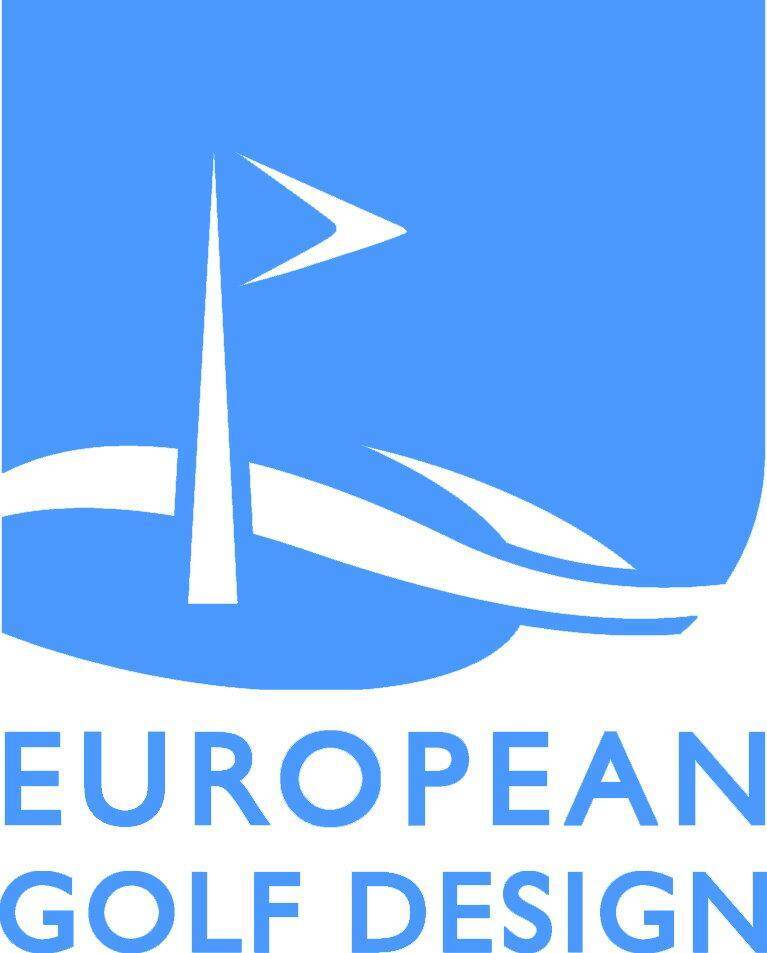 |
|
With regard to the “Biogolf Case Study” being carried out on the Green Course, leaves are now collected by a new machine that saves 60% of working hours. |
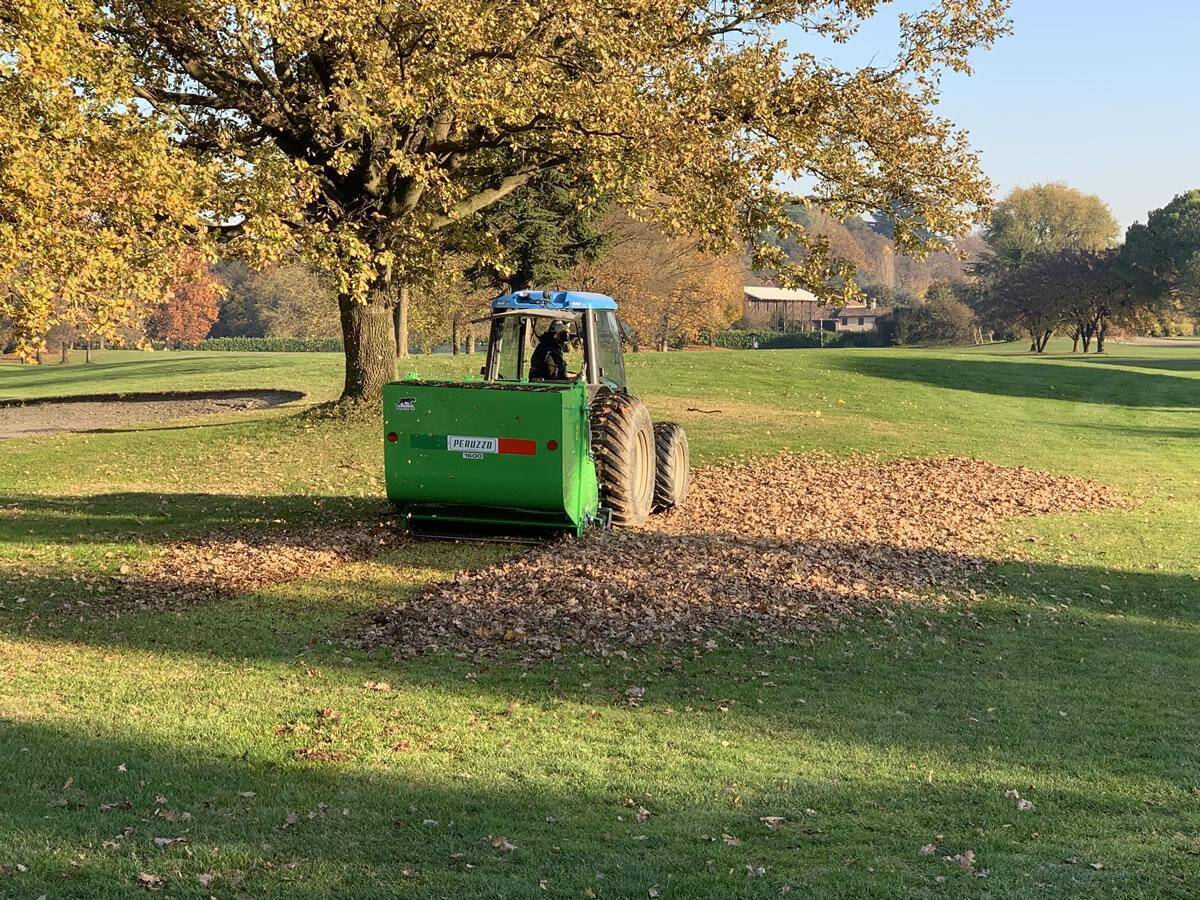 |
|
A new triplex reel mower and a new bunker rake have been purchased, which allow to reduce power usage through new generation engine. |
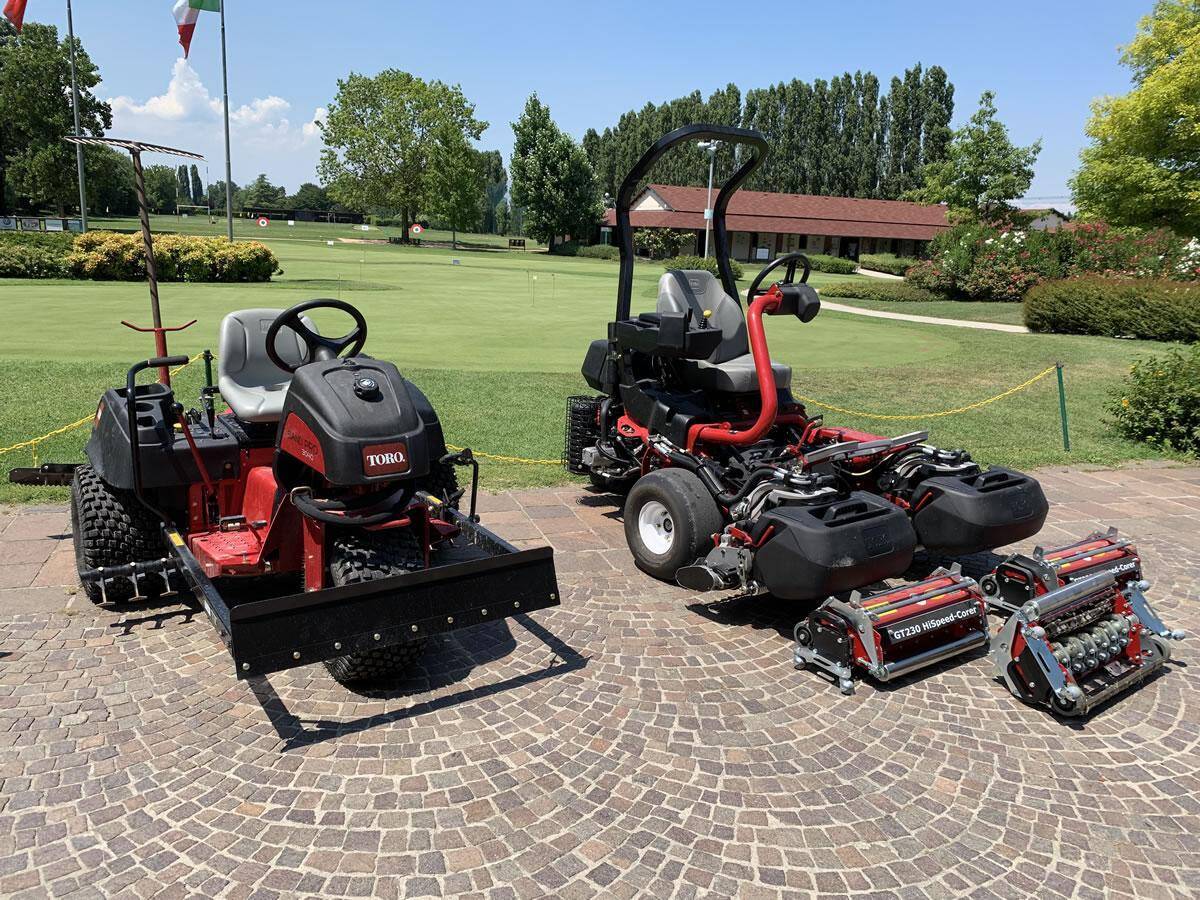 |
2021
|
On the occasion of the 30th anniversary of the birth of Golf della Montecchia, a book has been written. In addition to telling the history of the club, the book also describes how it has become part of the territory and landscape. |
|
| Achieved for the third consecutive time the GEO Tournament Certification for the USKids Venice Open 2020 junior tournament. The delivery took place during the European Master in Crans Montana (CH). |
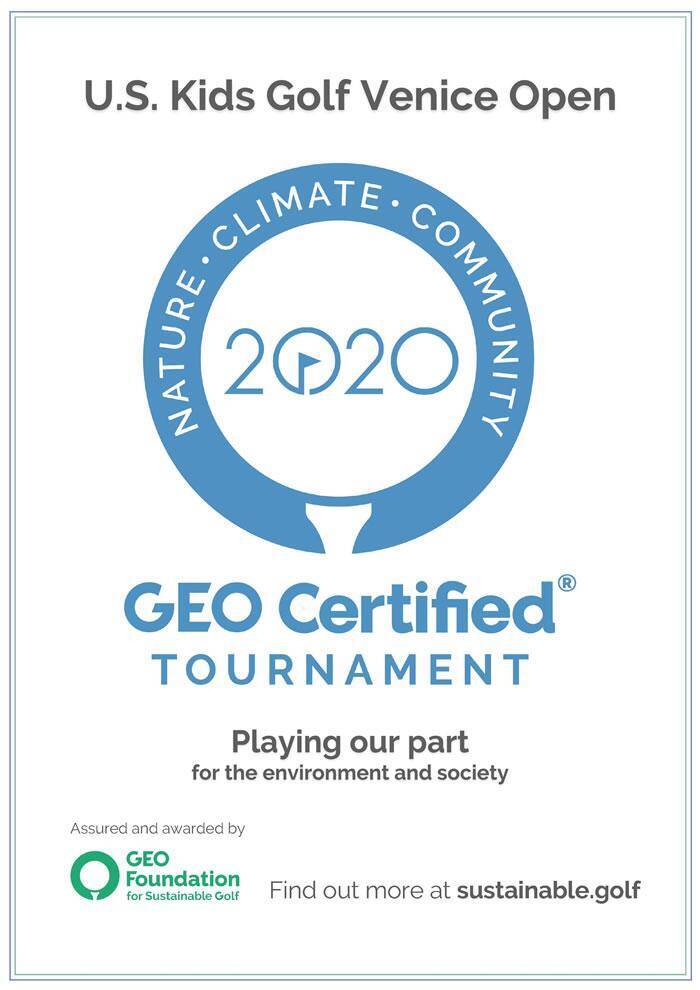 |
|
The 2021 edition of UsKids Venice Open took place in full compliance with the antiCovid19 regulations and, as the previous editions, in accordance with sustainability criteria.
|
|
| Has been launched the “3R initiative” - Reuse Recycle Reduce -, which made it possible to recover waste or disused materials to create several objects useful for the management of the club. | 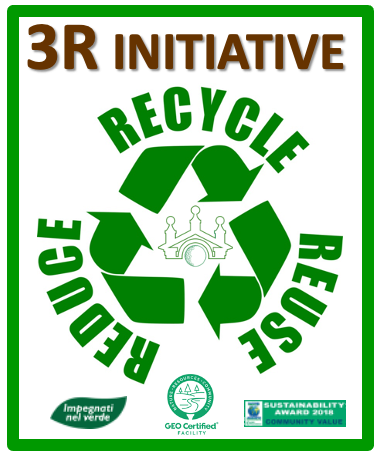 |
| Renewed the partnership with the Veneto Region and the Regional Park of the Euganean Hills project Carta Europea per il Turismo sostenibile (European Charter for Sustainable Tourism). |  |
|
Submitted the candidacy for the "Golf Environment Award" presented by S.T.R.I. (Sport Turf Research Institute) and B.I.G.G.A. (British and International Golf Greenkeepers) with the “Operation Pollinator” project. The work was selected together with six other projects from different golf clubs to compete for the final prize, which will take place in March 2022 at the BIGGA Conference Show in Harrogate (UK). The wood from the pruning of the trees of the golf course was made available to members and collaborators. The related branches were chopped and used in the flower beds as mulching material. An organic garden serving the "Montecchia Green" restaurant was created in an unused area close to the turf nursery. Various tastings of garden products are organized at Montecchia green restaurant throughout the year. |
|
|
Collaboration with local schools (visits to the course, golf lesson), with Padua and Bologna Universities (undergraduate and interns) and with Polish professional schools, which were involved in various projects (logistics, golf course improvement, collaboration with Montecchia Green restaurant, hospitality). An experimental nursery has been launched in collaboration with Bologna University for an adaptability study of three Bermudagrass cultivars. |
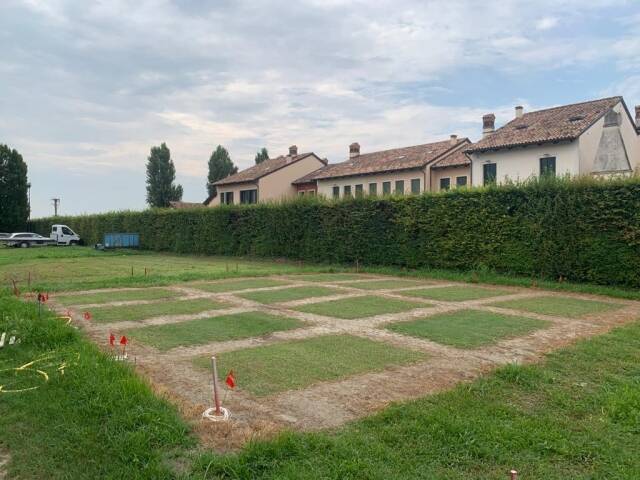 |
| Funded a local association for the protection of stray cats in the area. | 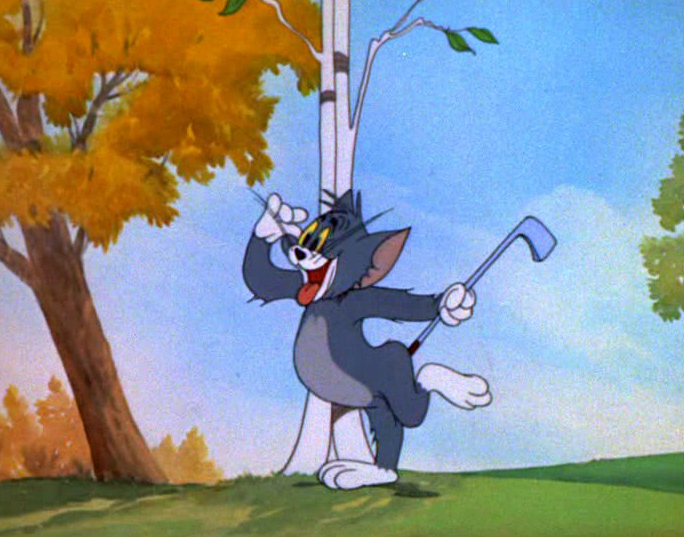 |
2022
2023
| Golf della Montecchia has been included by the prestigious magazine Today’s Golfer among the ‘100 Best Sustainable Golf Courses’ in Europe. This selection features European golf courses that stand out for their commitment to environmental support. | 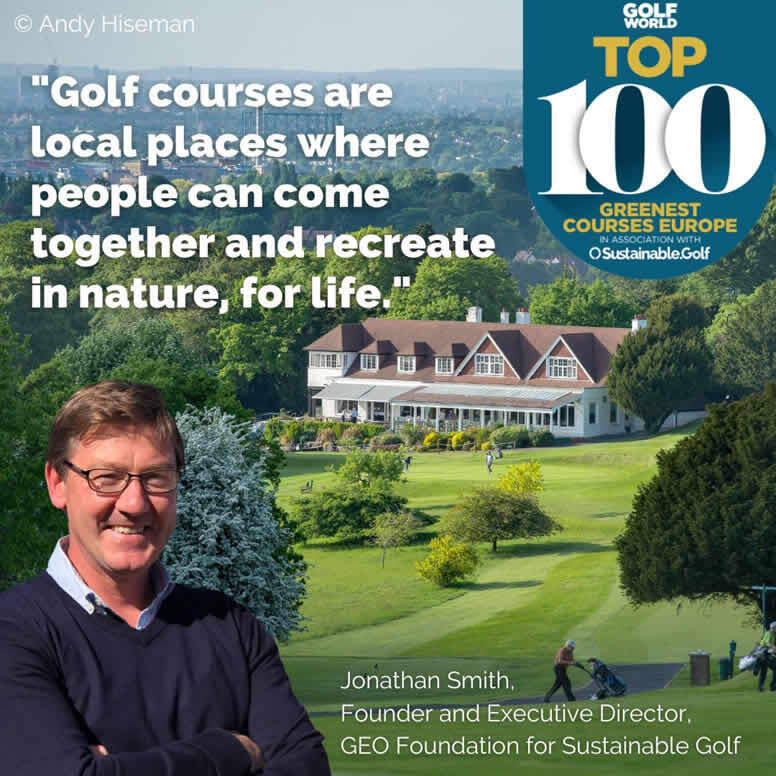 |
| For the fifth consecutive year, the GEO Tournament Environmental Certification has been confirmed for organizing the Venice Open, an international tournament reserved for under-18 players, organized in collaboration with the USKids Foundation. | 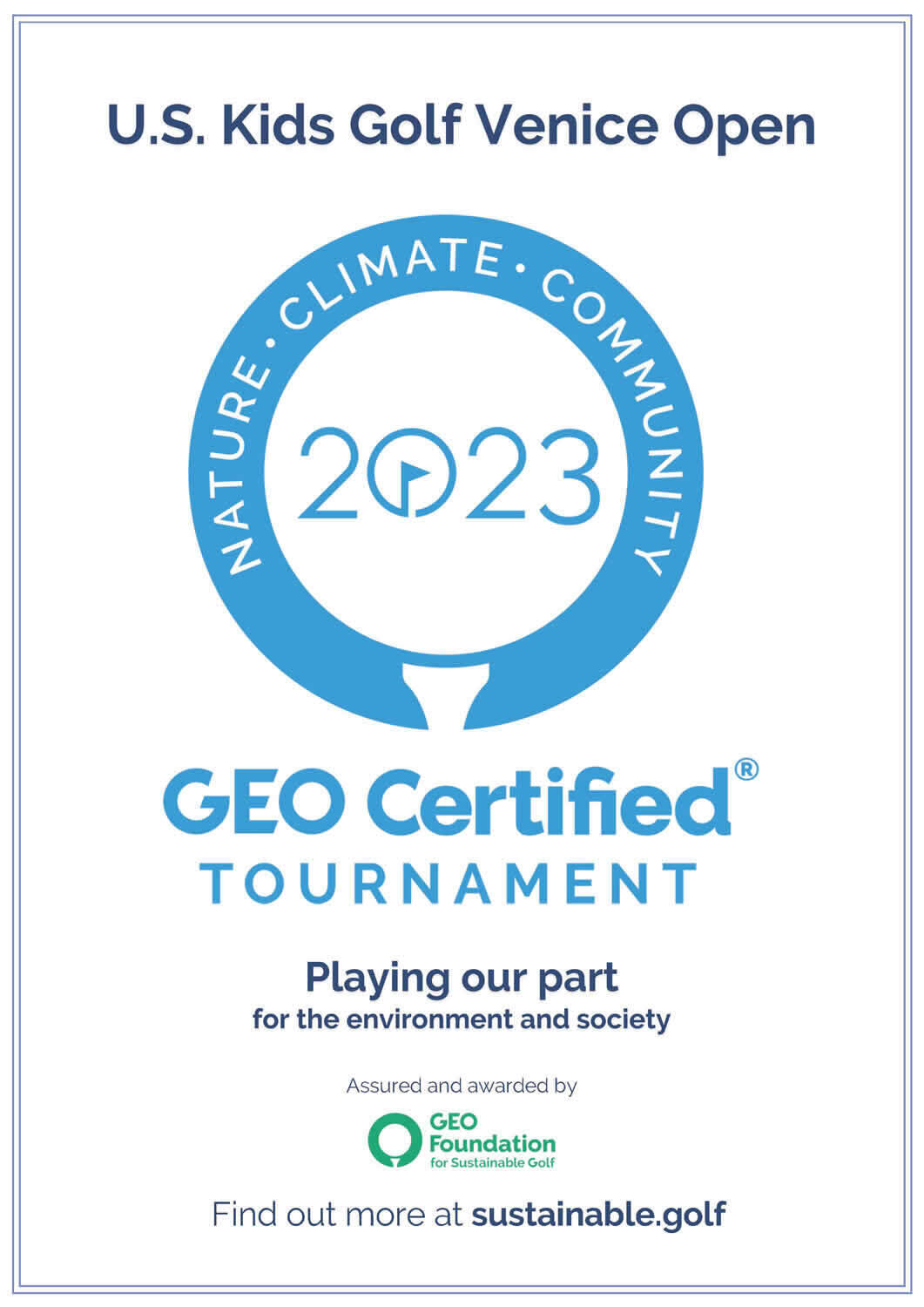 |
| Together with 11 other accommodation facilities and 10 tourism operators, Golf della Montecchia has obtained certification for Phase 2 of the CETS (European Consortium for Sustainable Tourism), which grants the title of “Partner Europarc”. This allows for the promotion of various initiatives through the channels of the organization and Federparchi. |  |
|
The collection of used cellhas been initiated. From March 1st to July 31st, 2023, 7.1 kg of used batteries were collected and delivered to the Ecocentro, resulting in the recovery of 2.2 kg of zinc, 1.8 kg of iron, and 1.8 kg of nickel, in addition to plastic, lead, and magnesium. |
 |
| At the E.T.S. (European Turfgrass Society) Conference the results of the research project ‘Autonomous and Traditional Mowing in Golf Course Maintenance: A Case Study in Italy’ were presented. The study was conducted in collaboration with the Universities of Pisa, Padua, and Bologna, as well as the Green Section of Italian Golf Federation. | 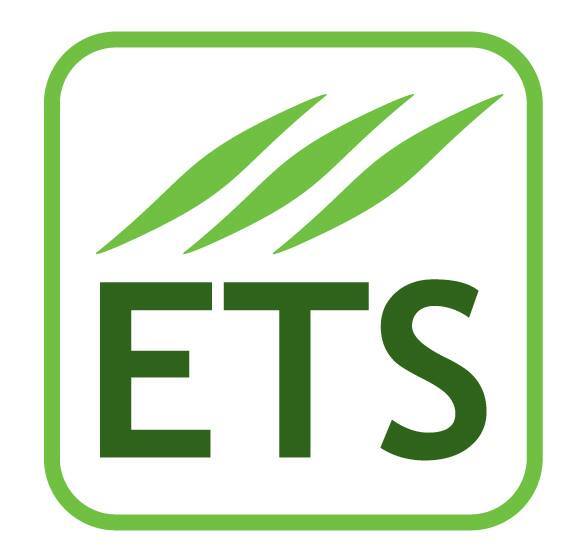 |





